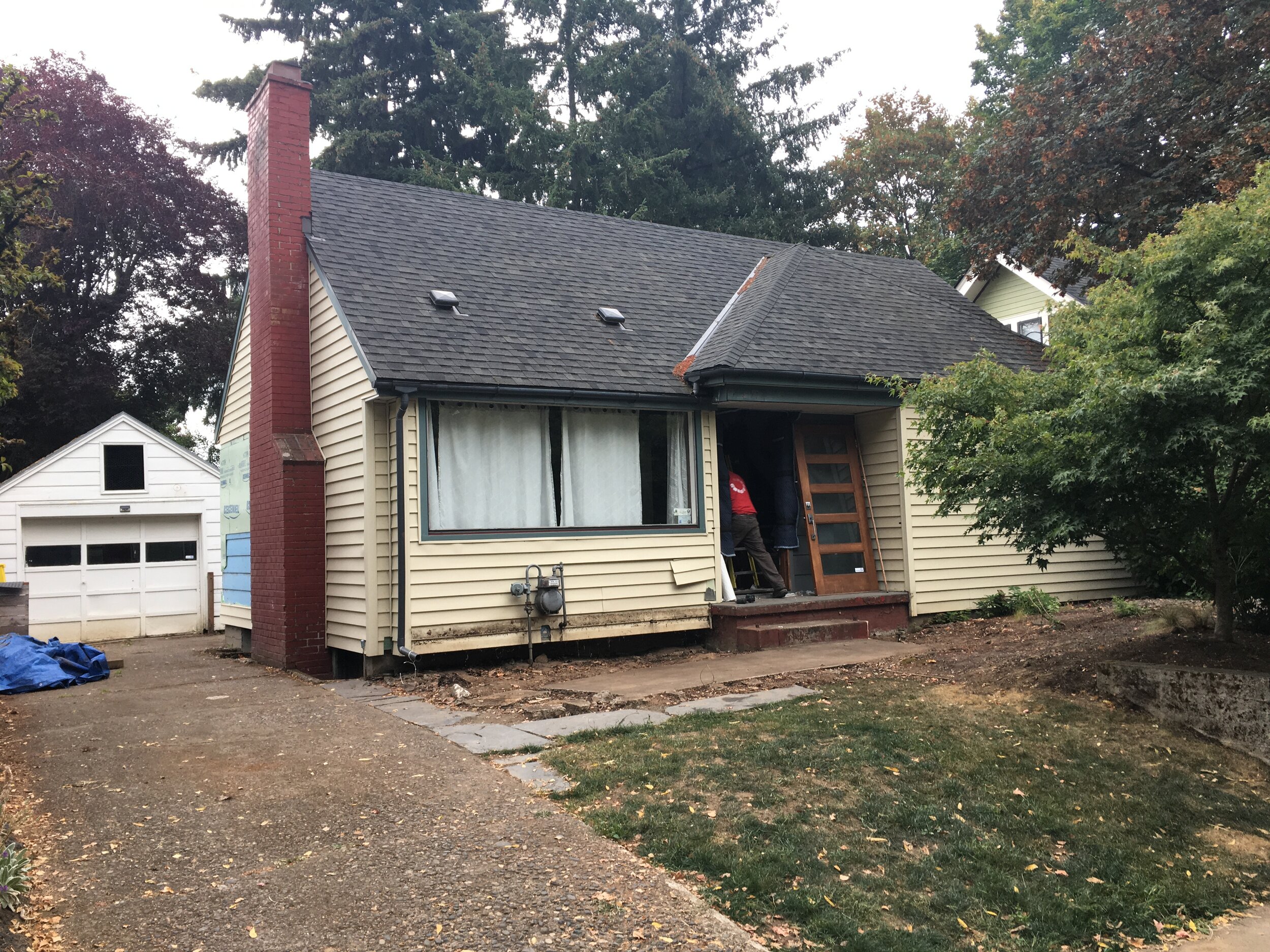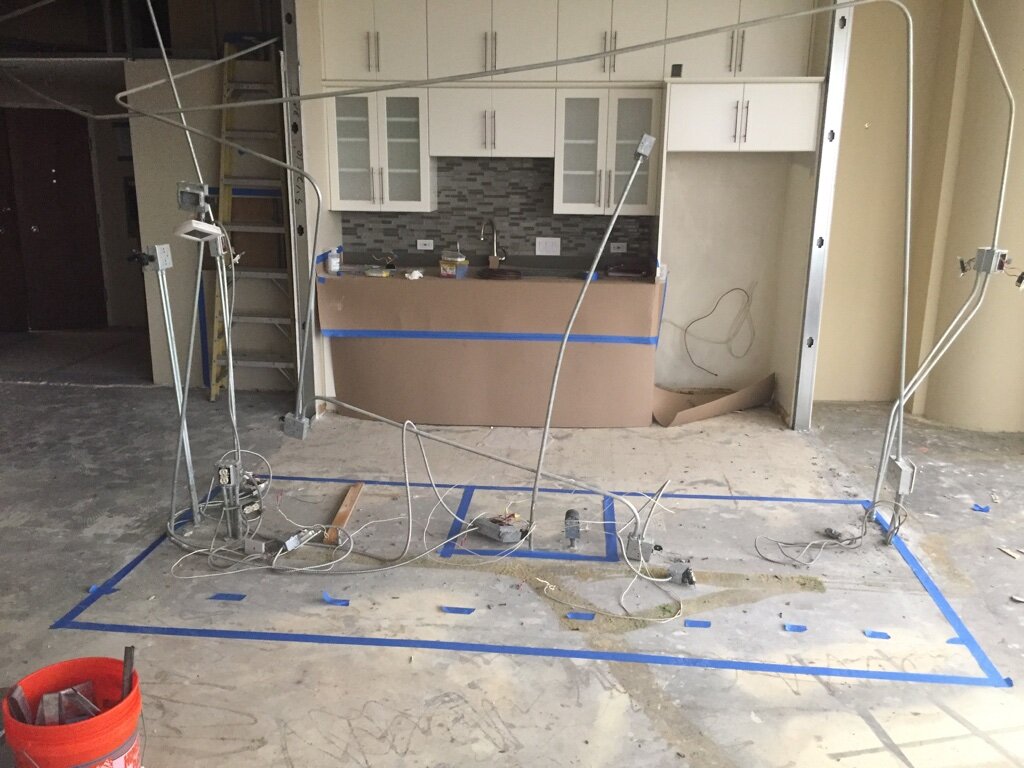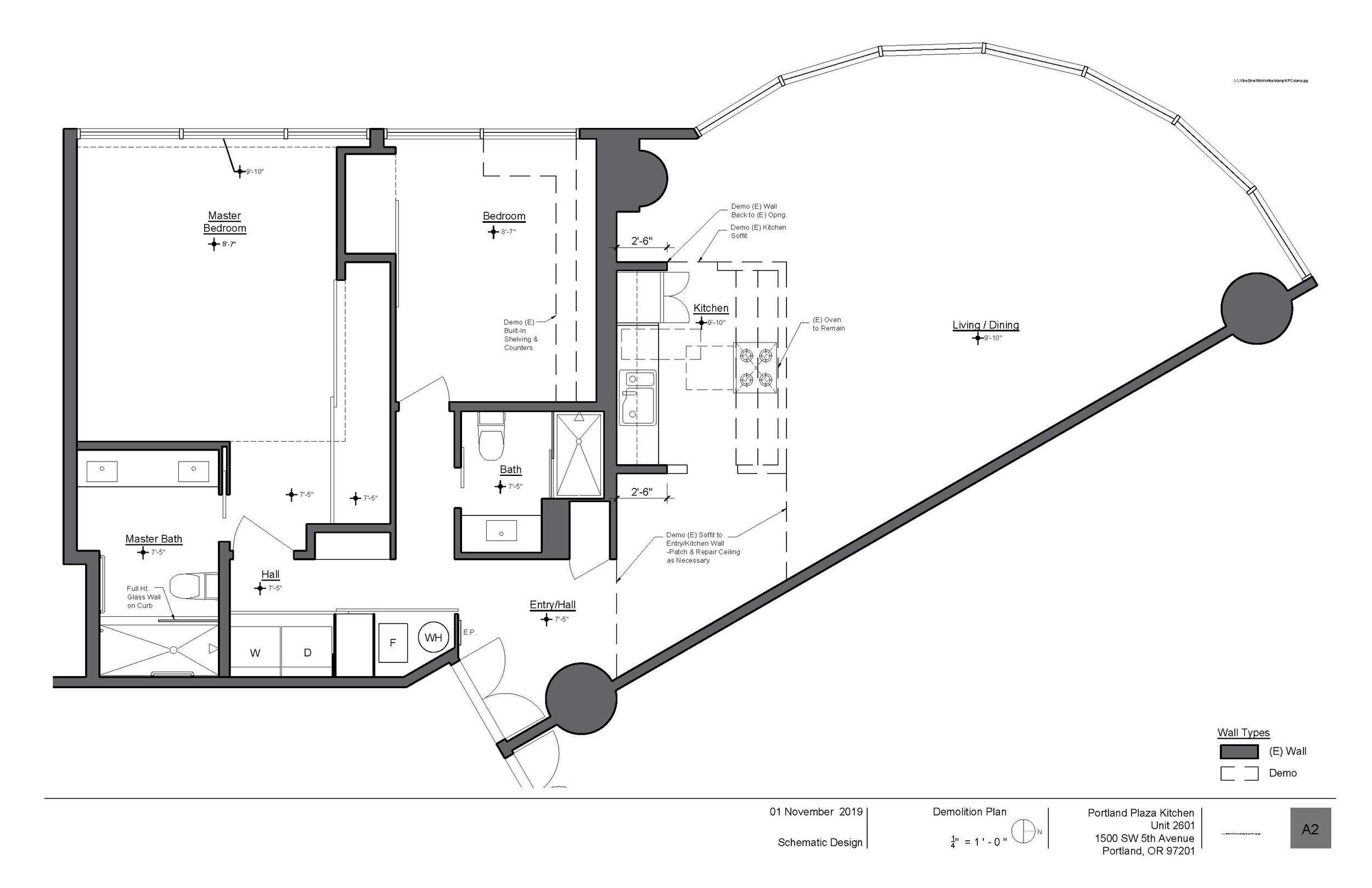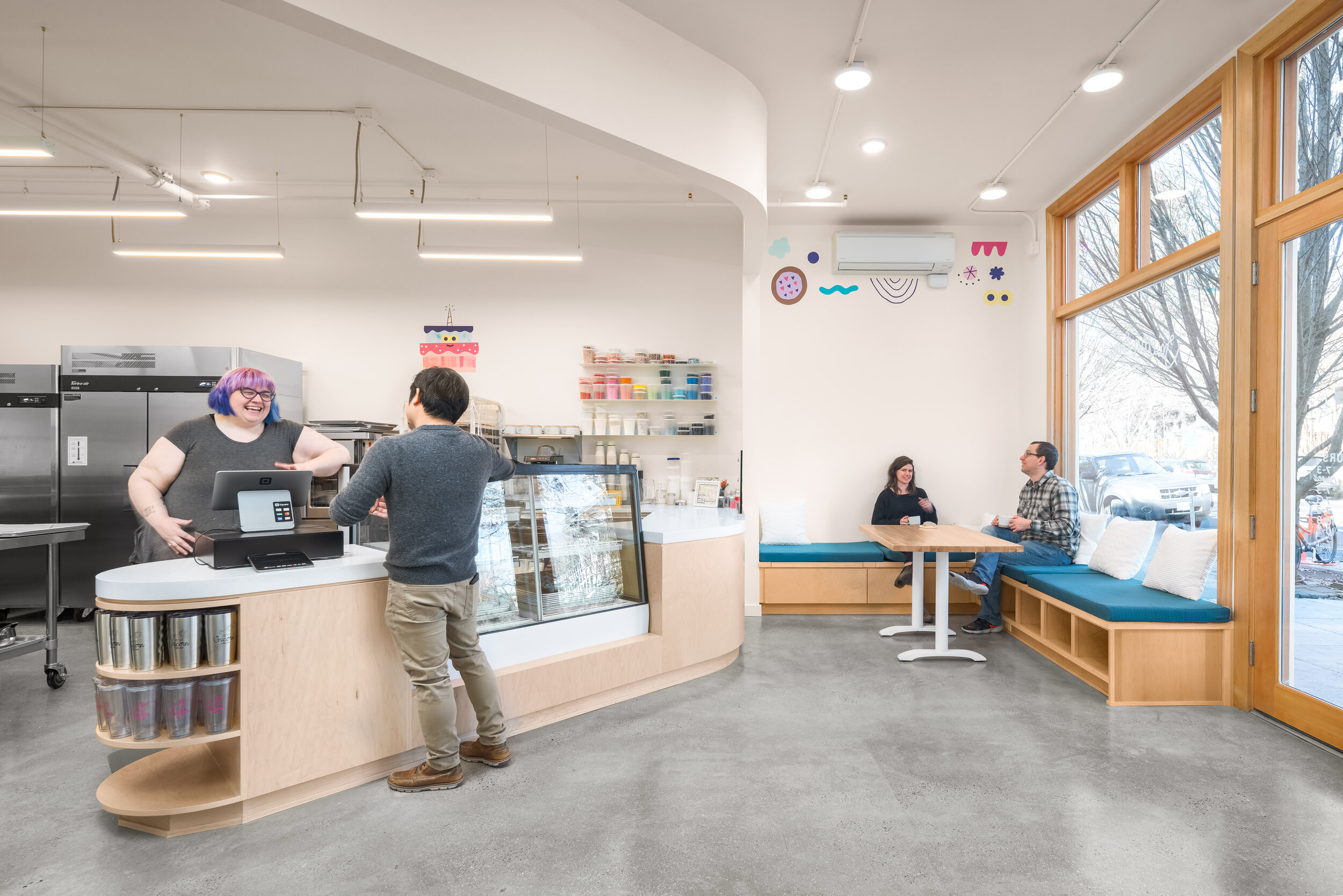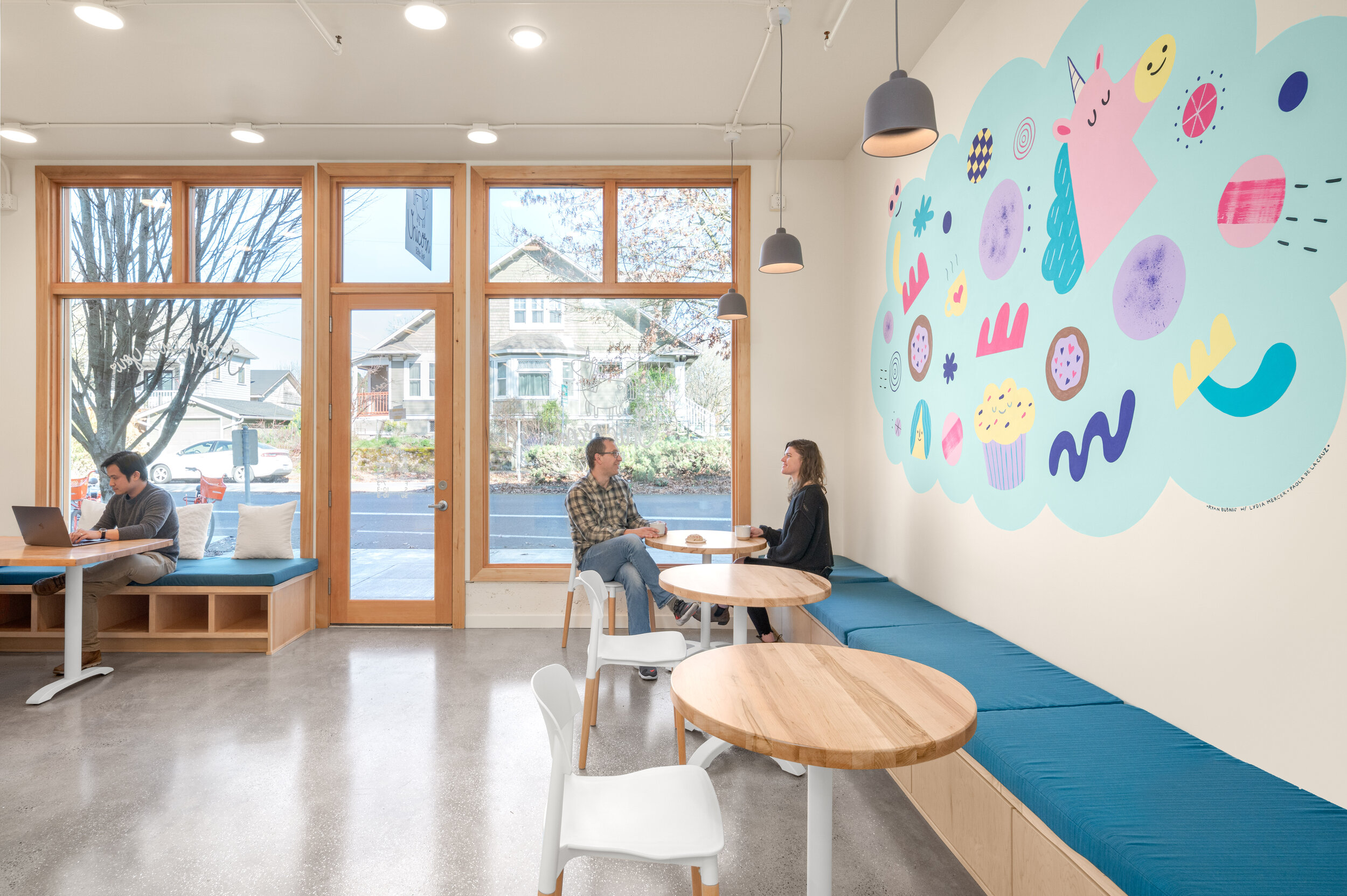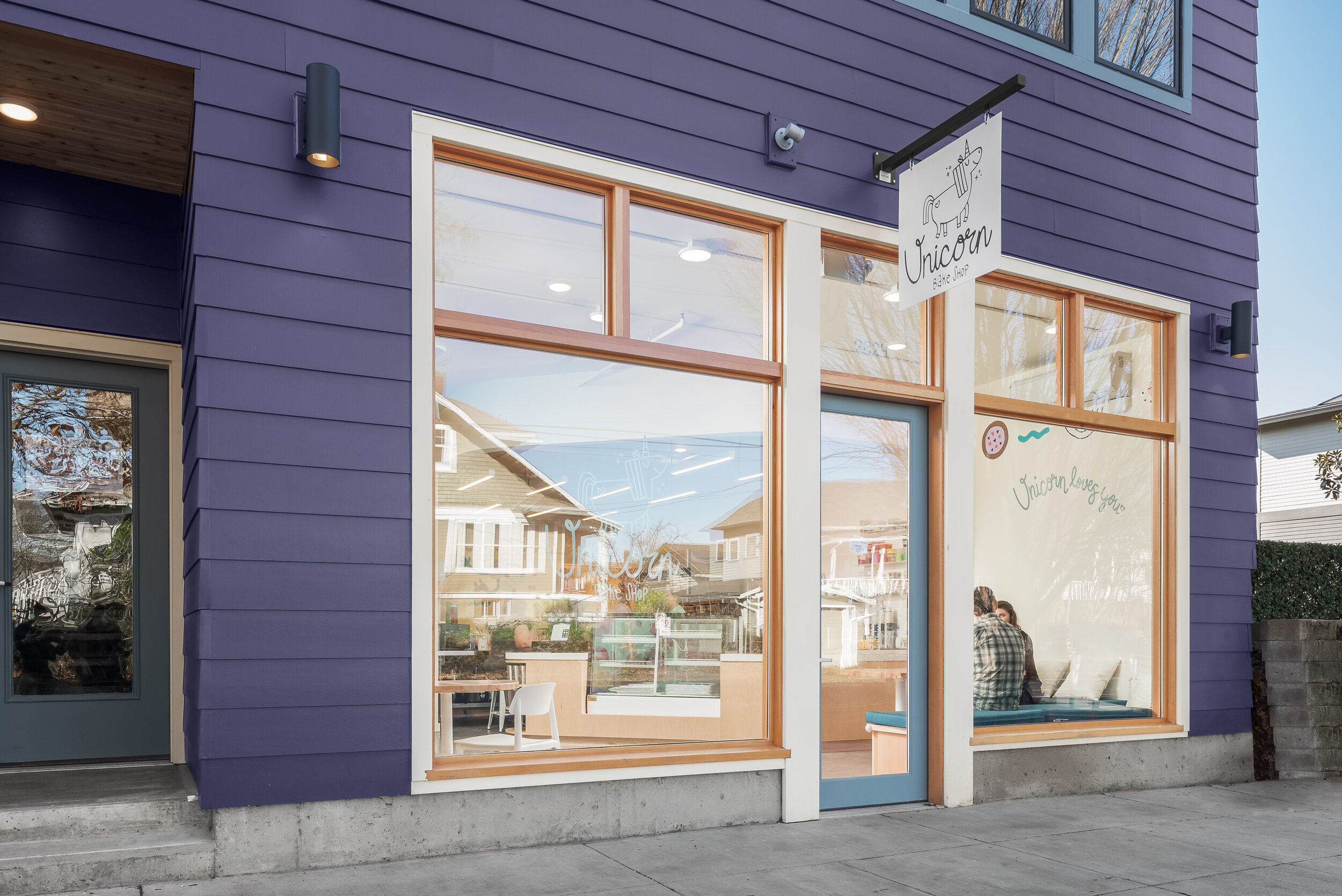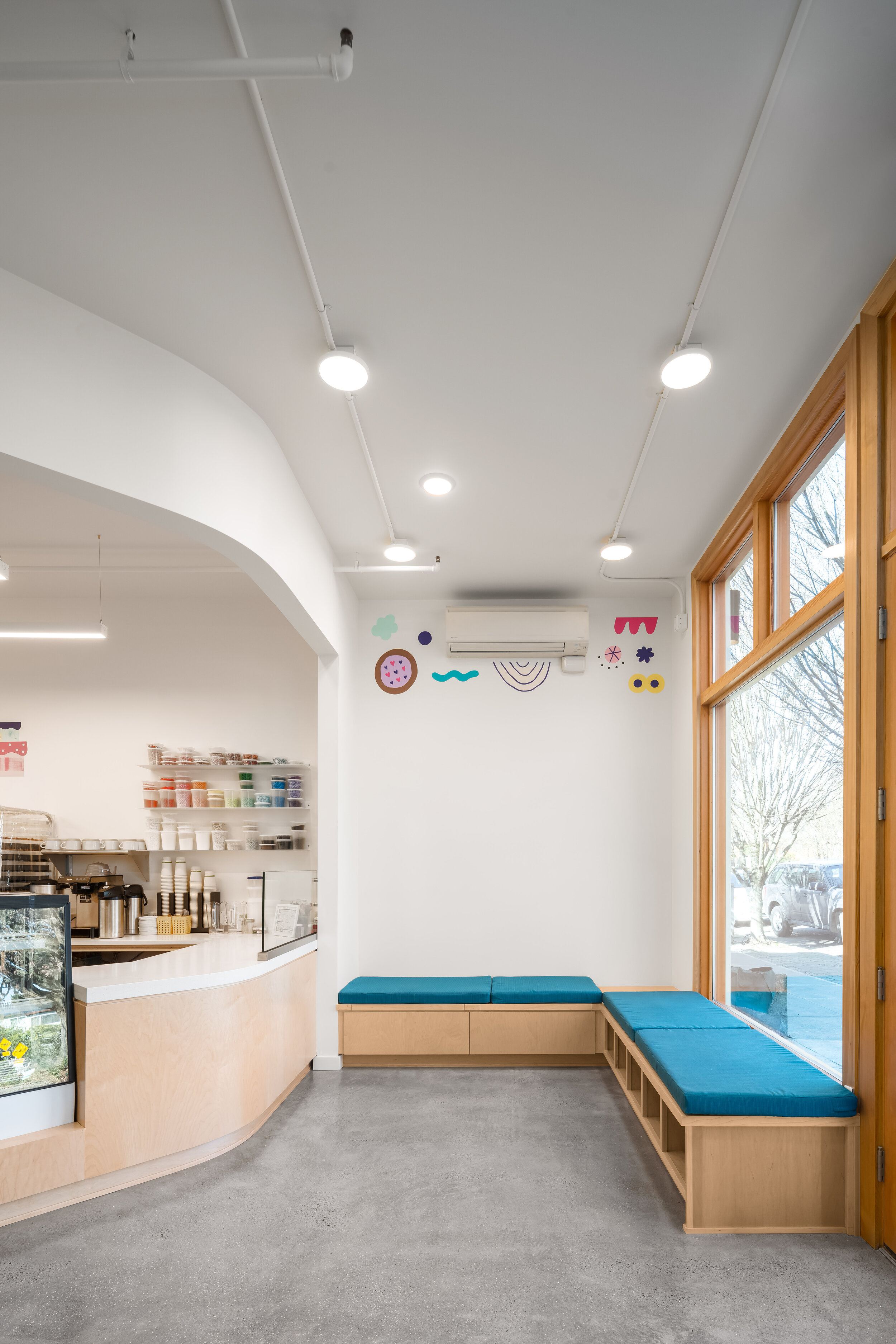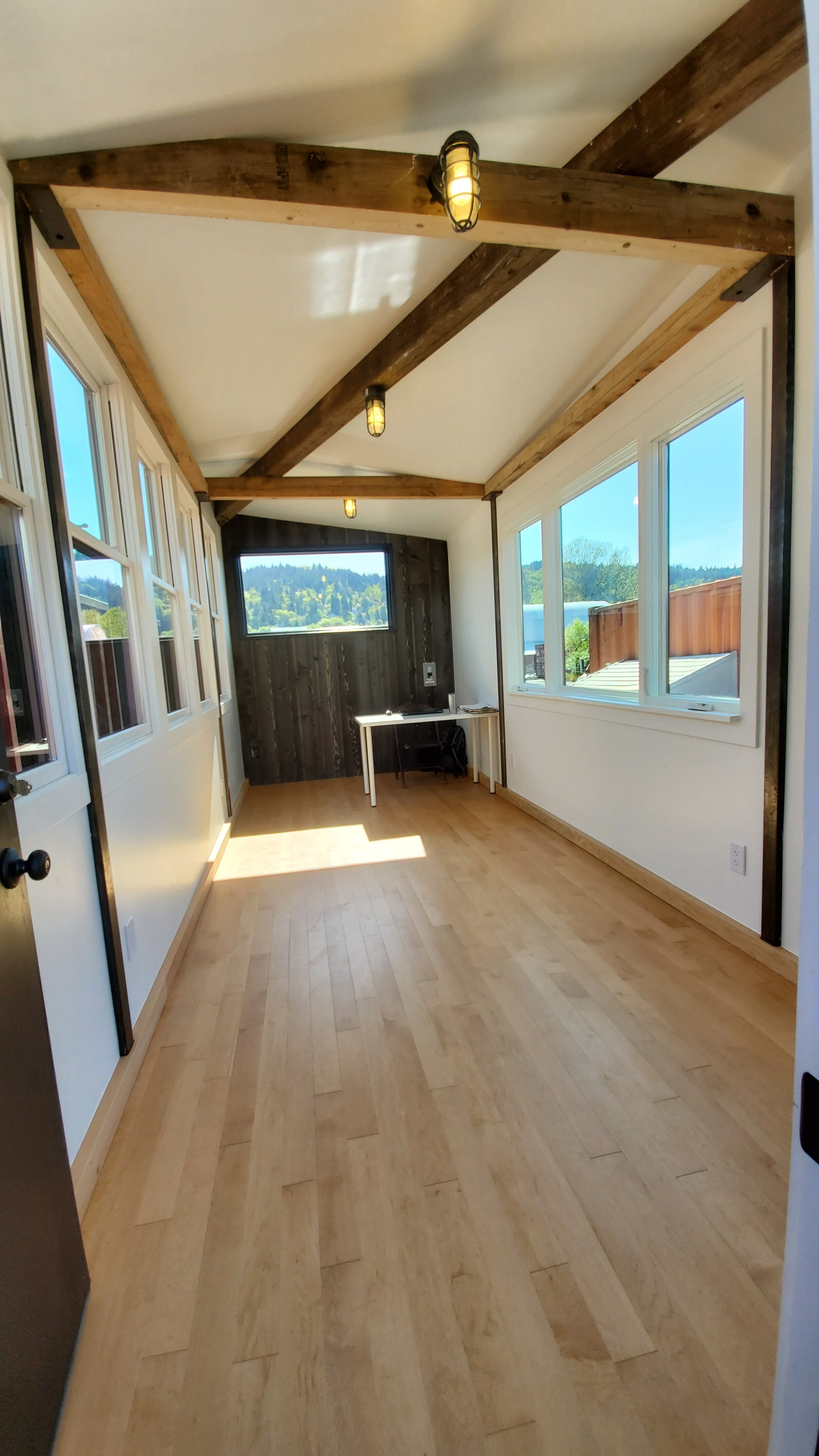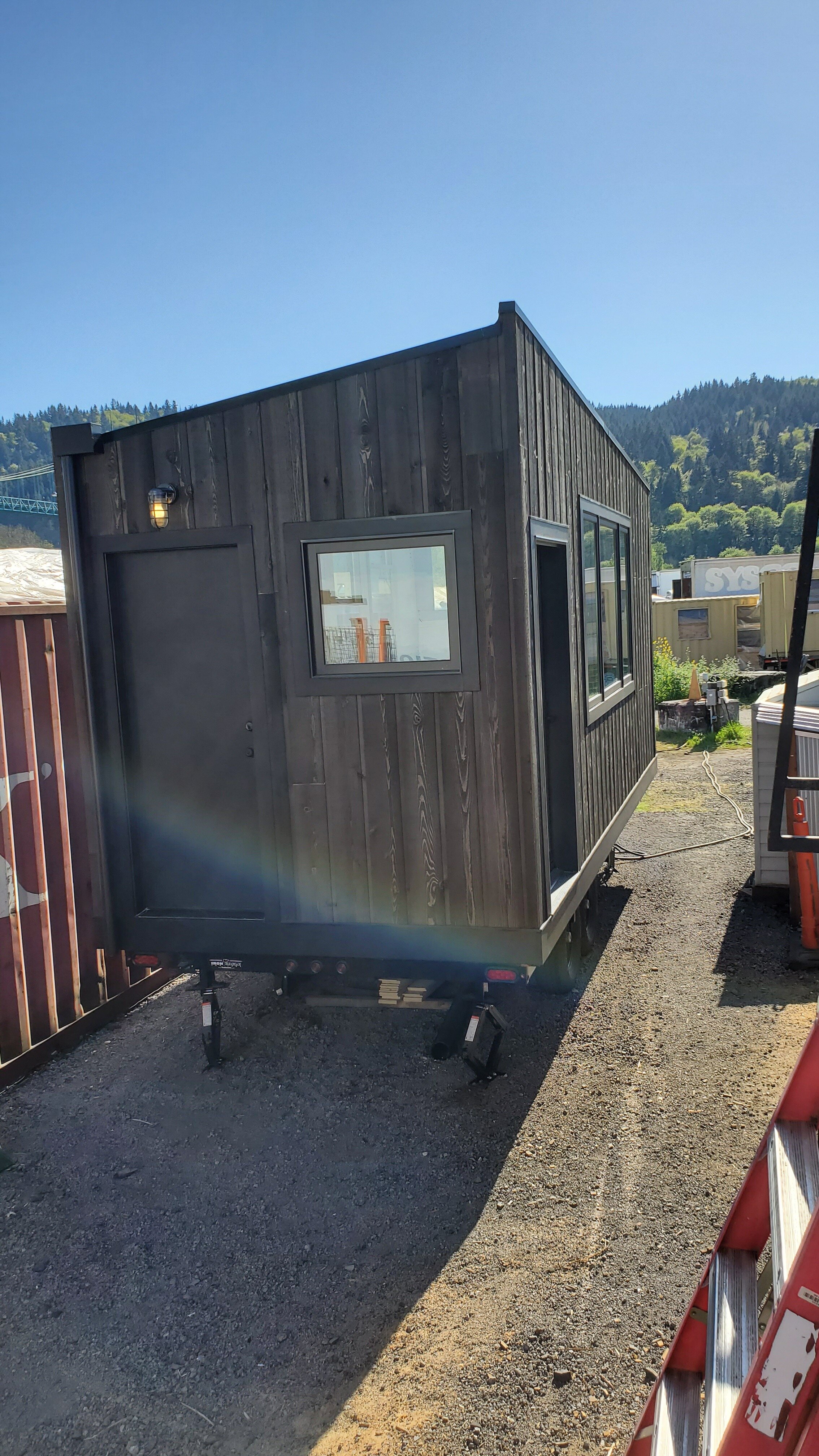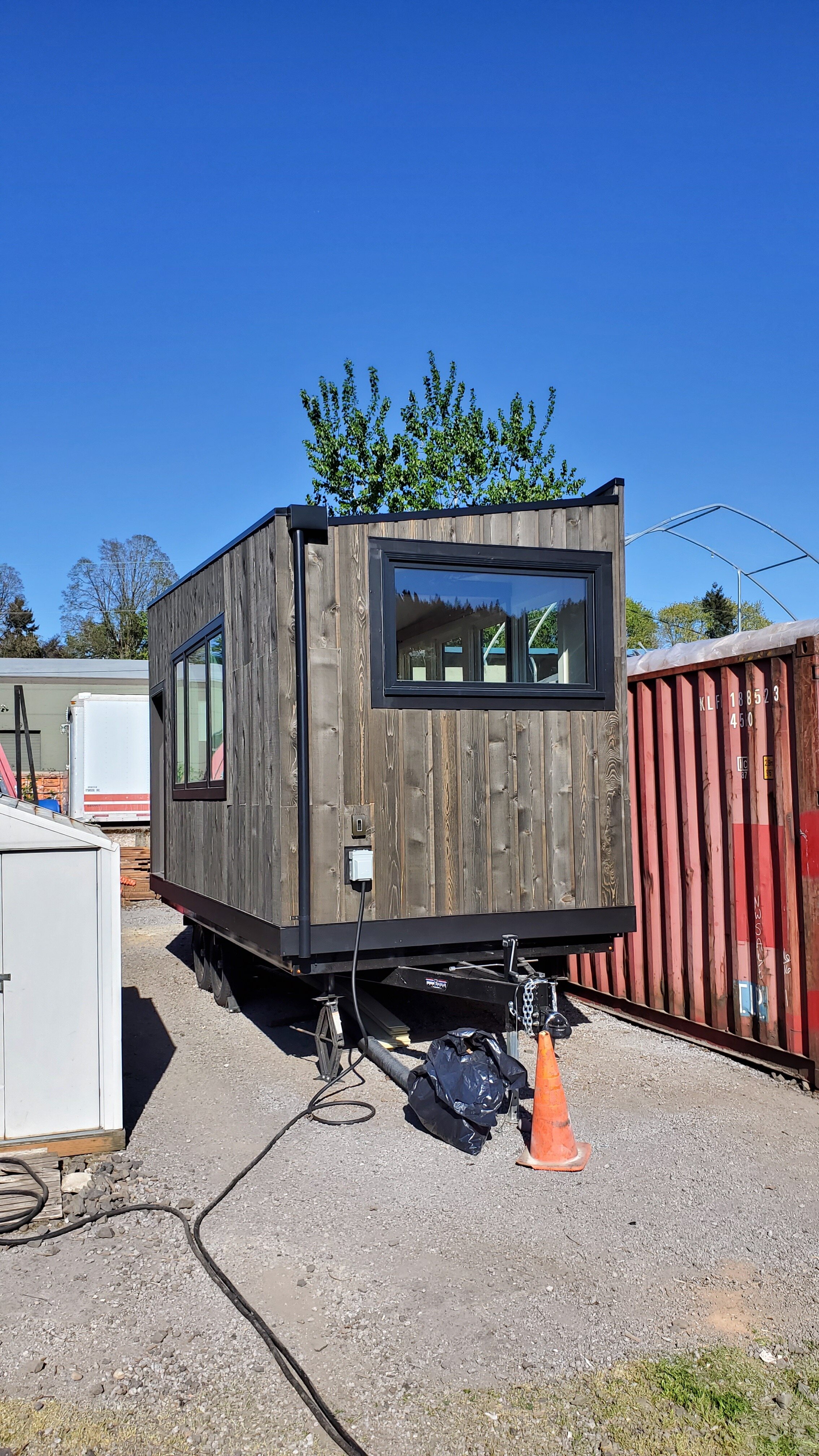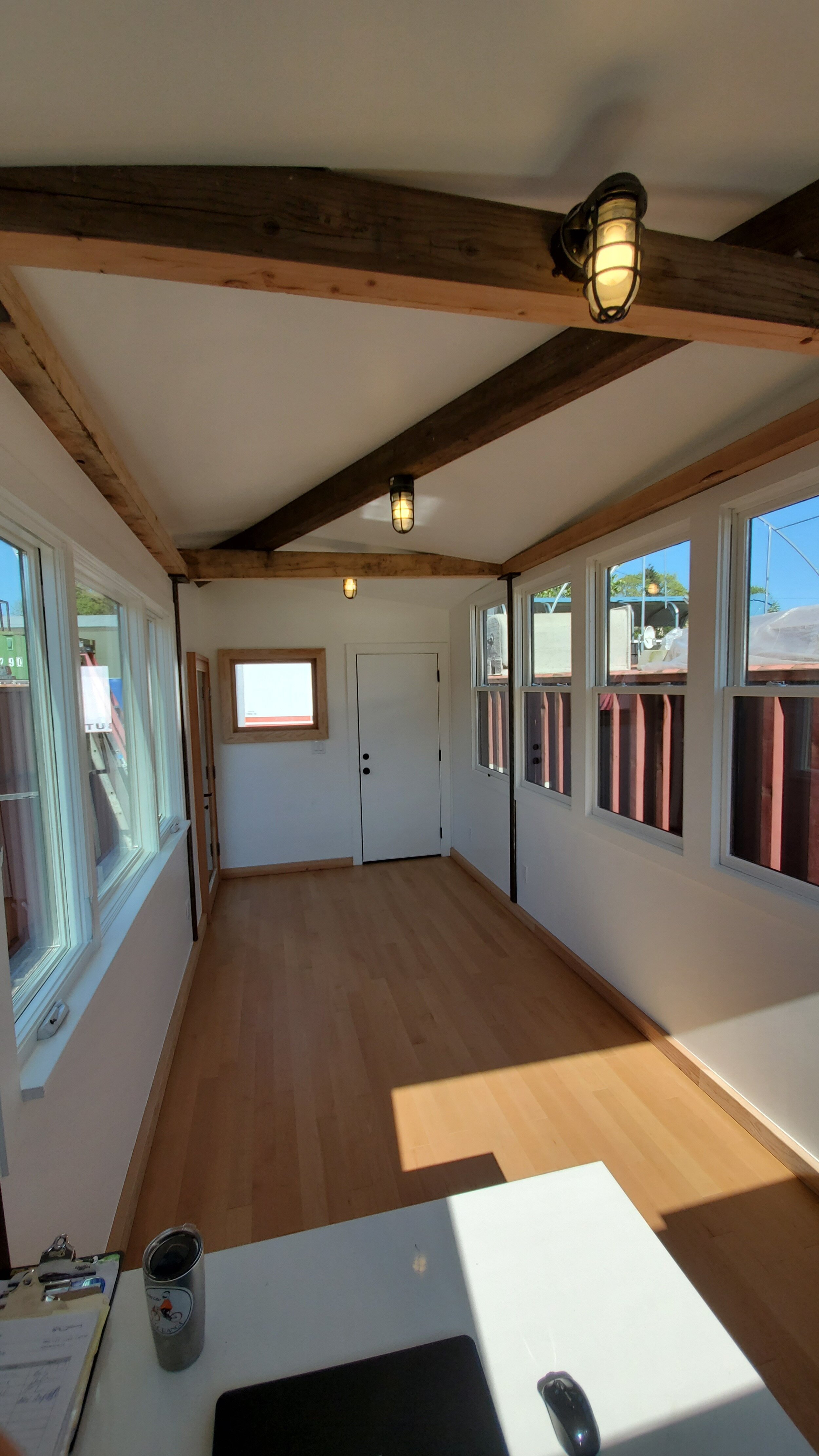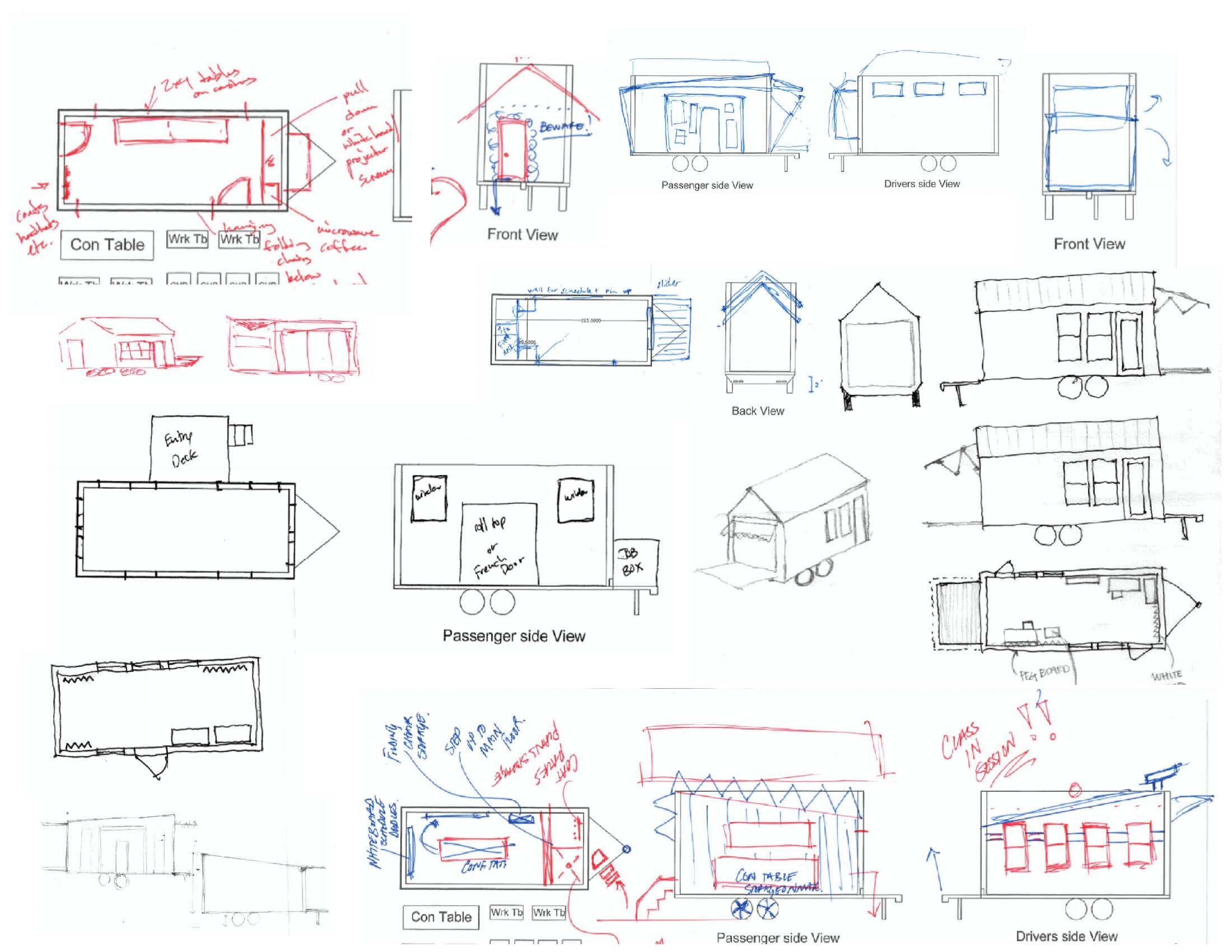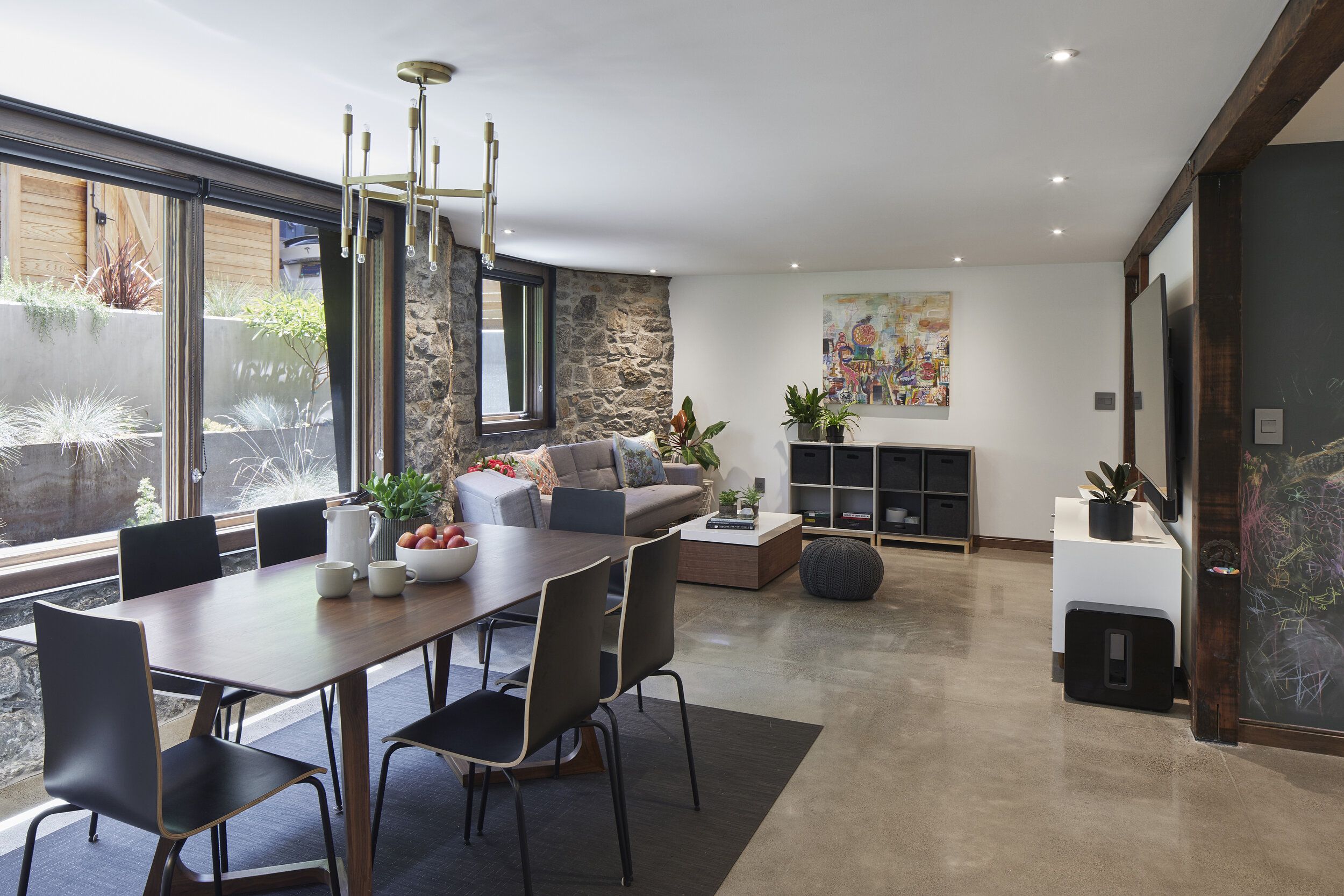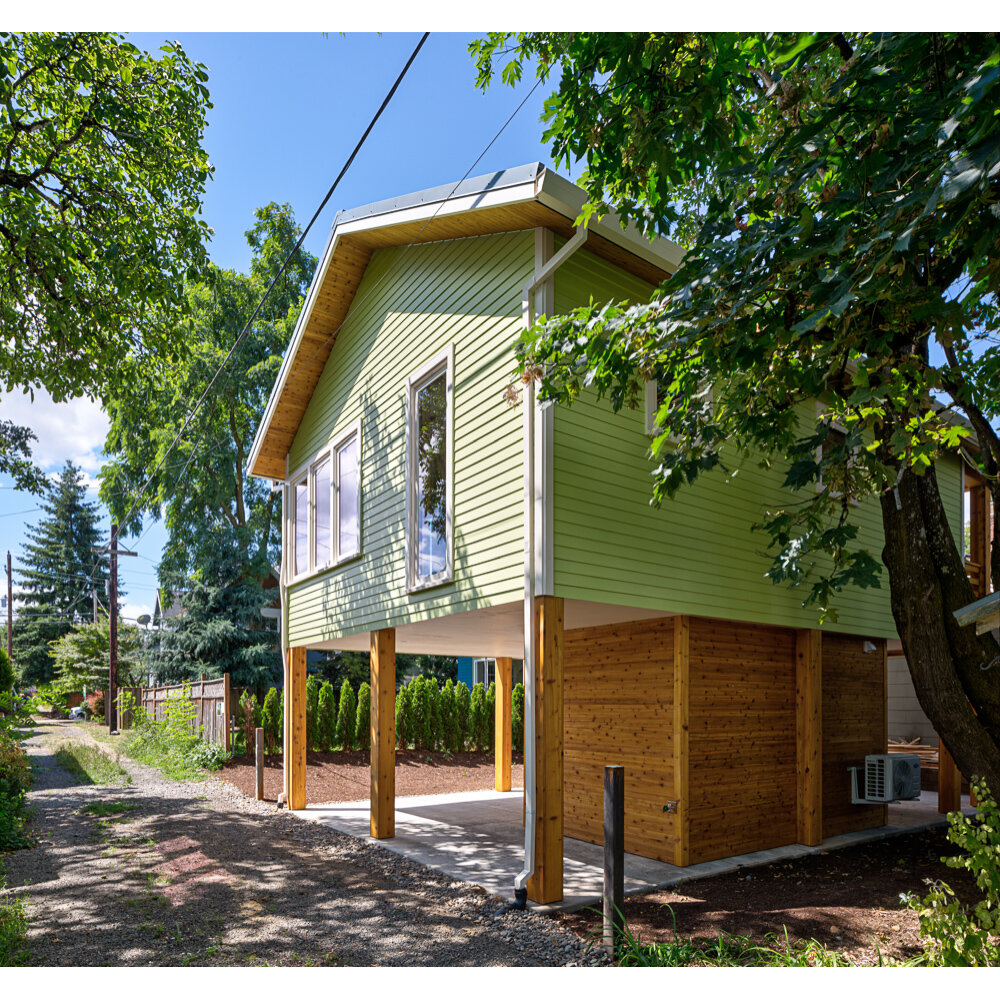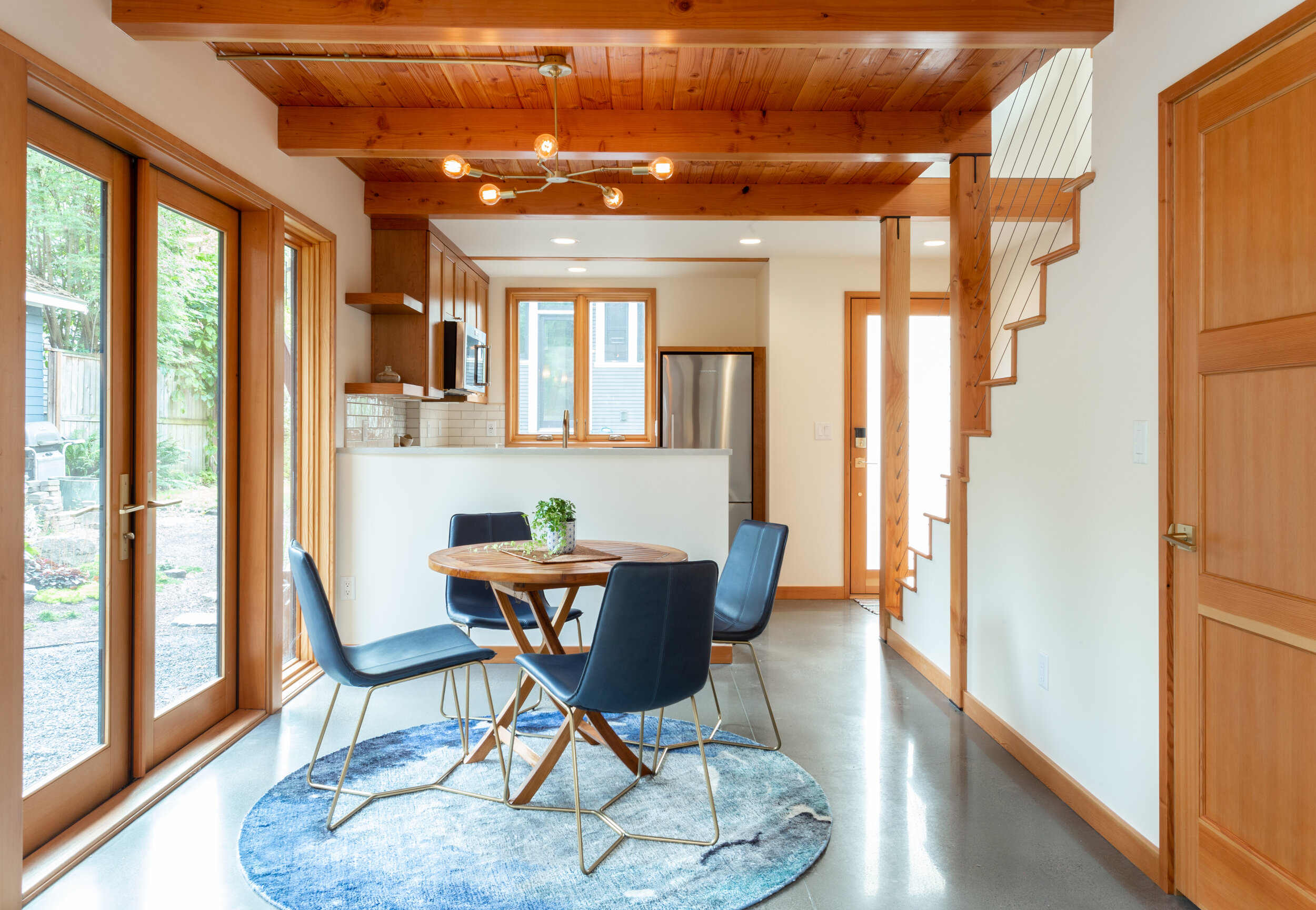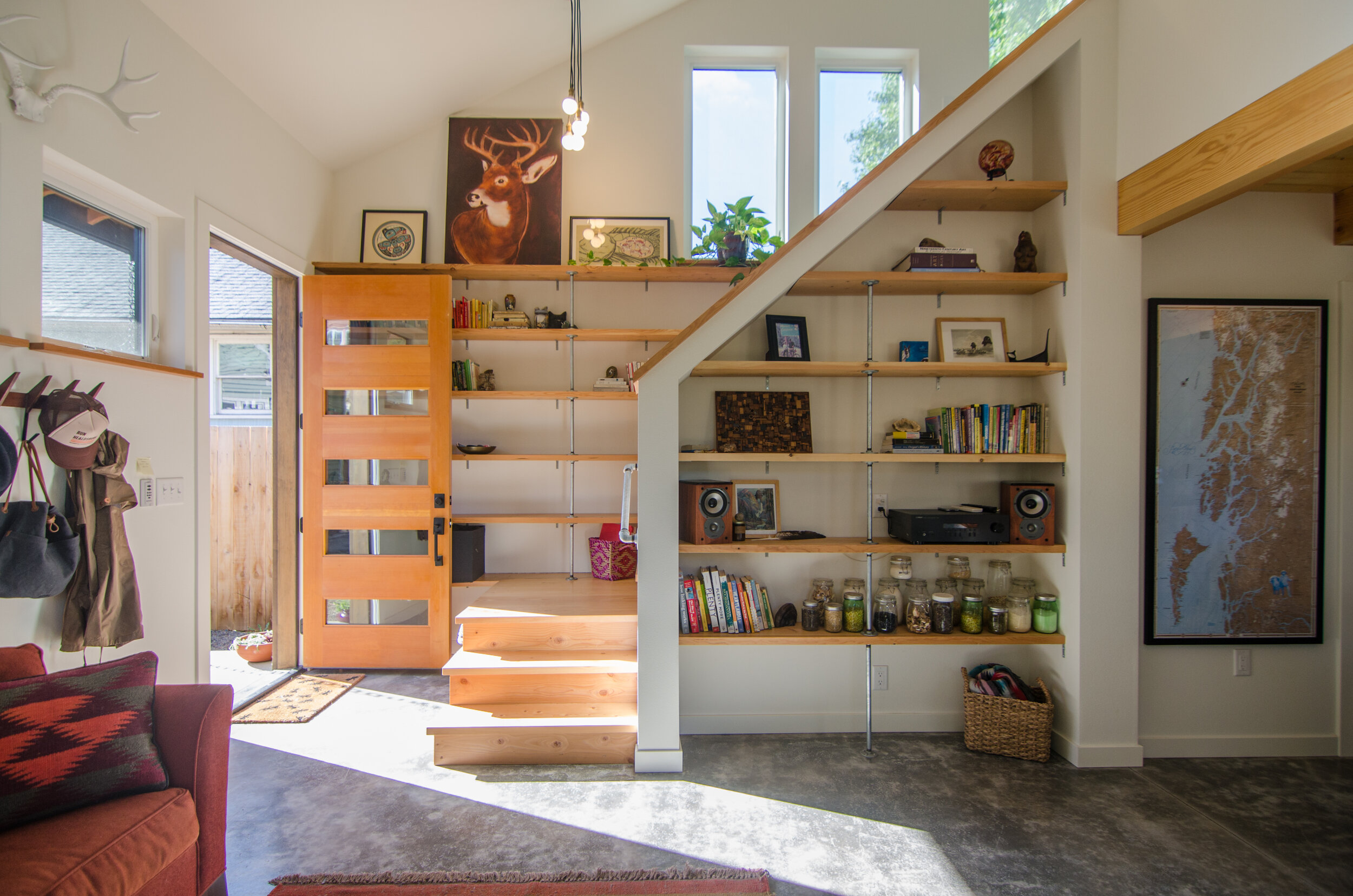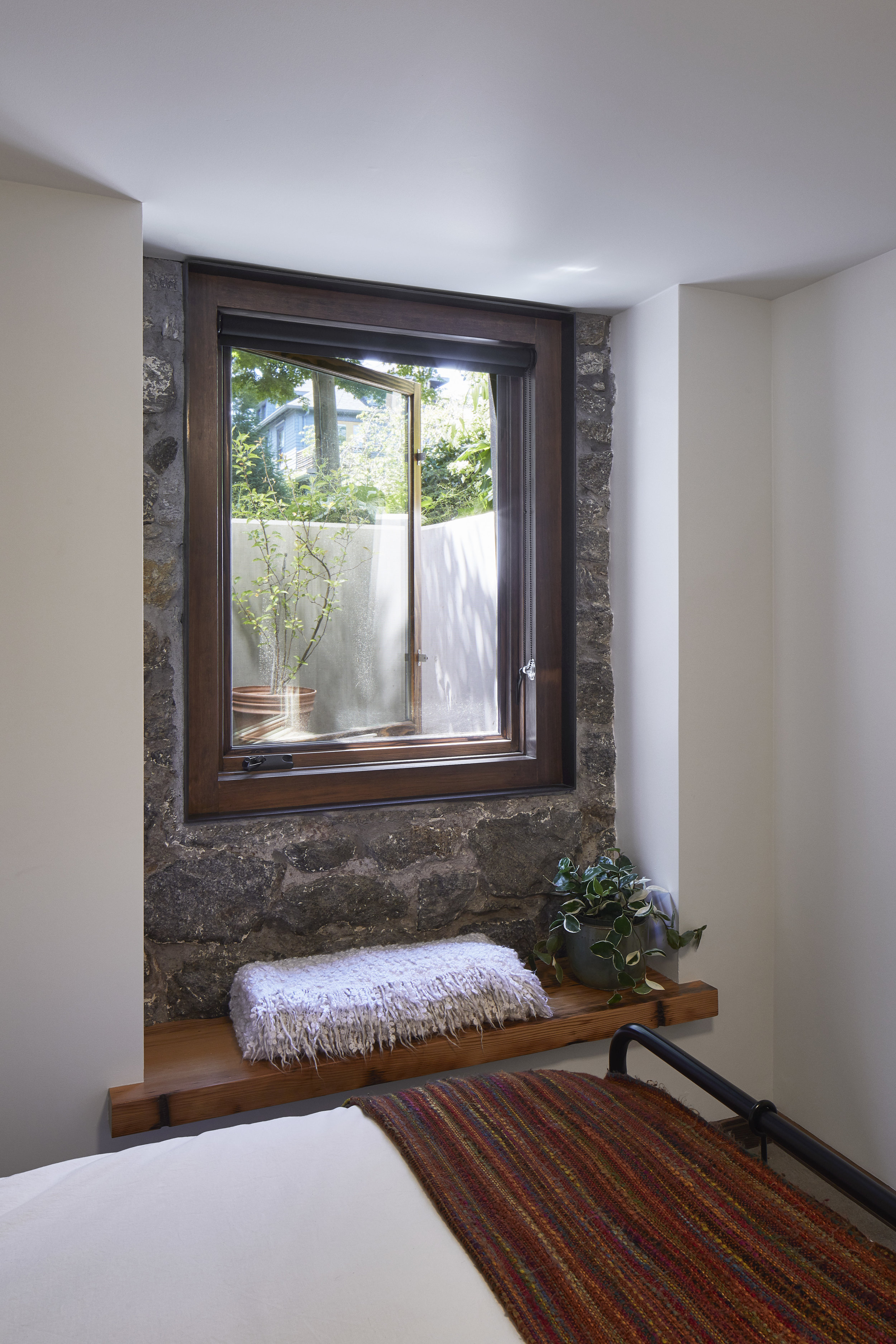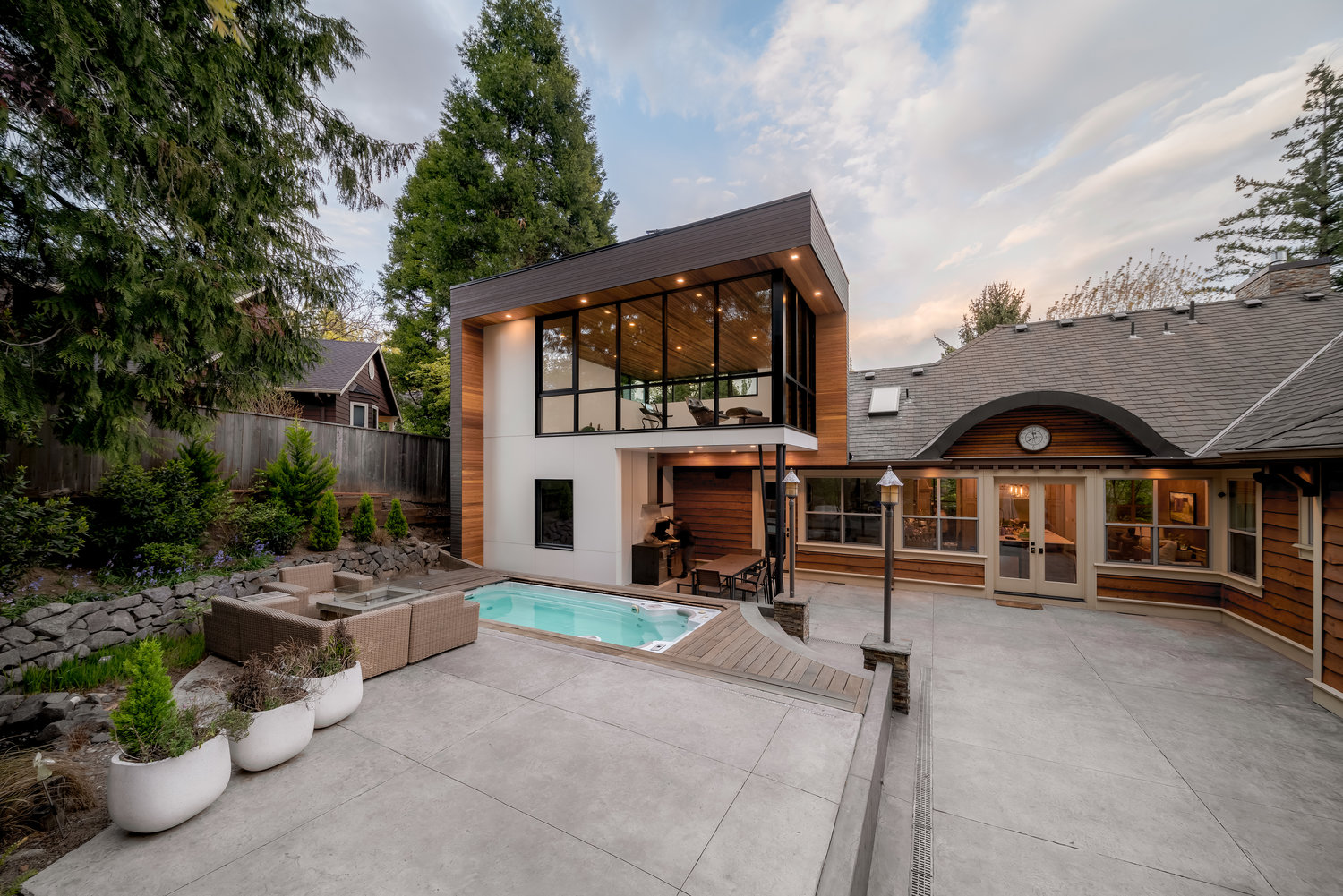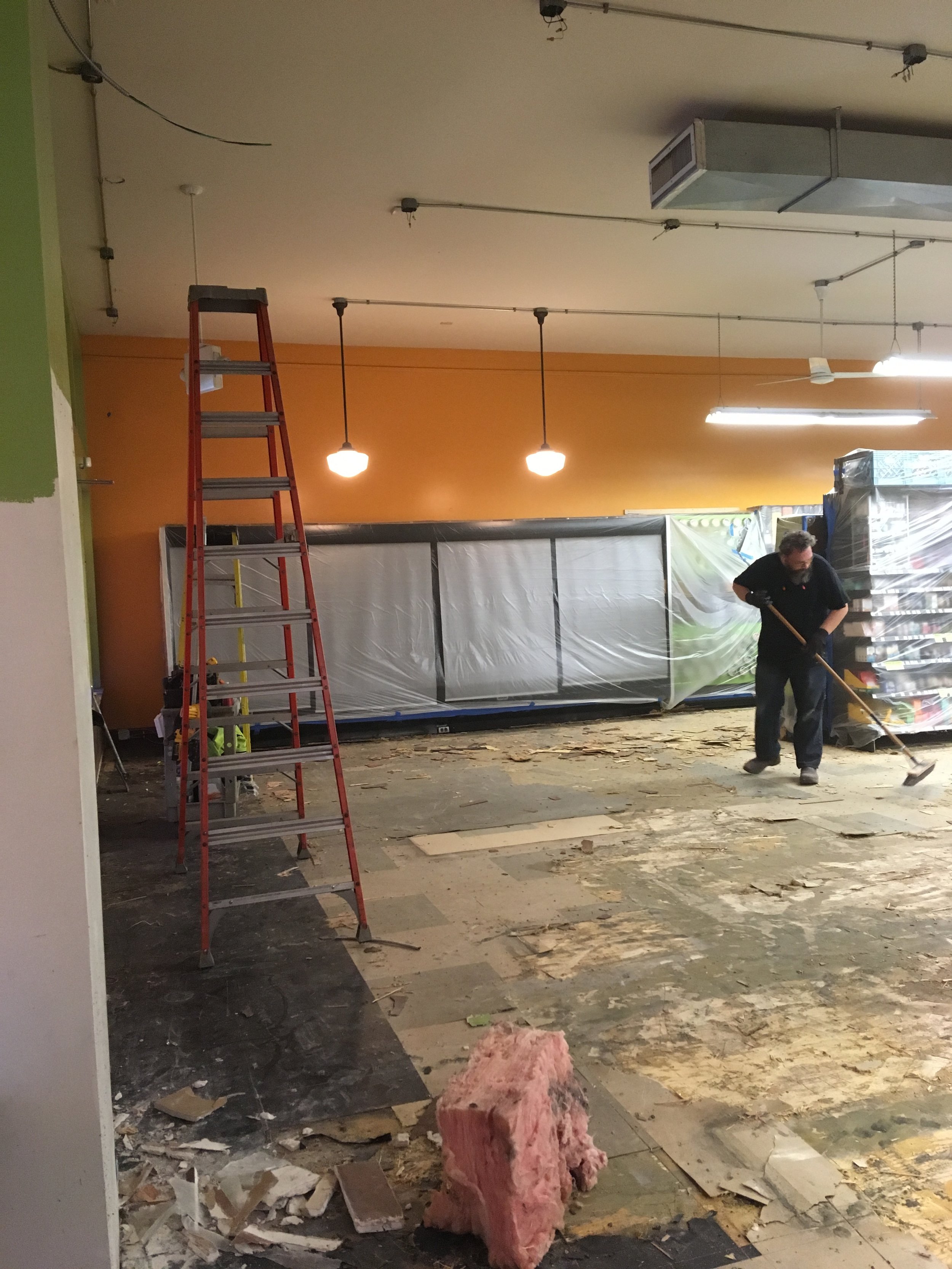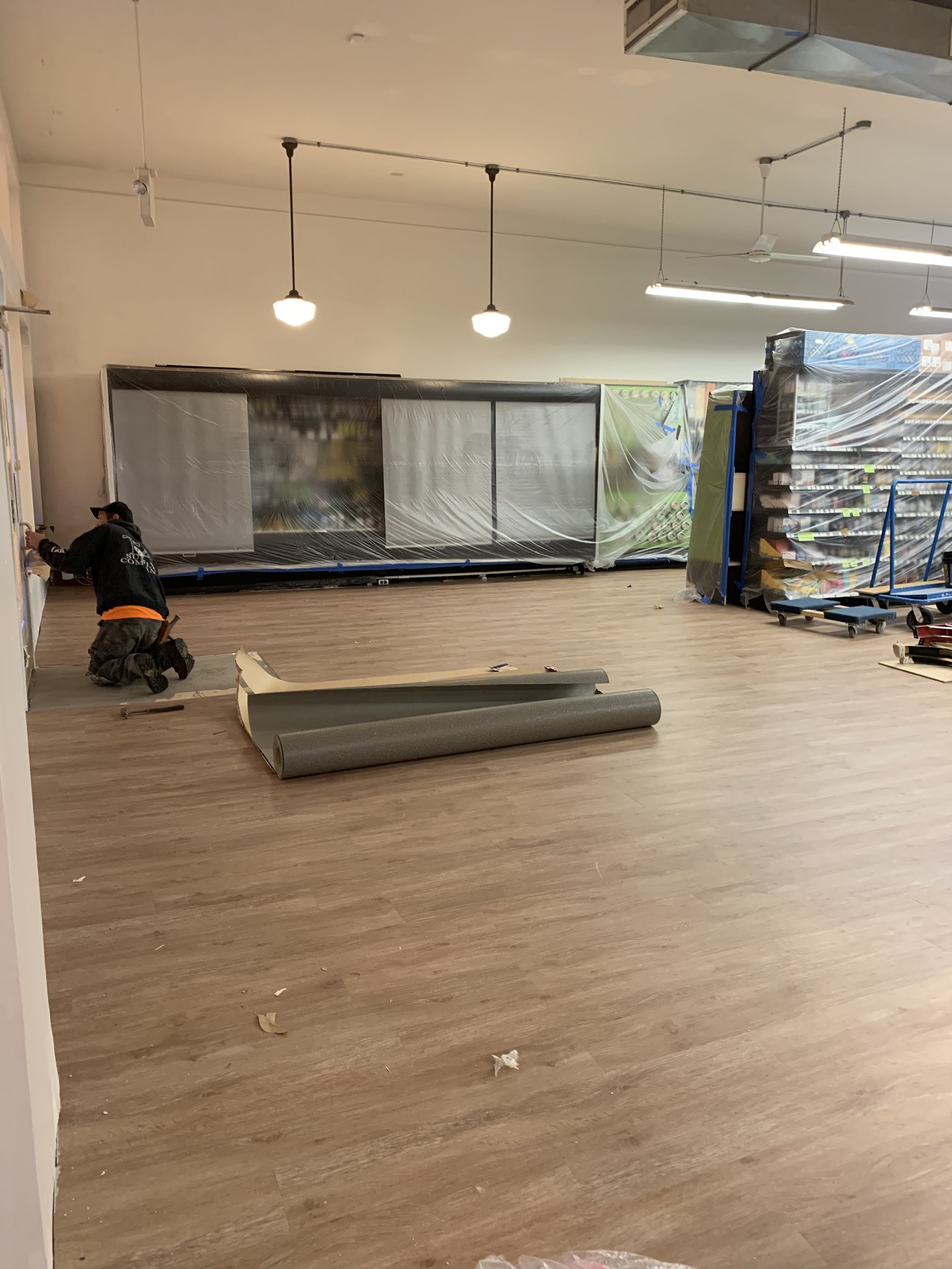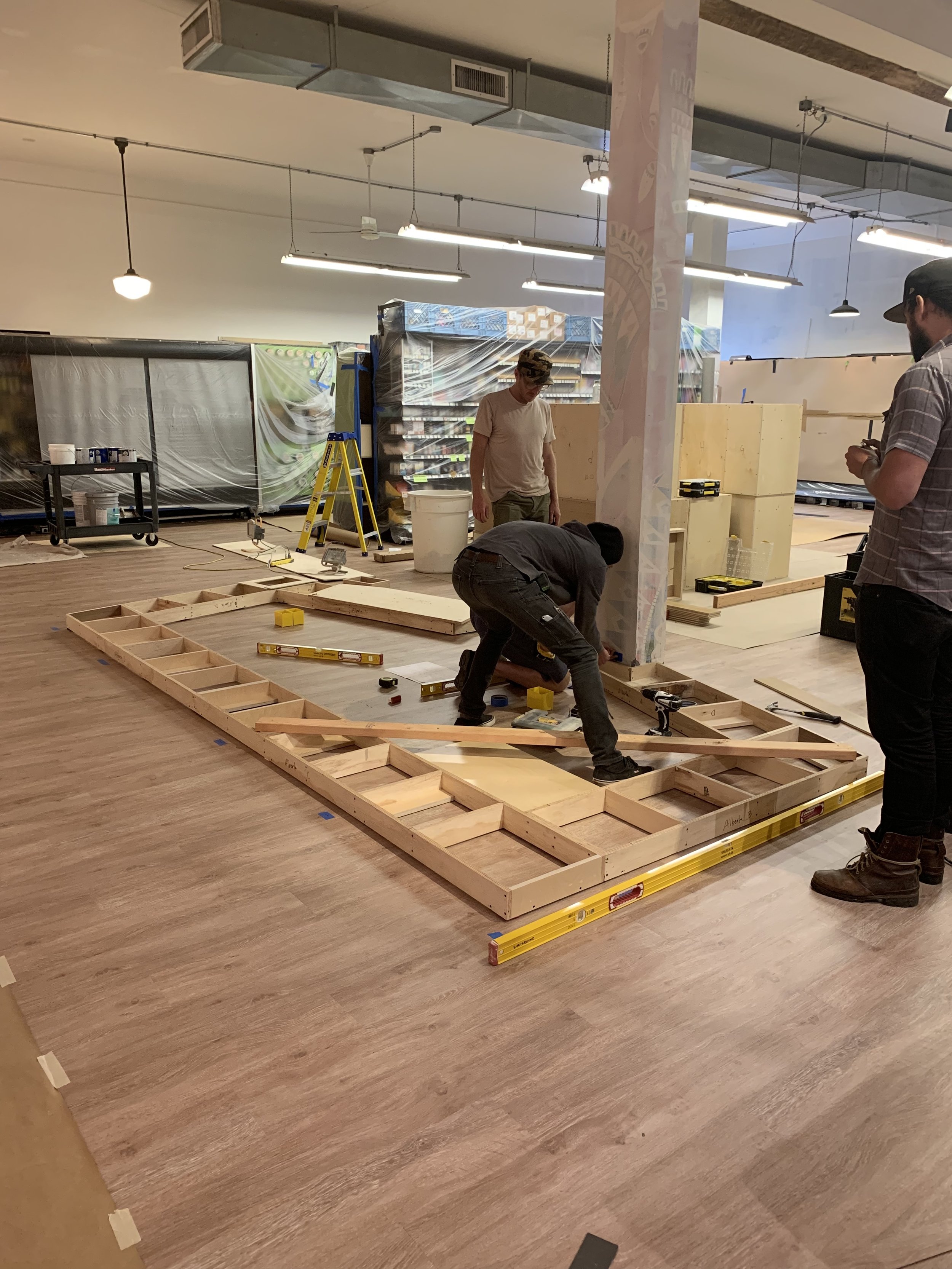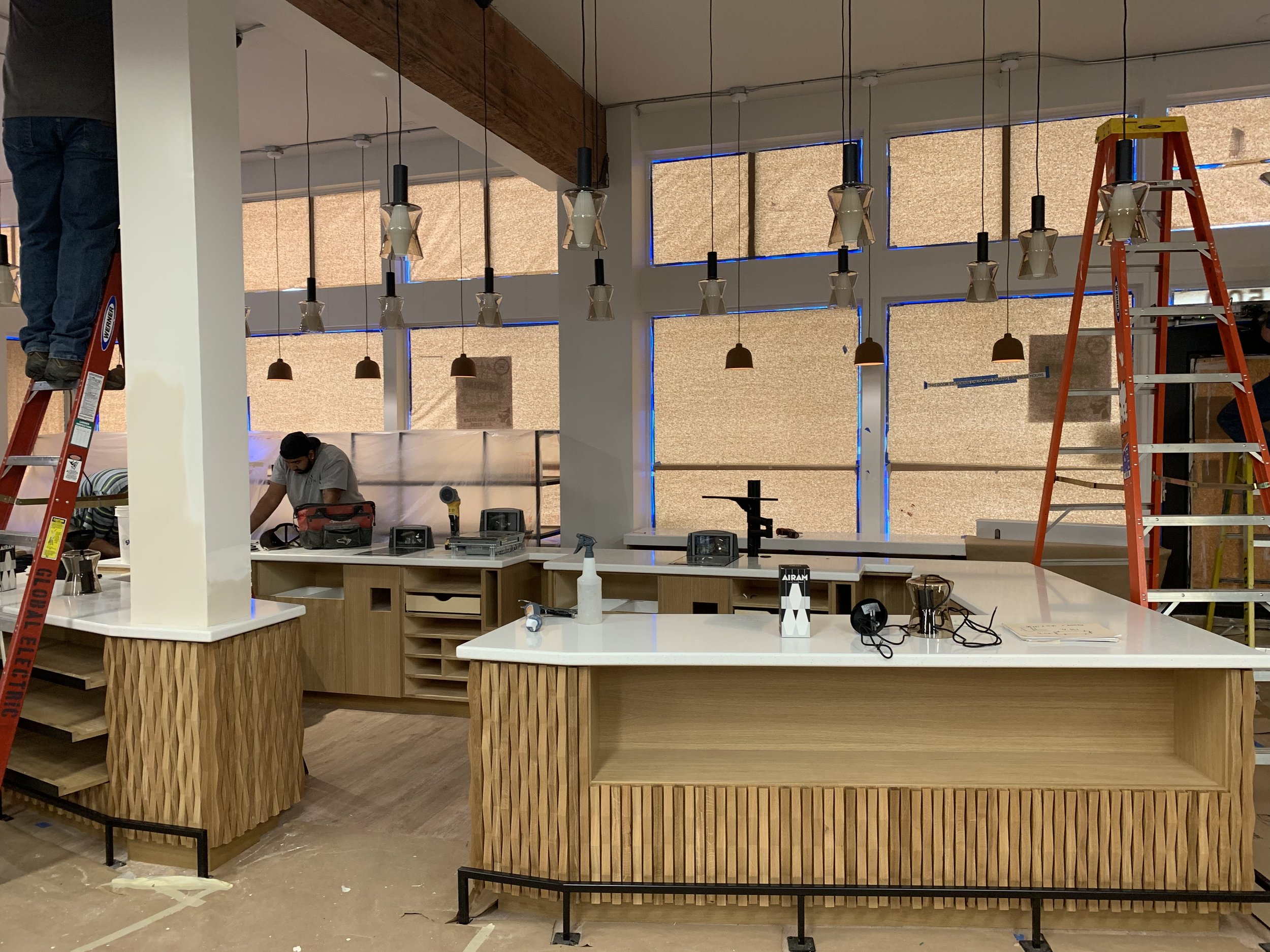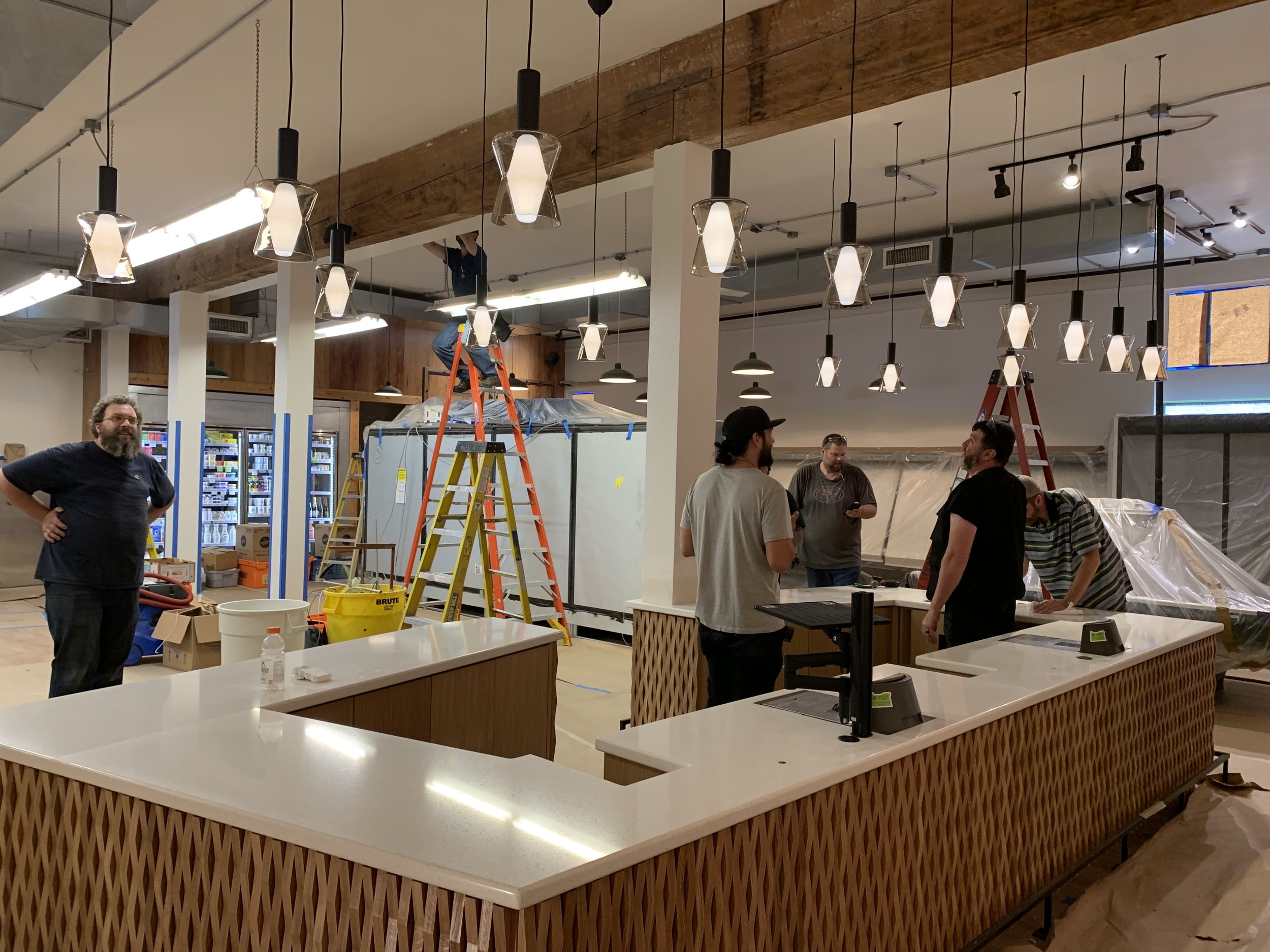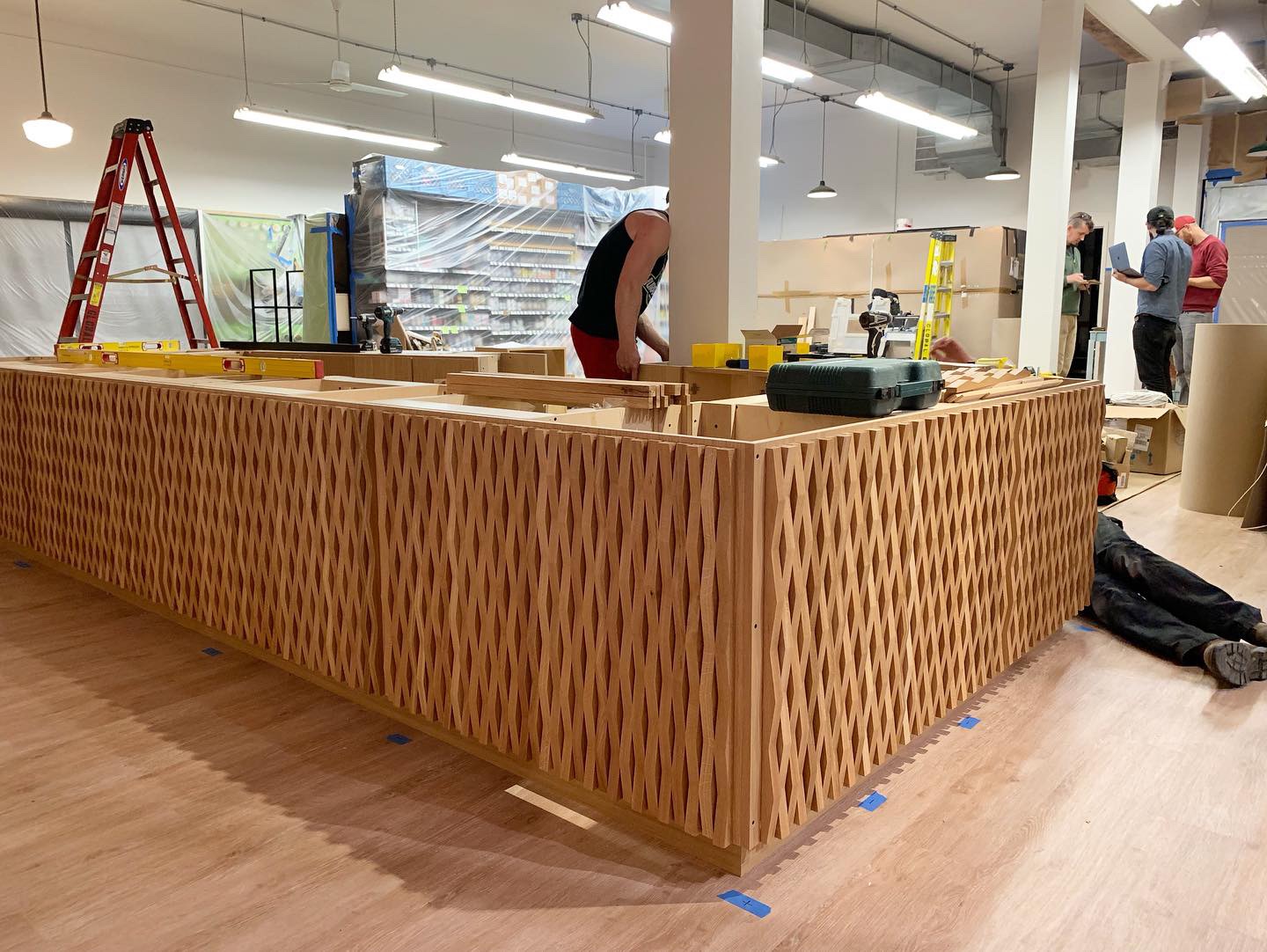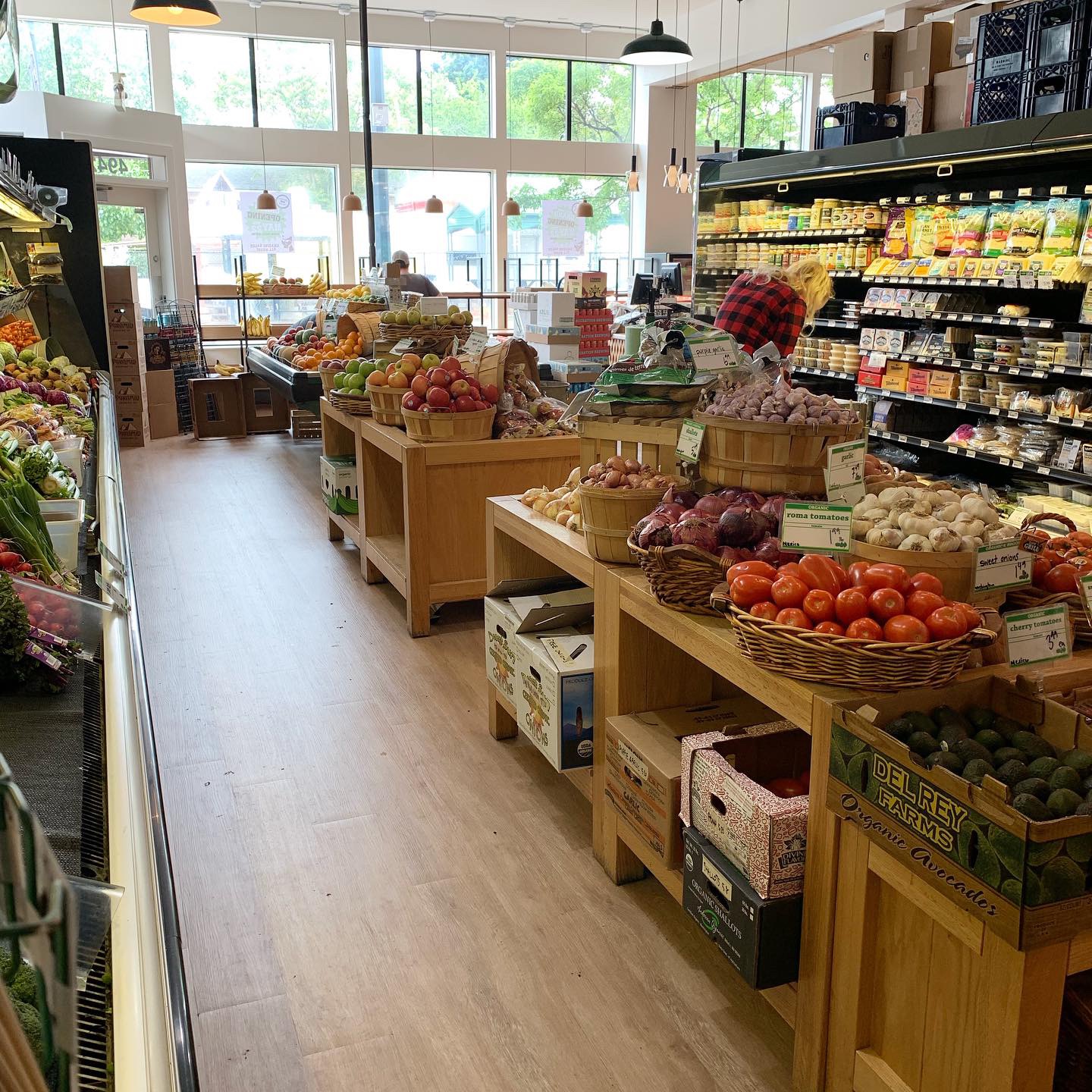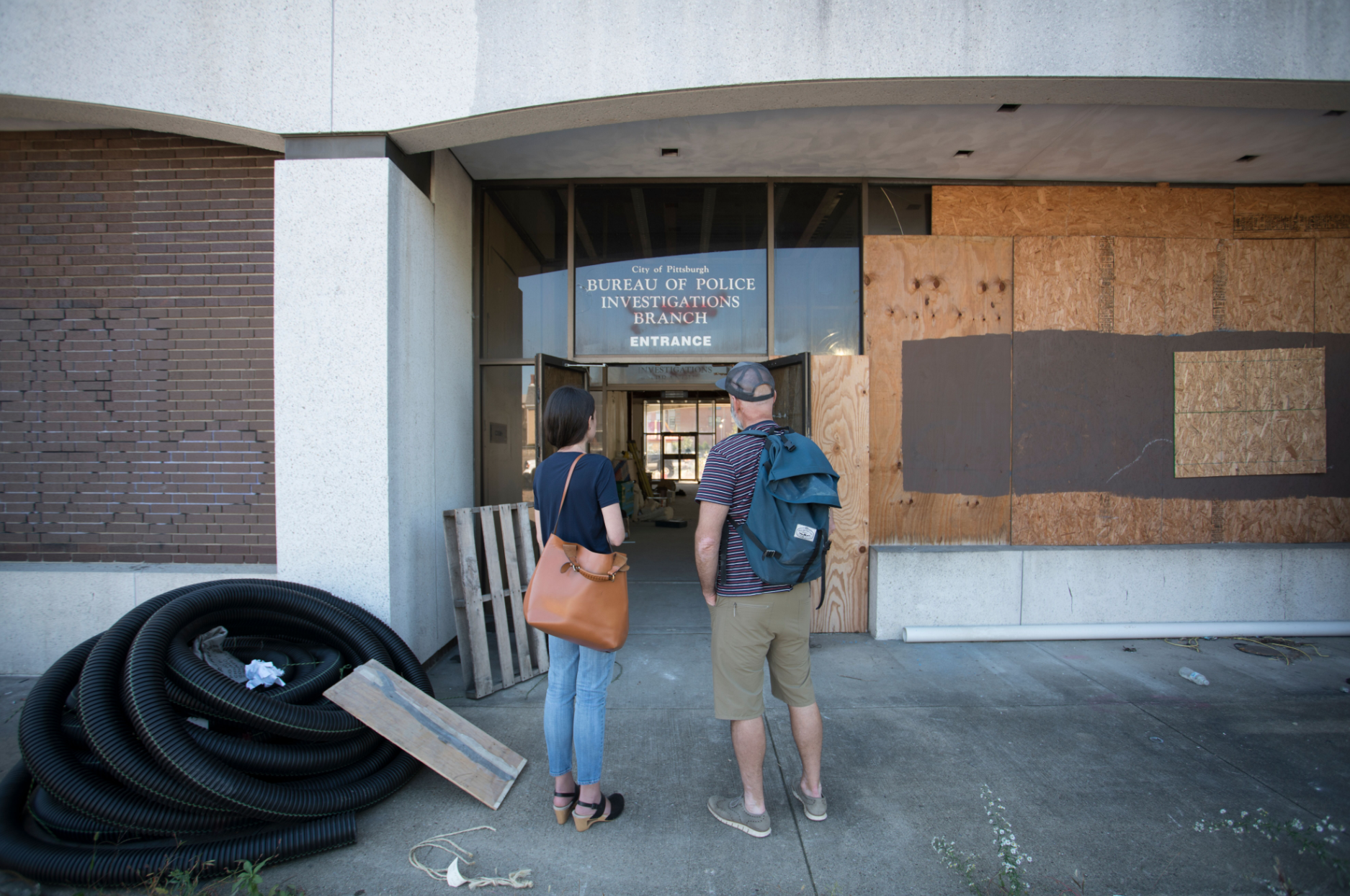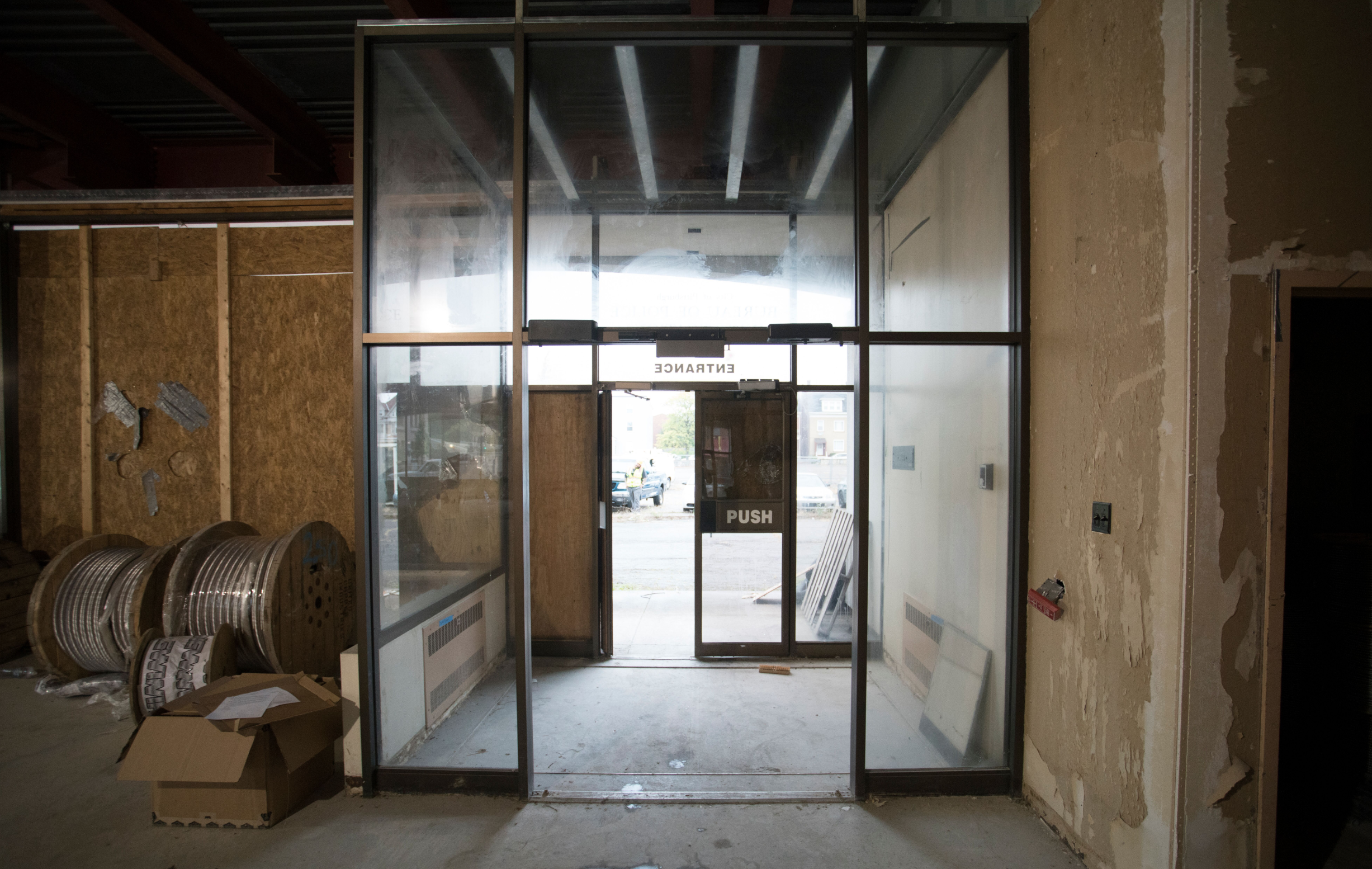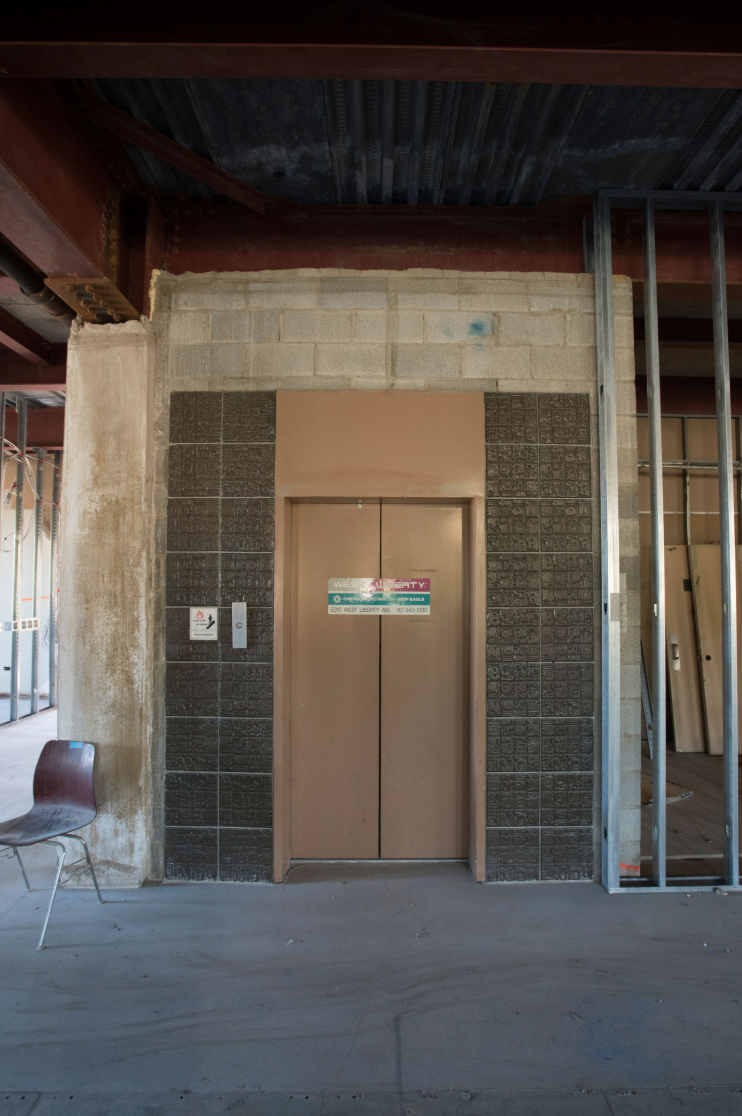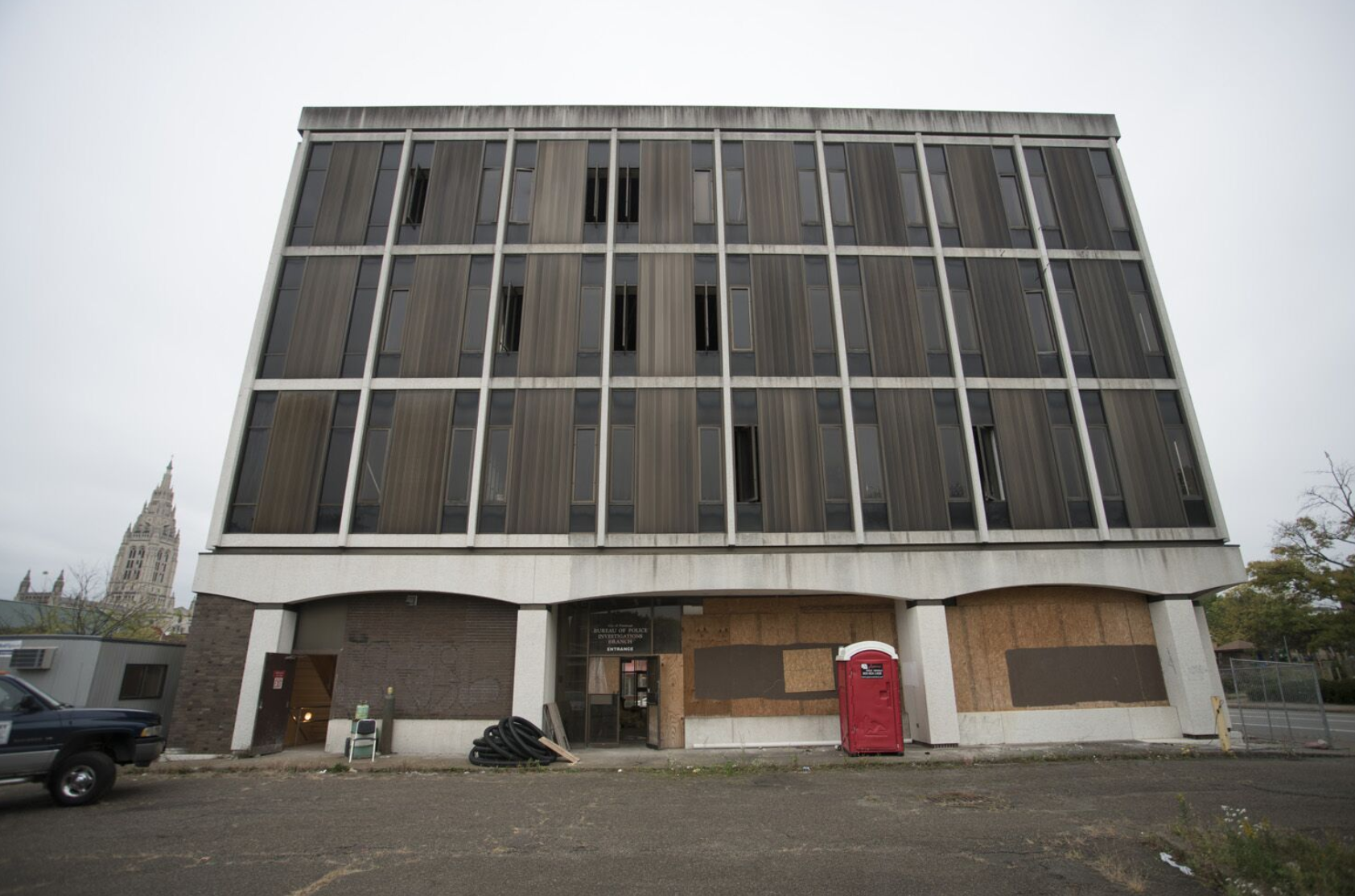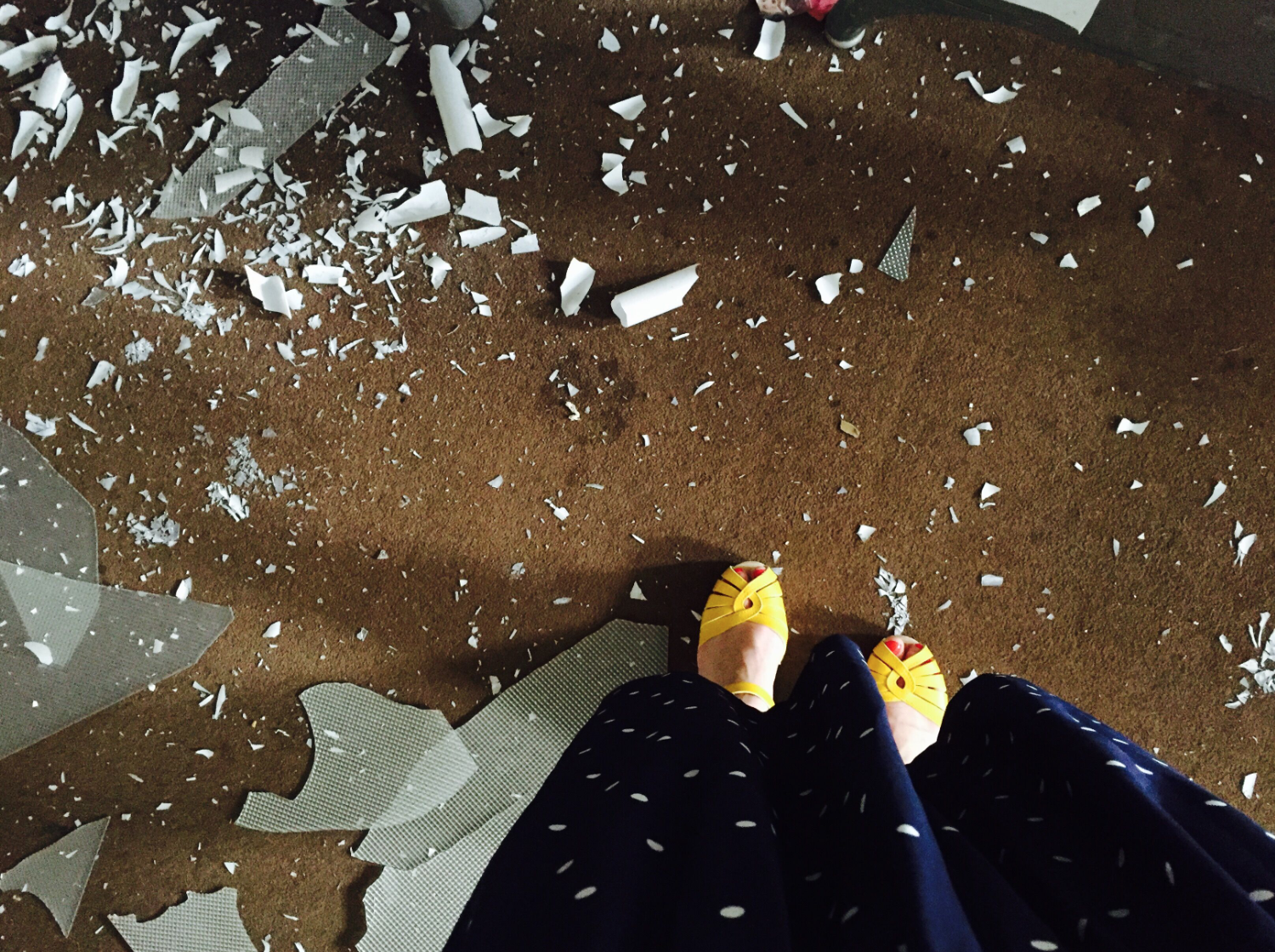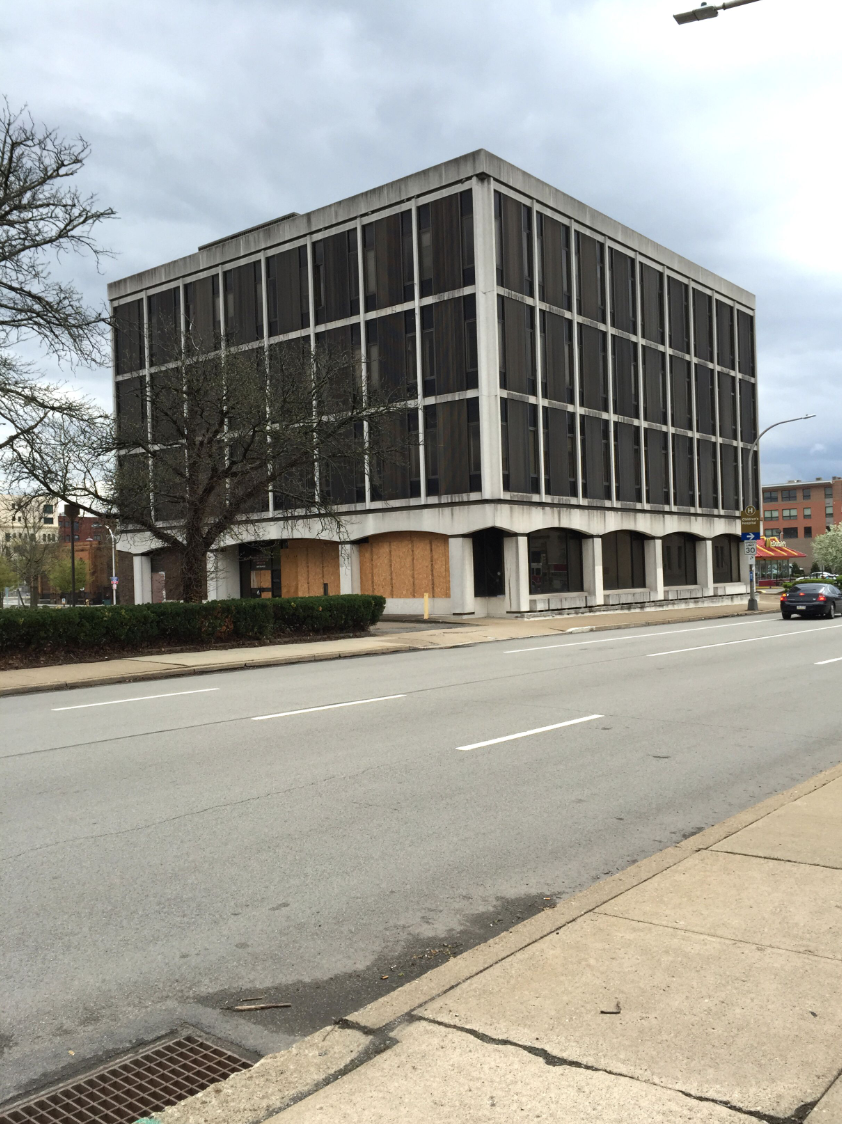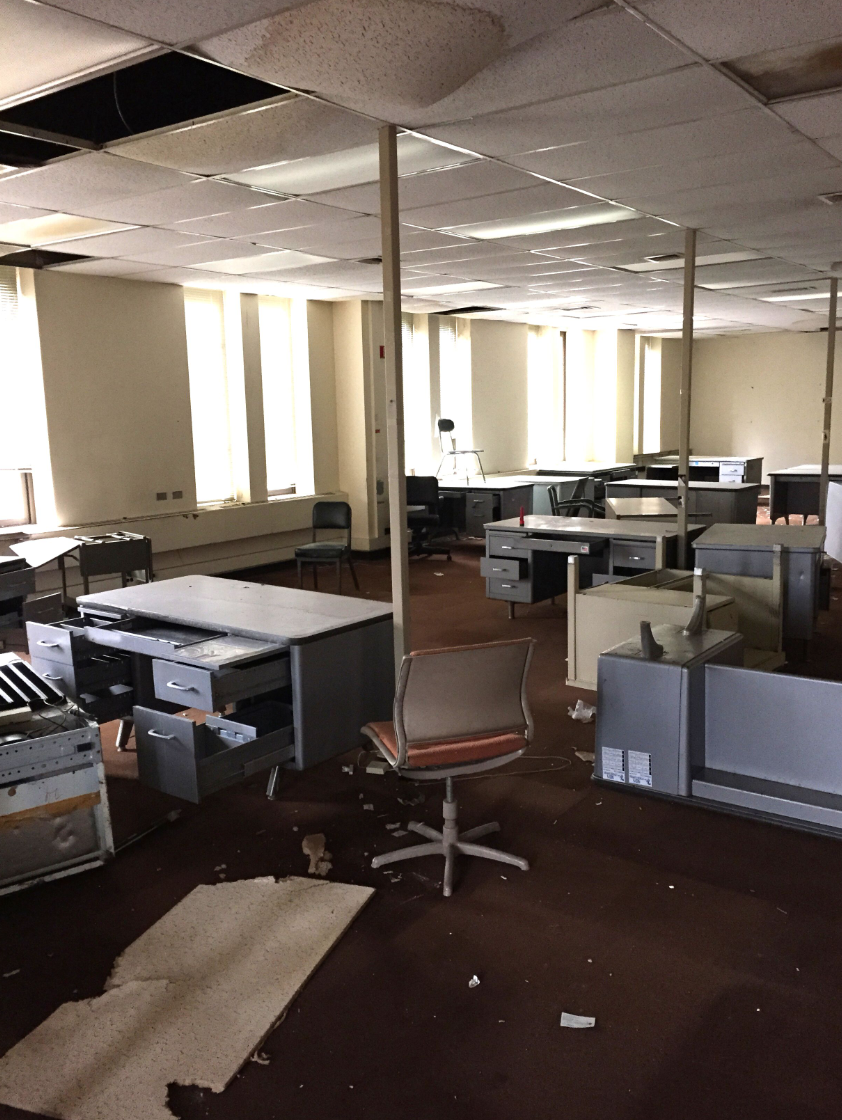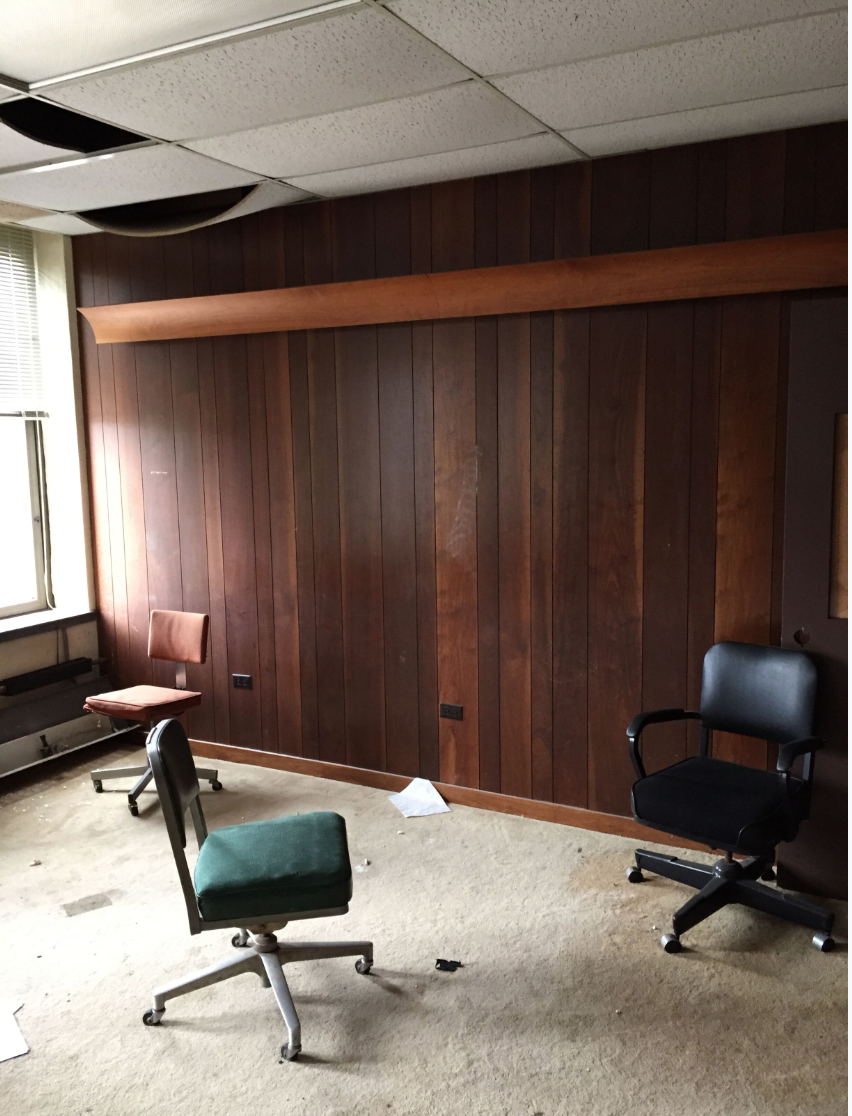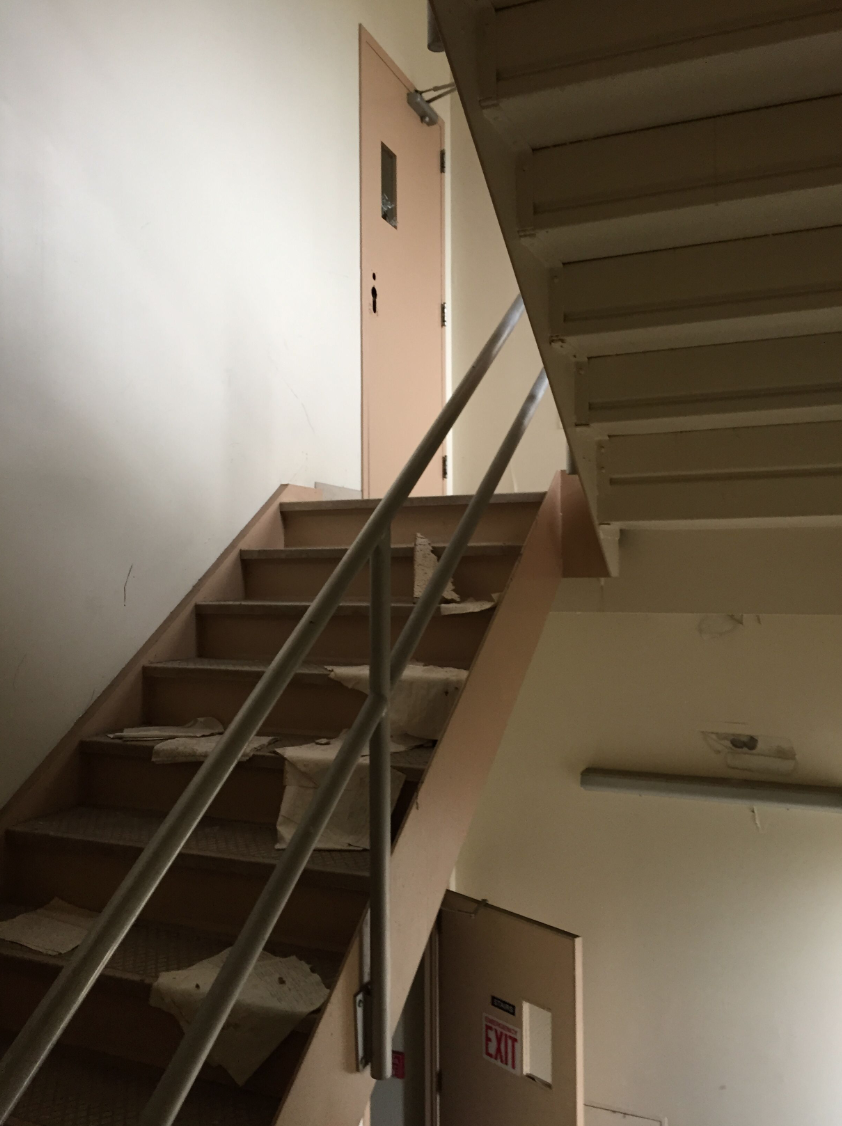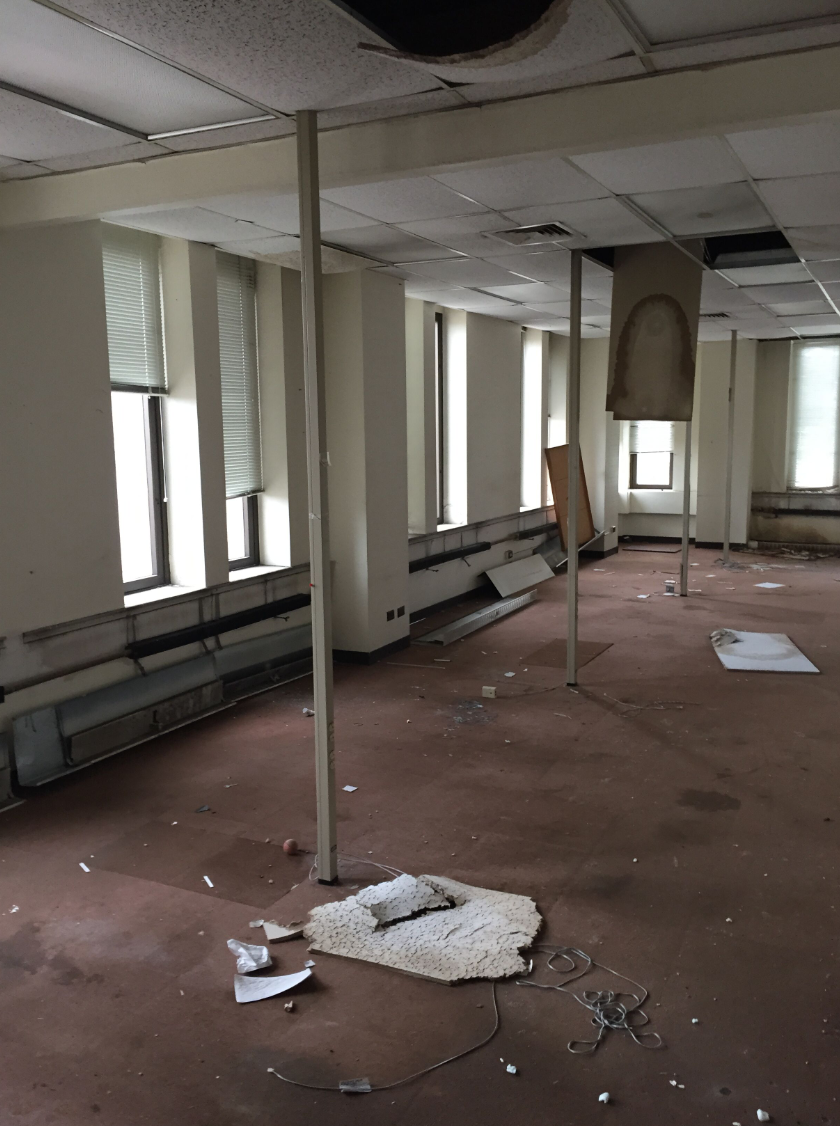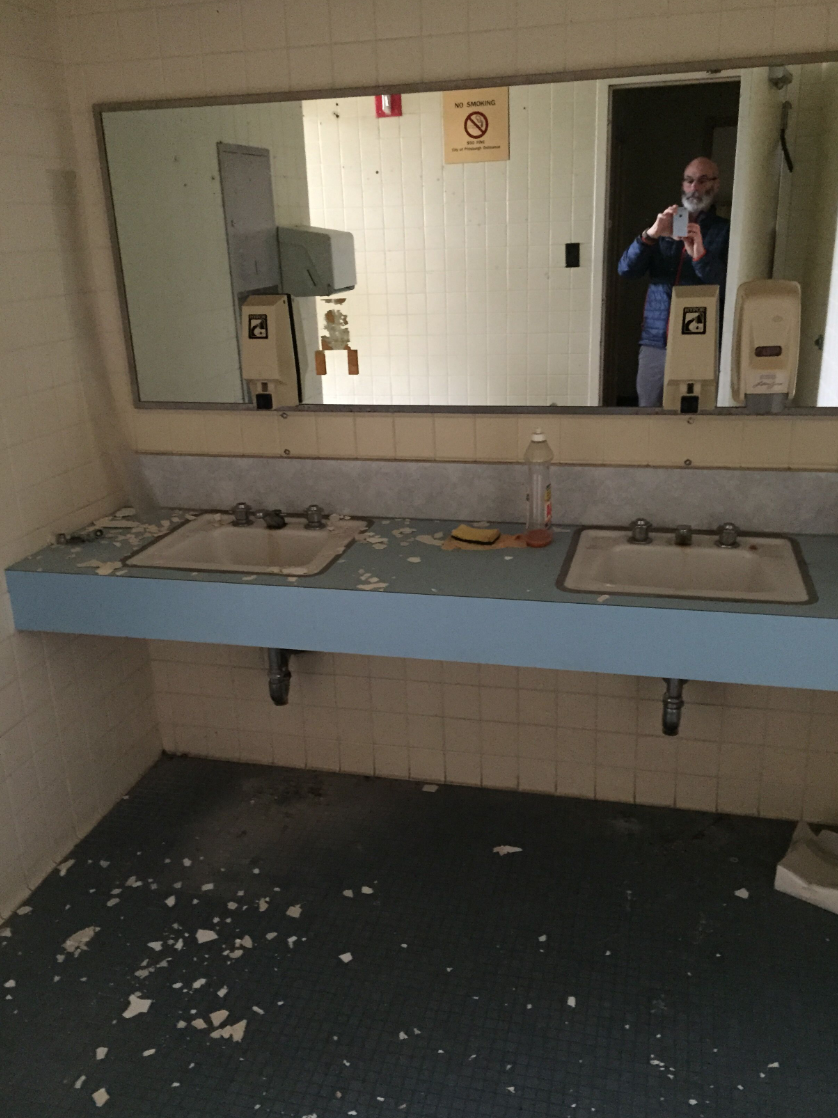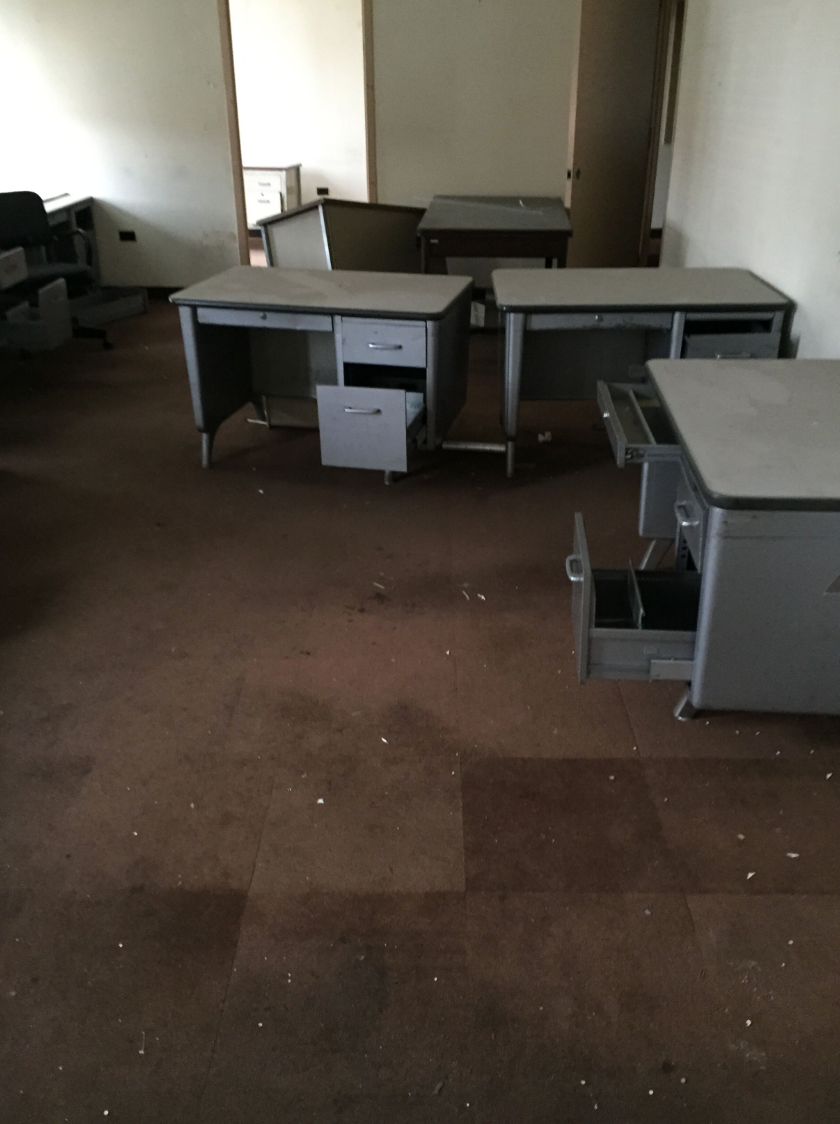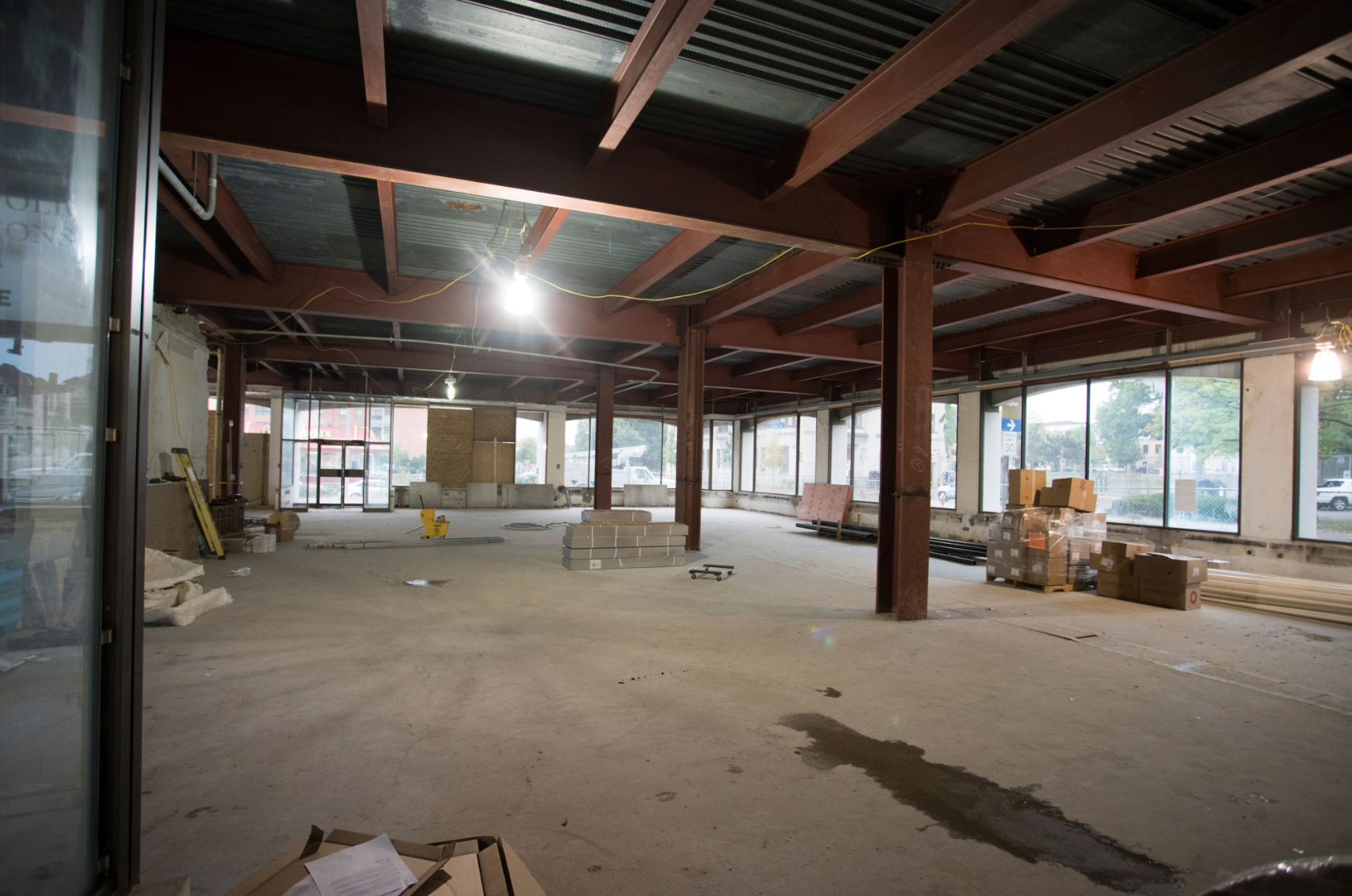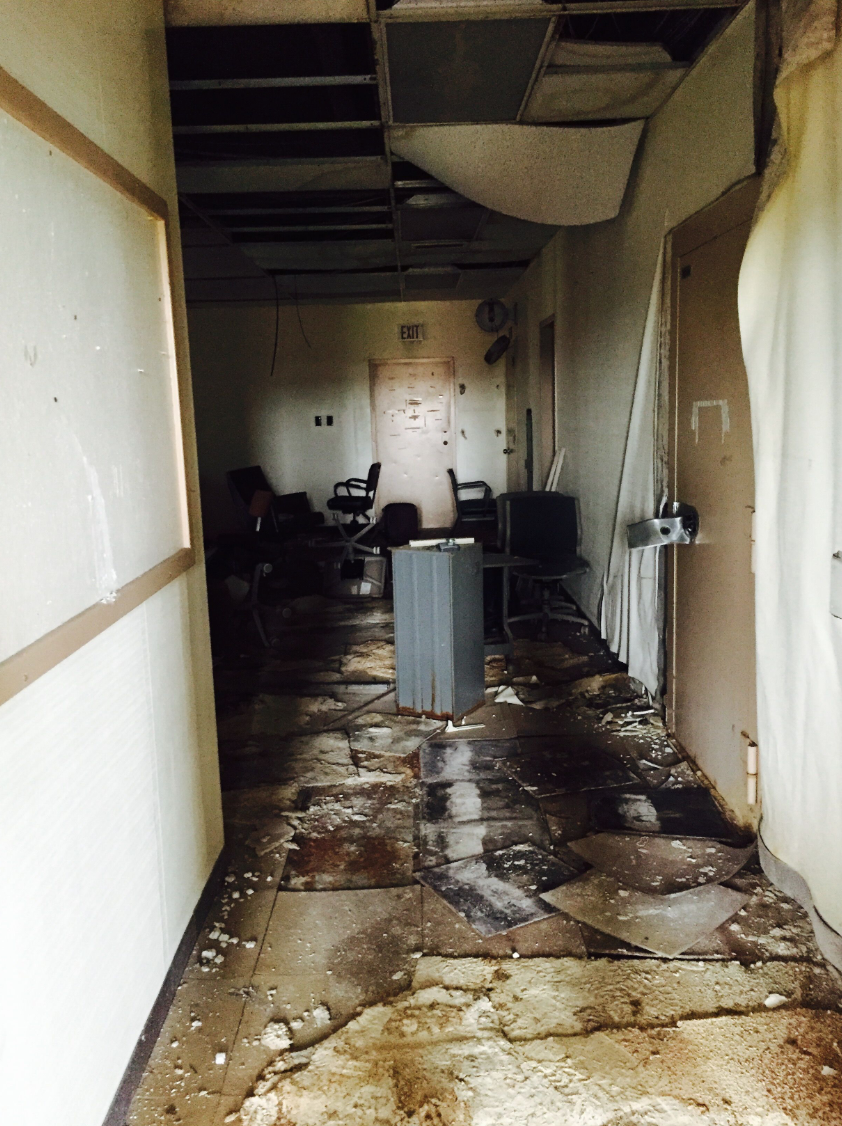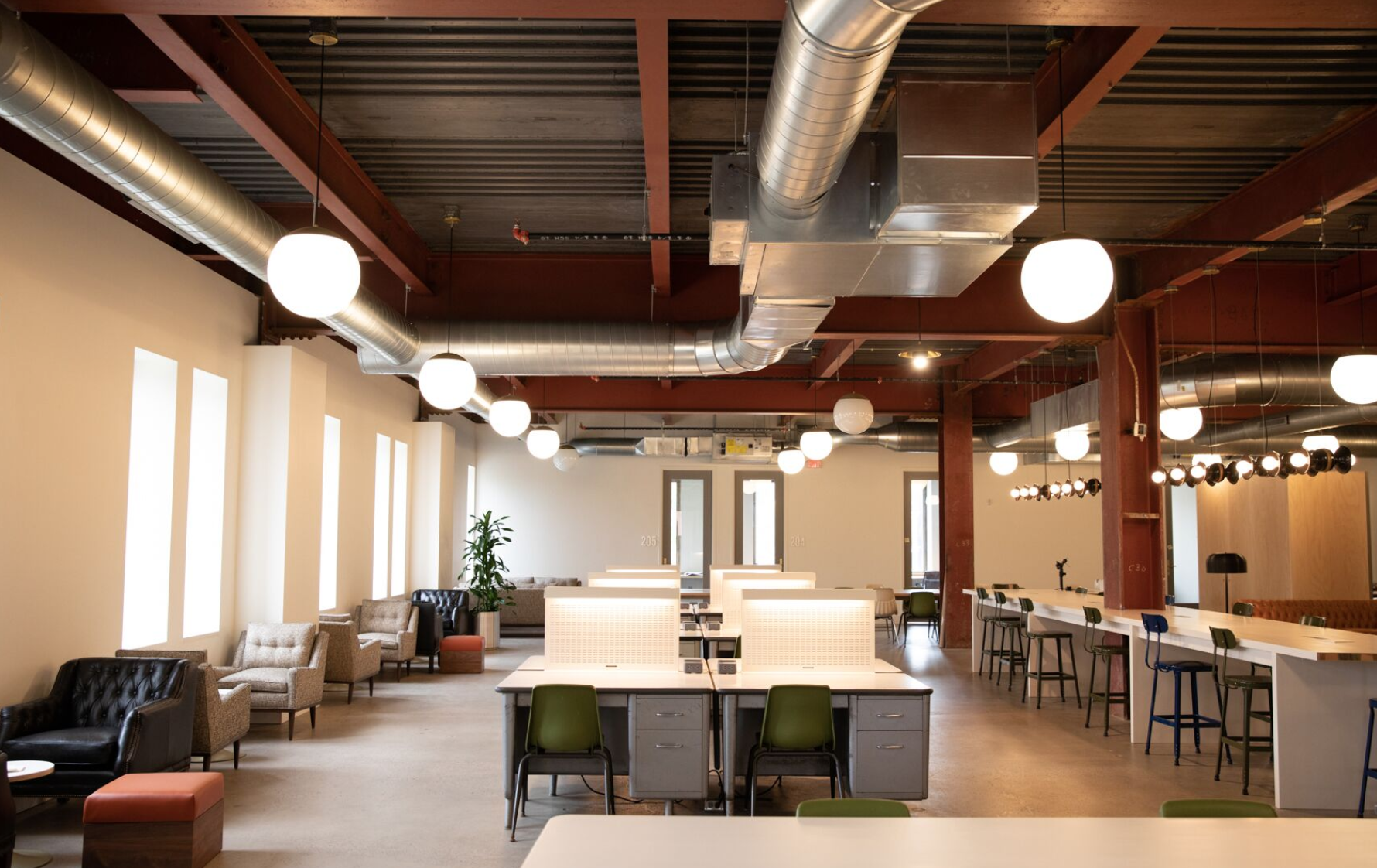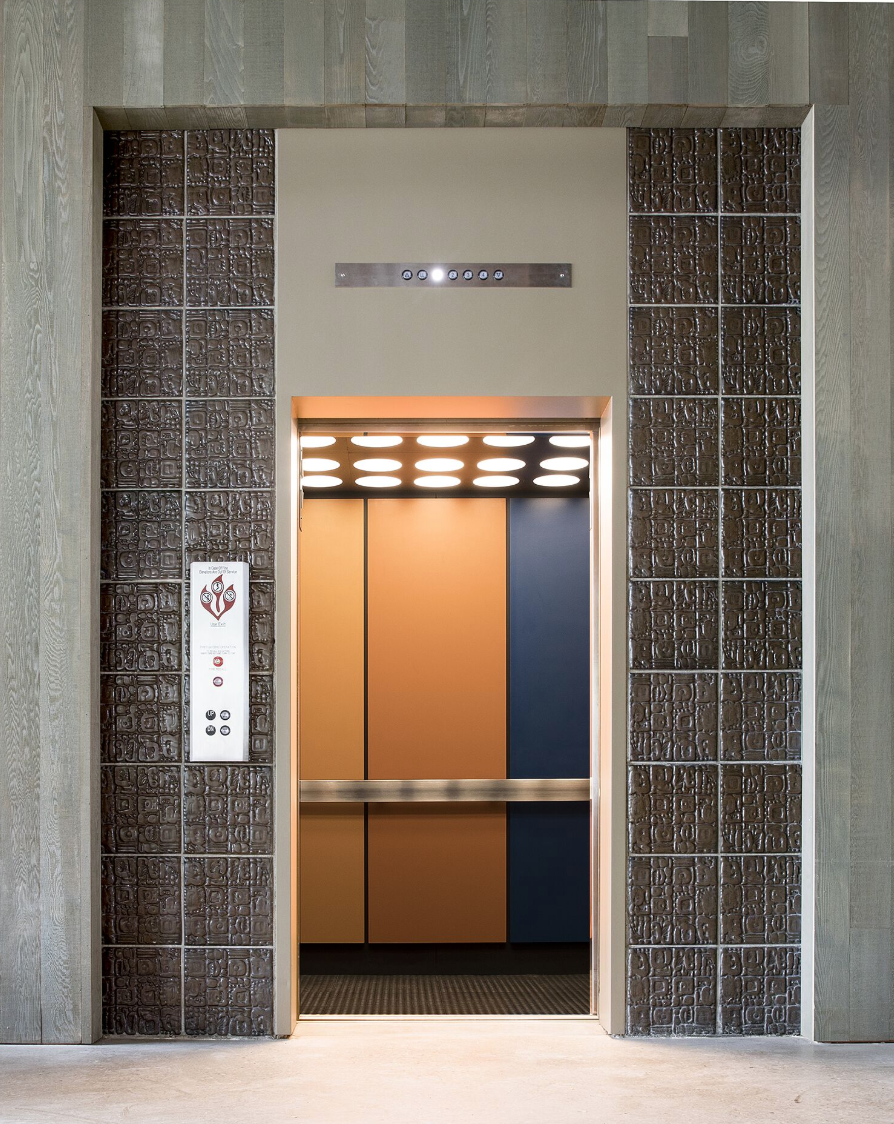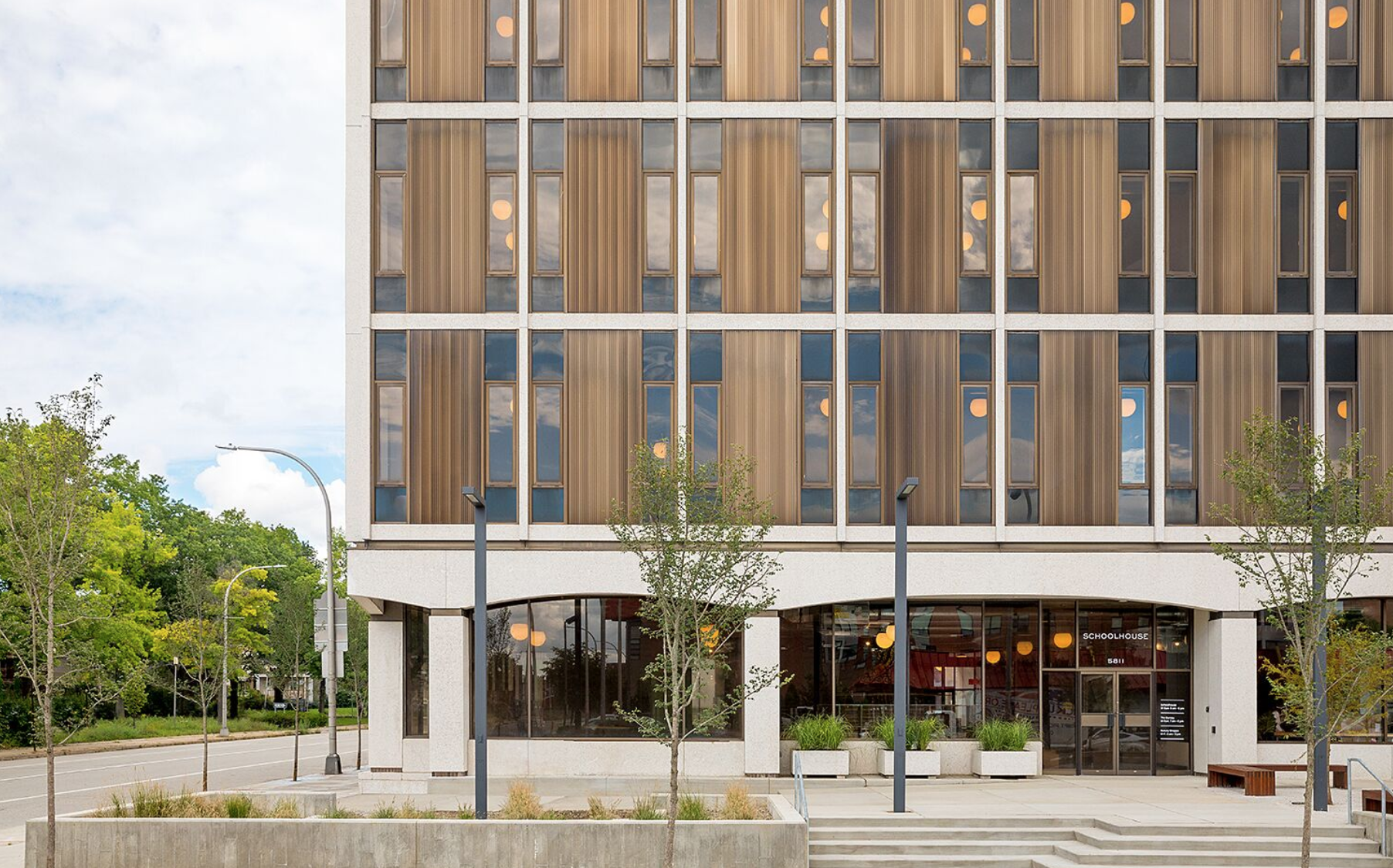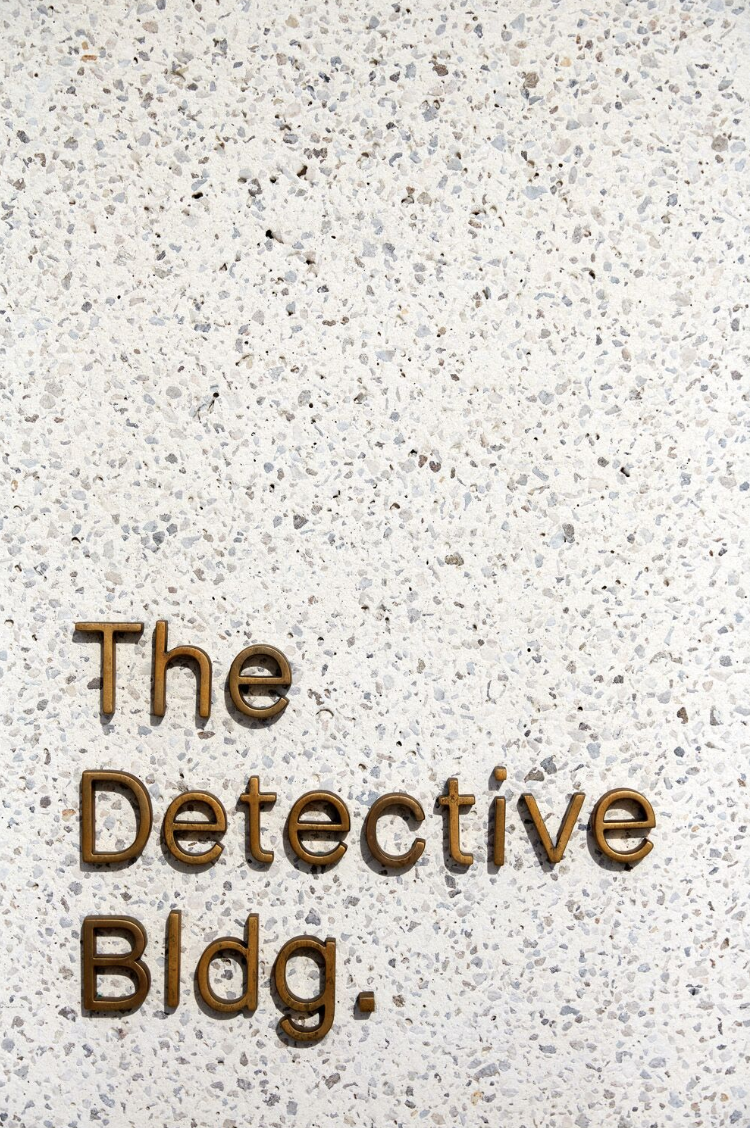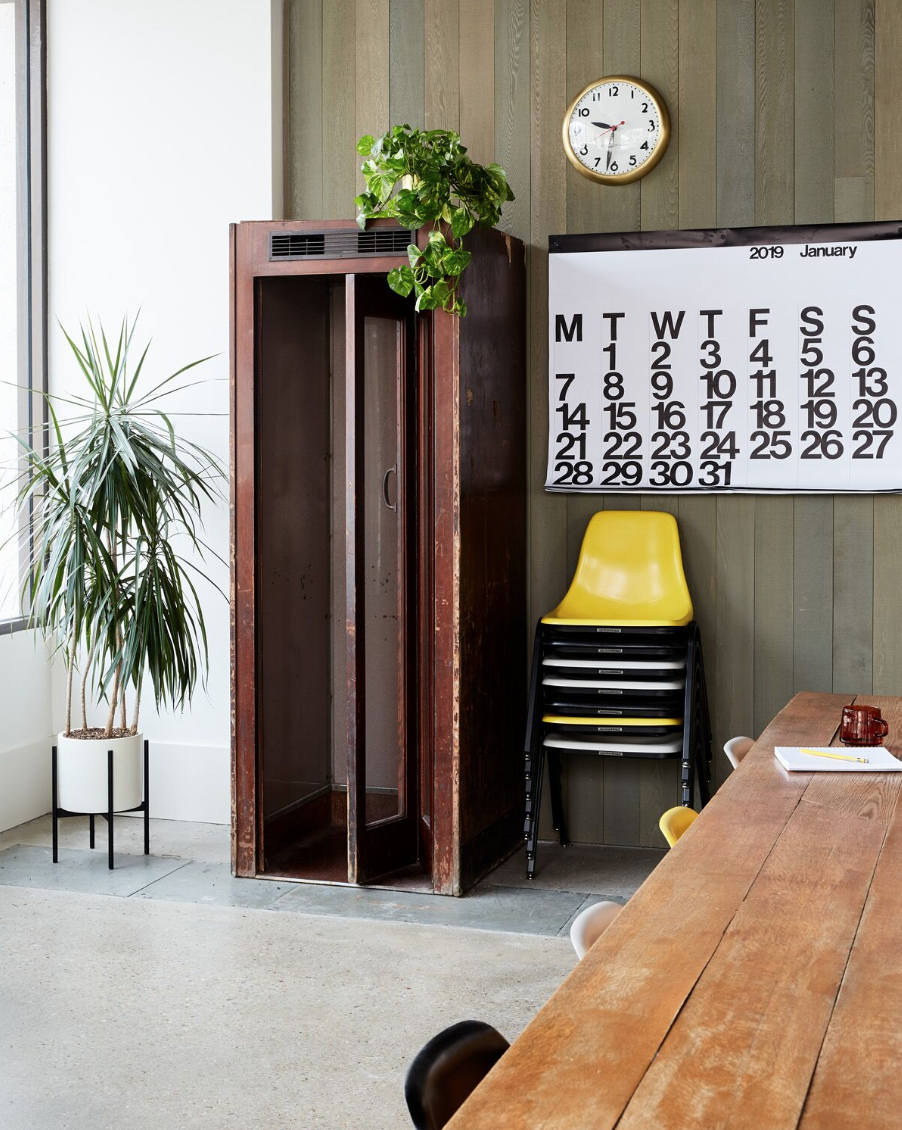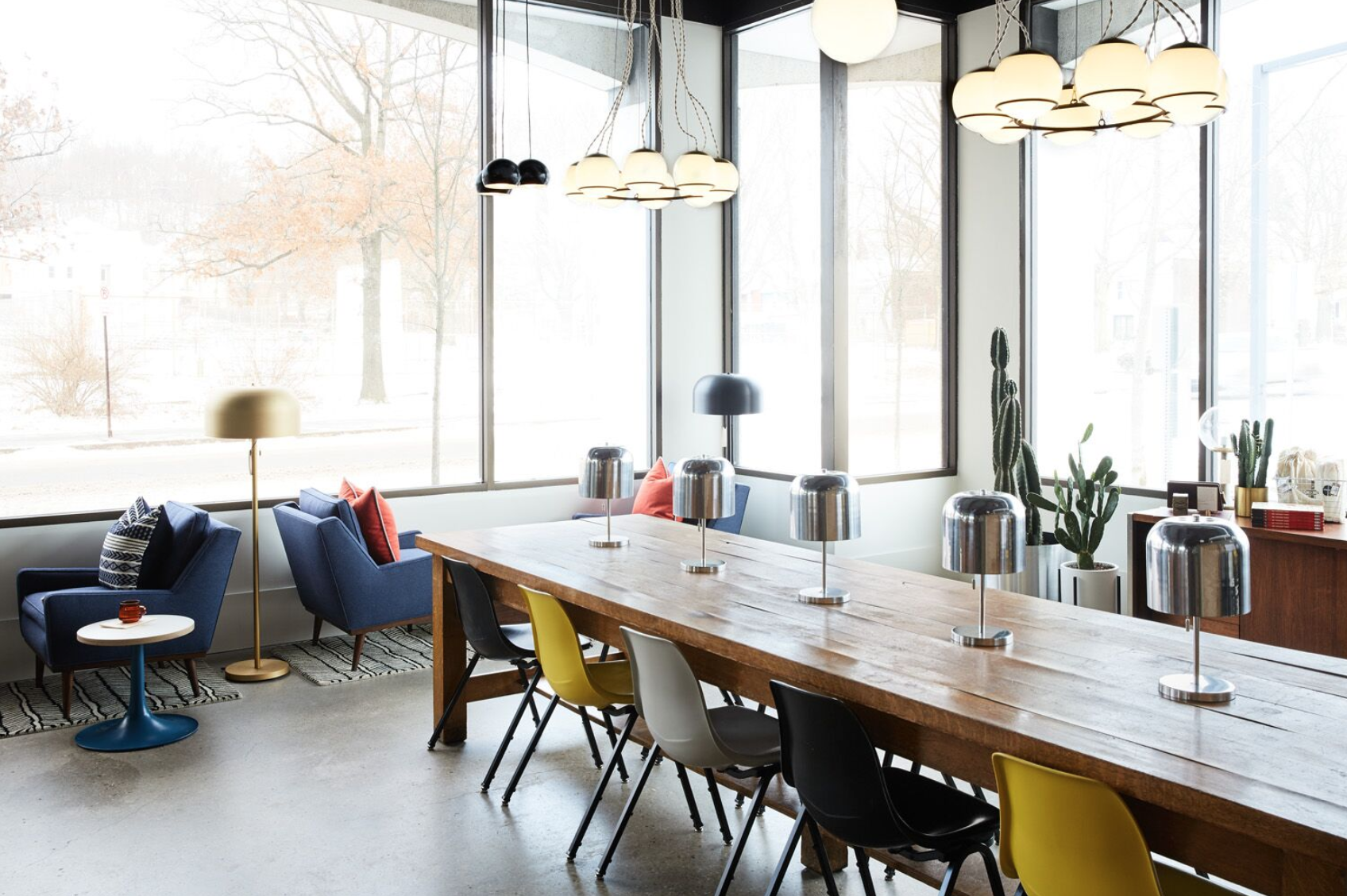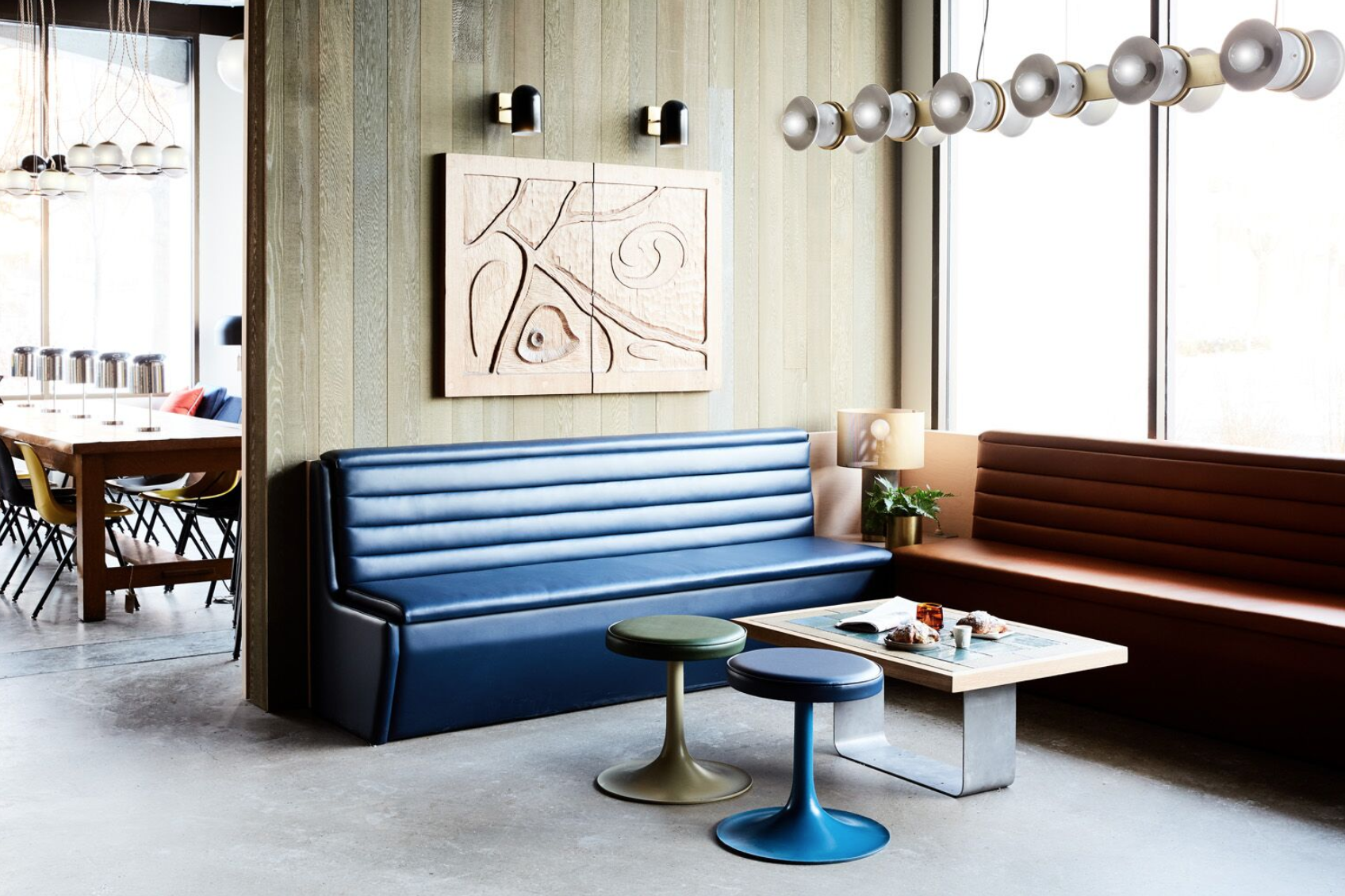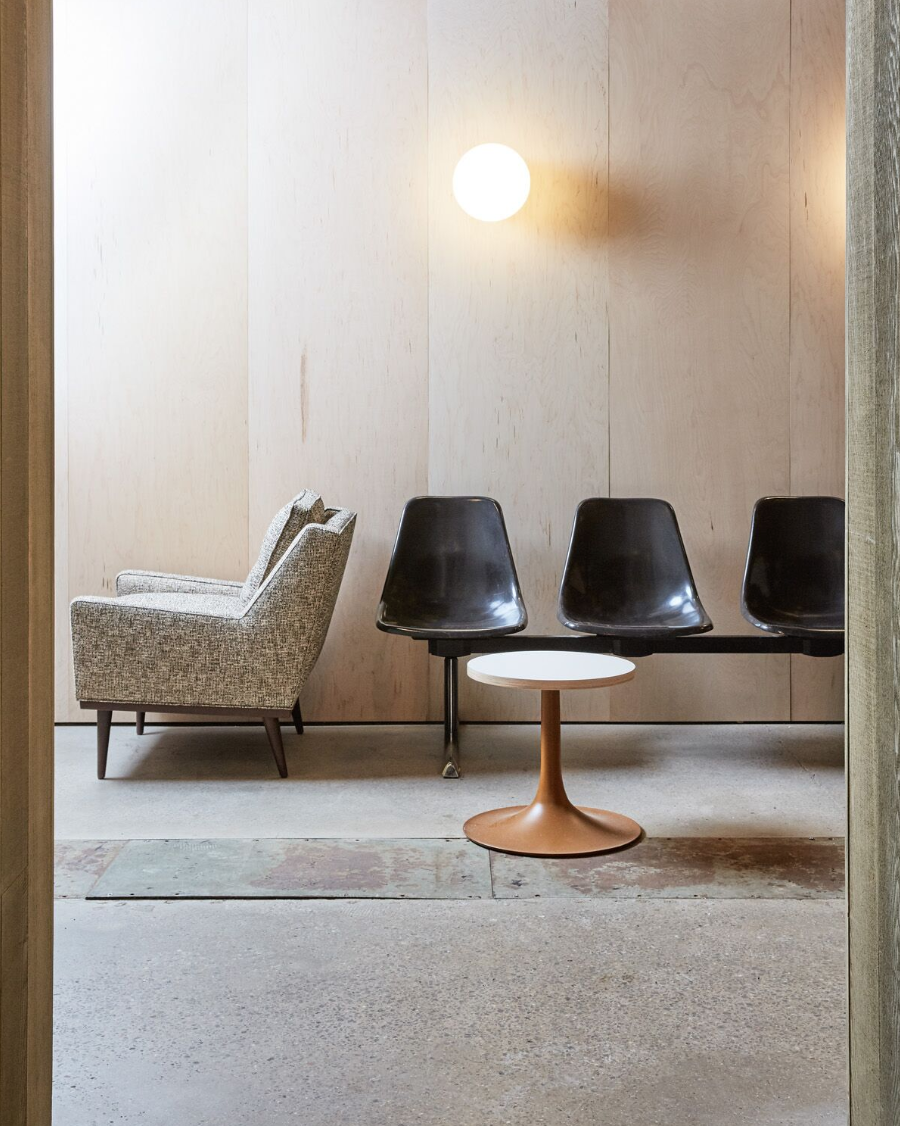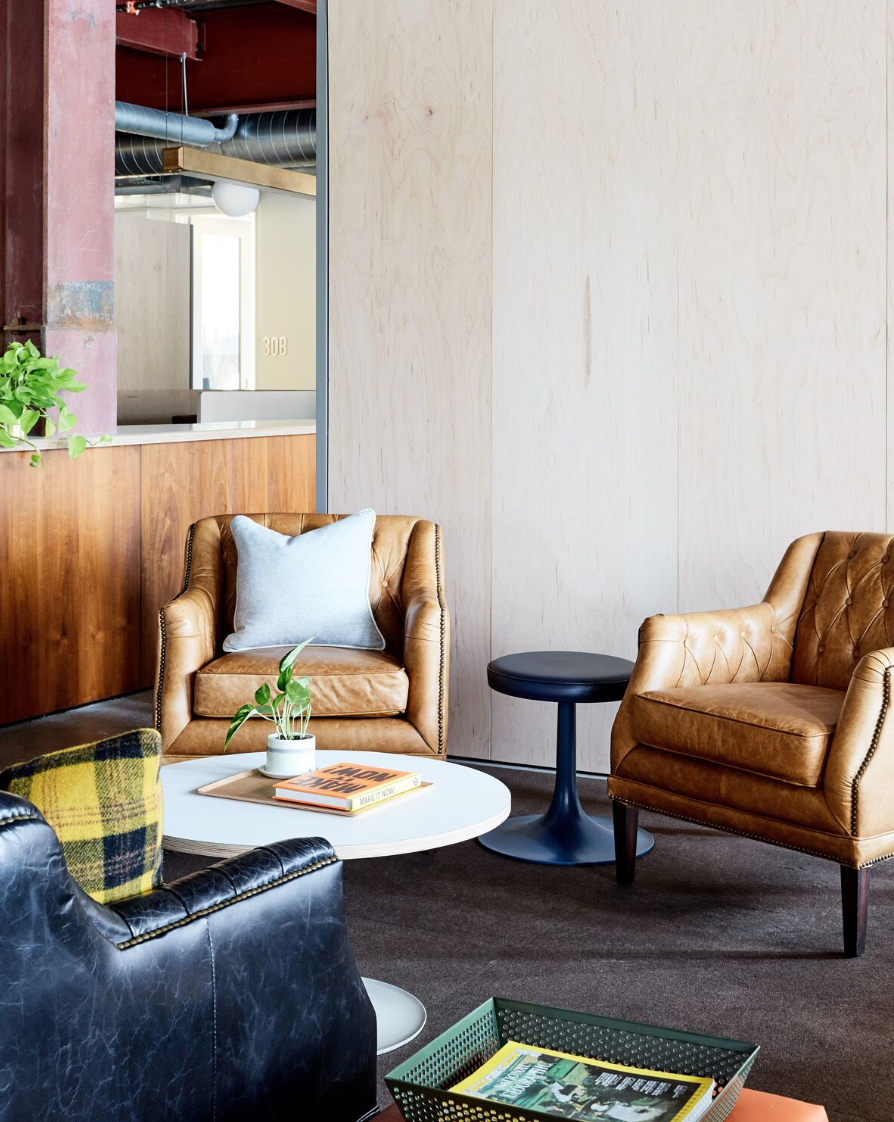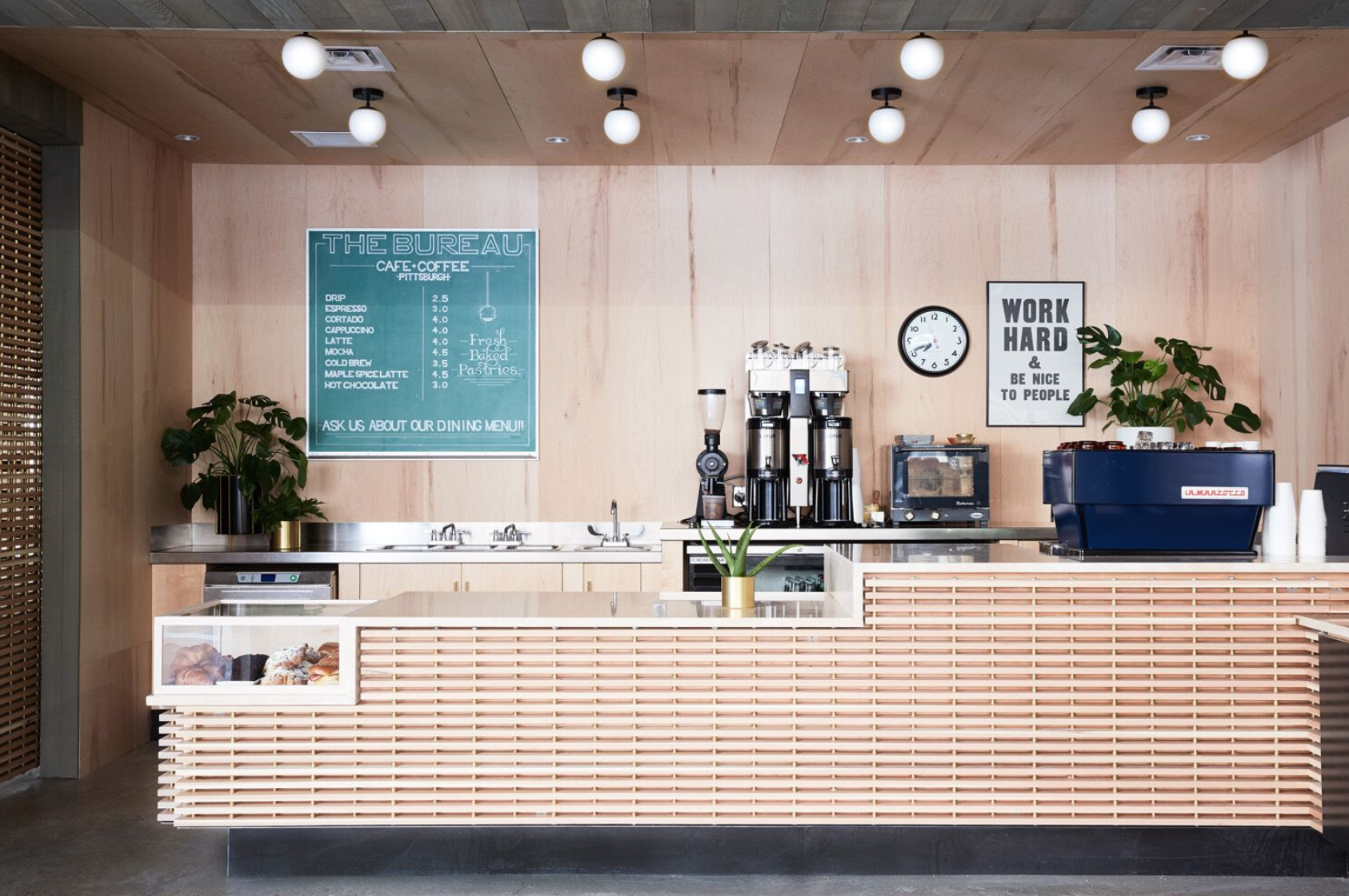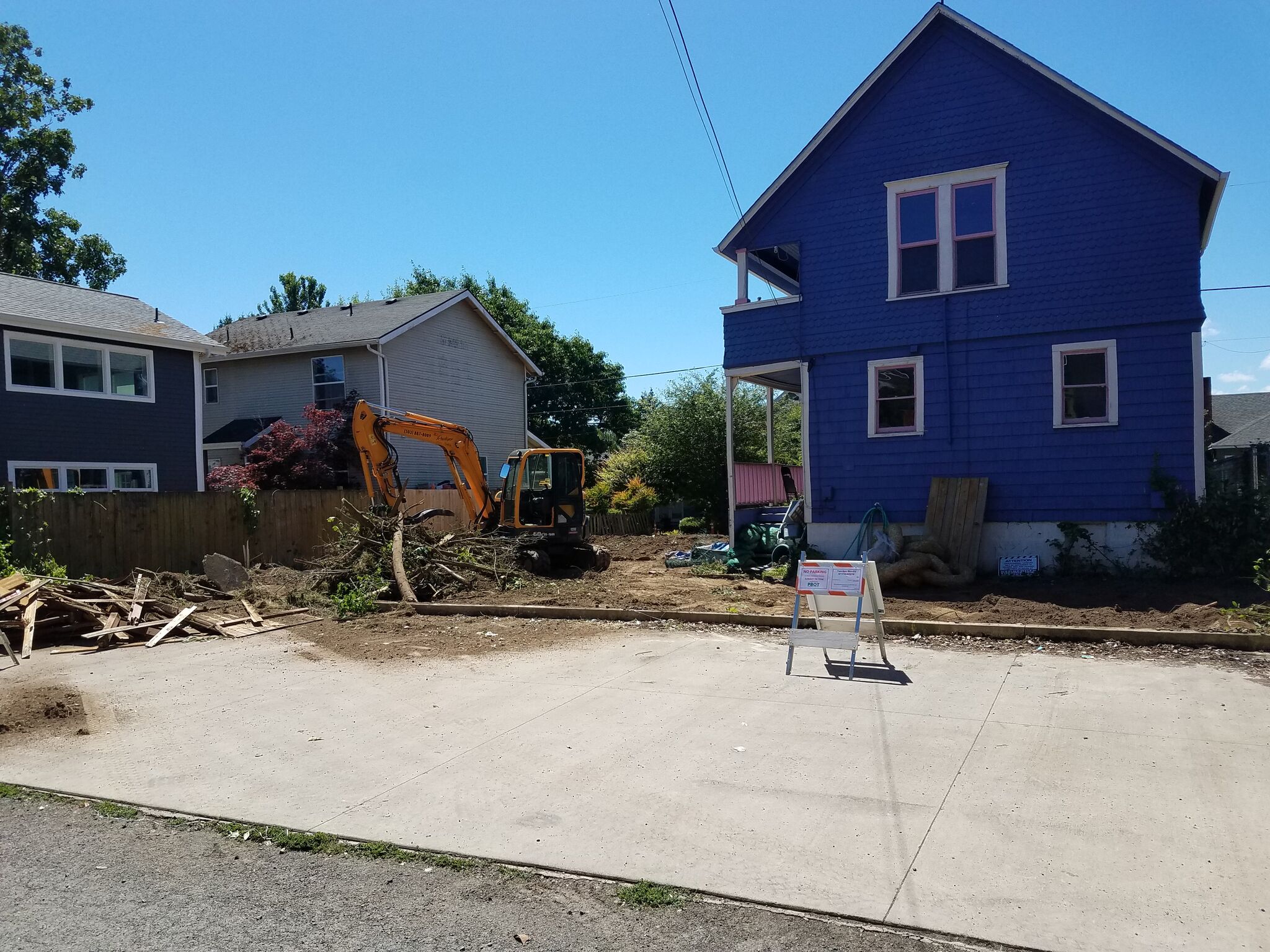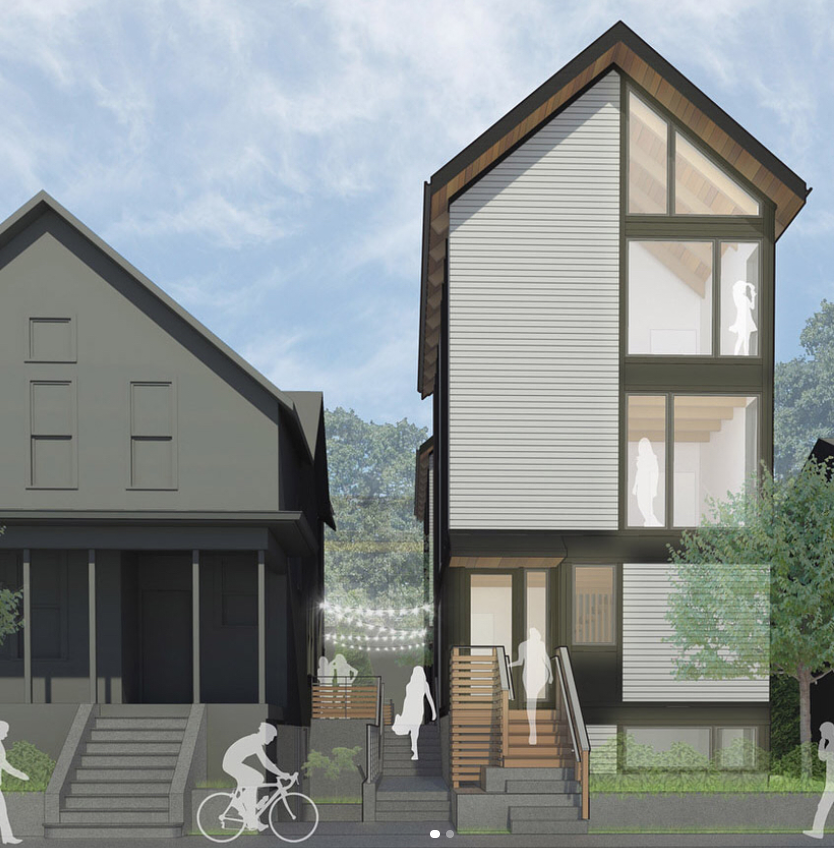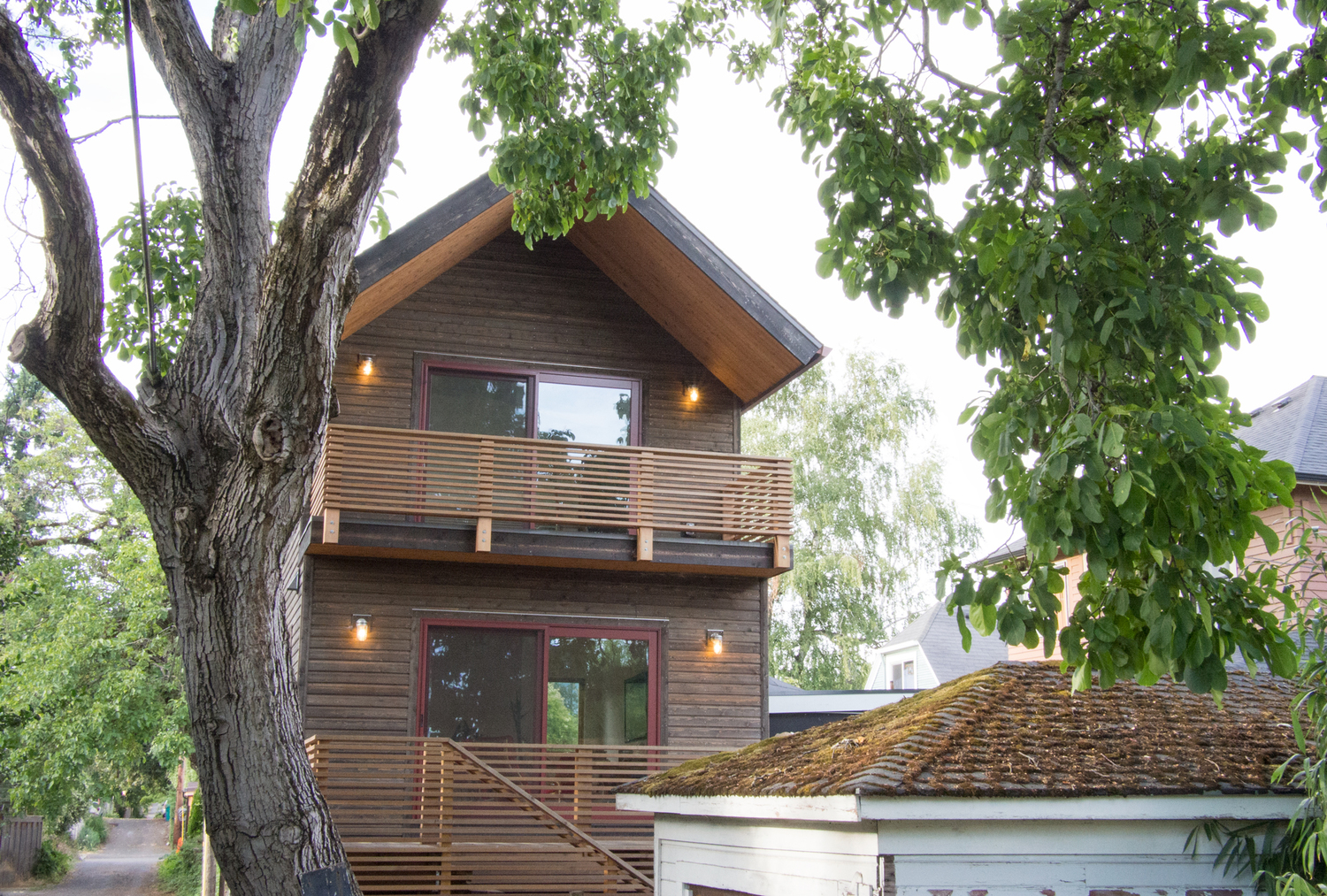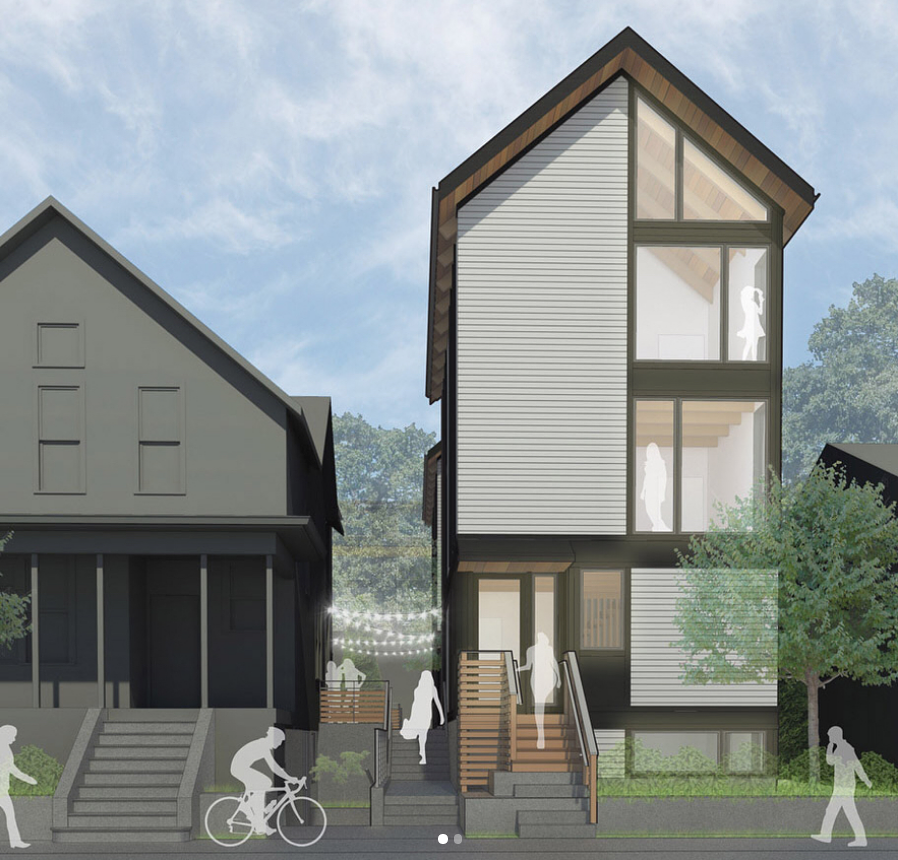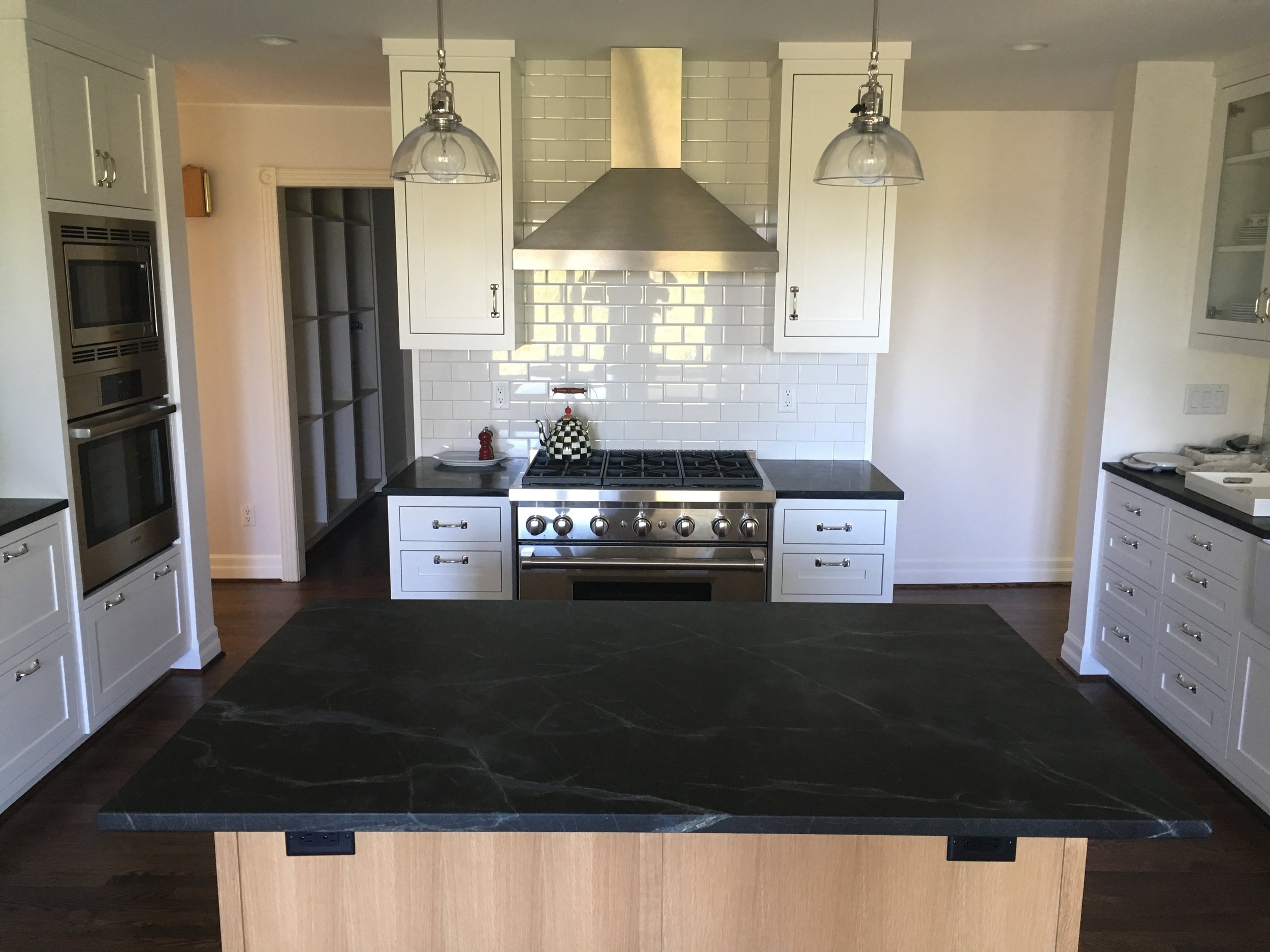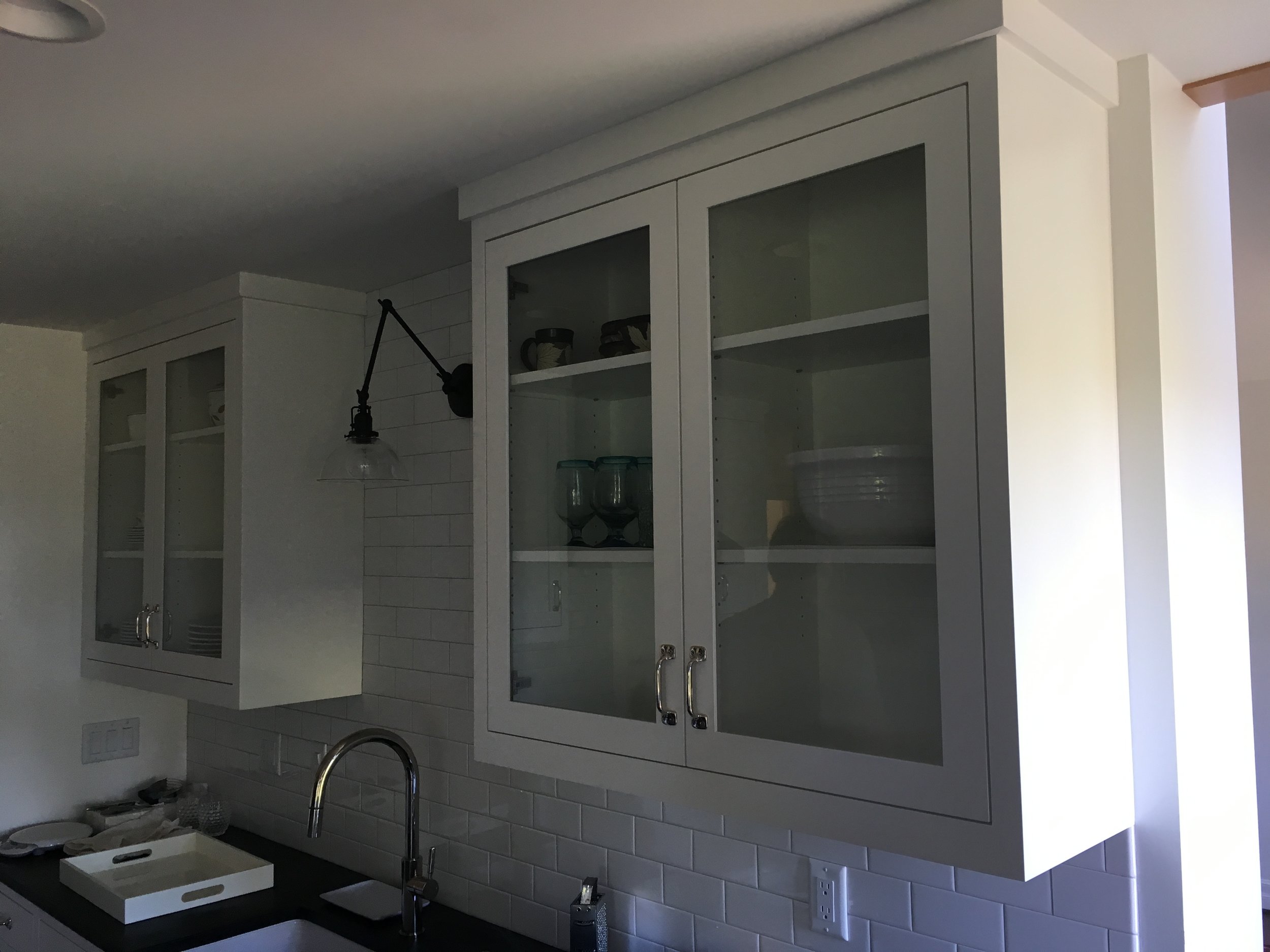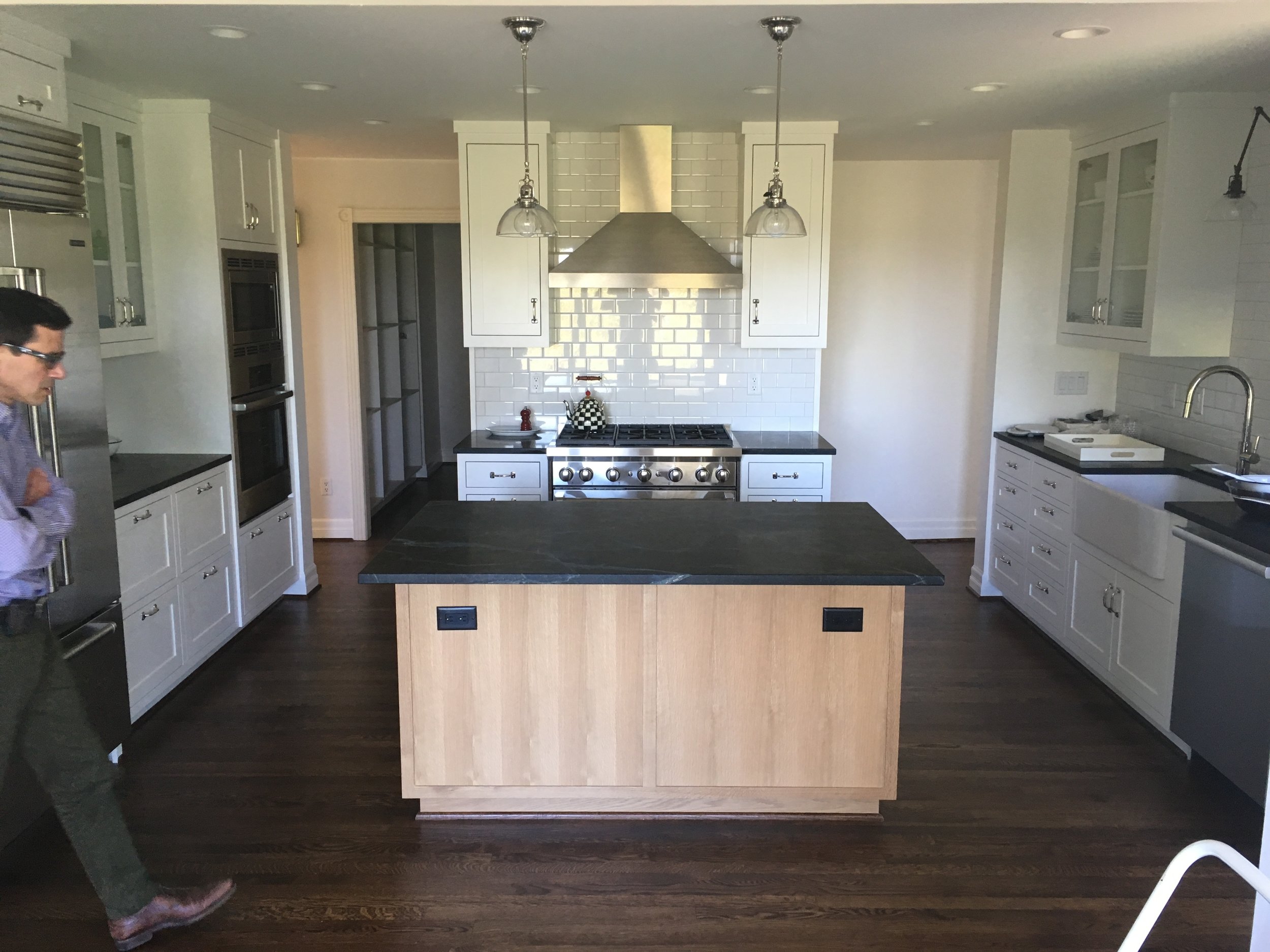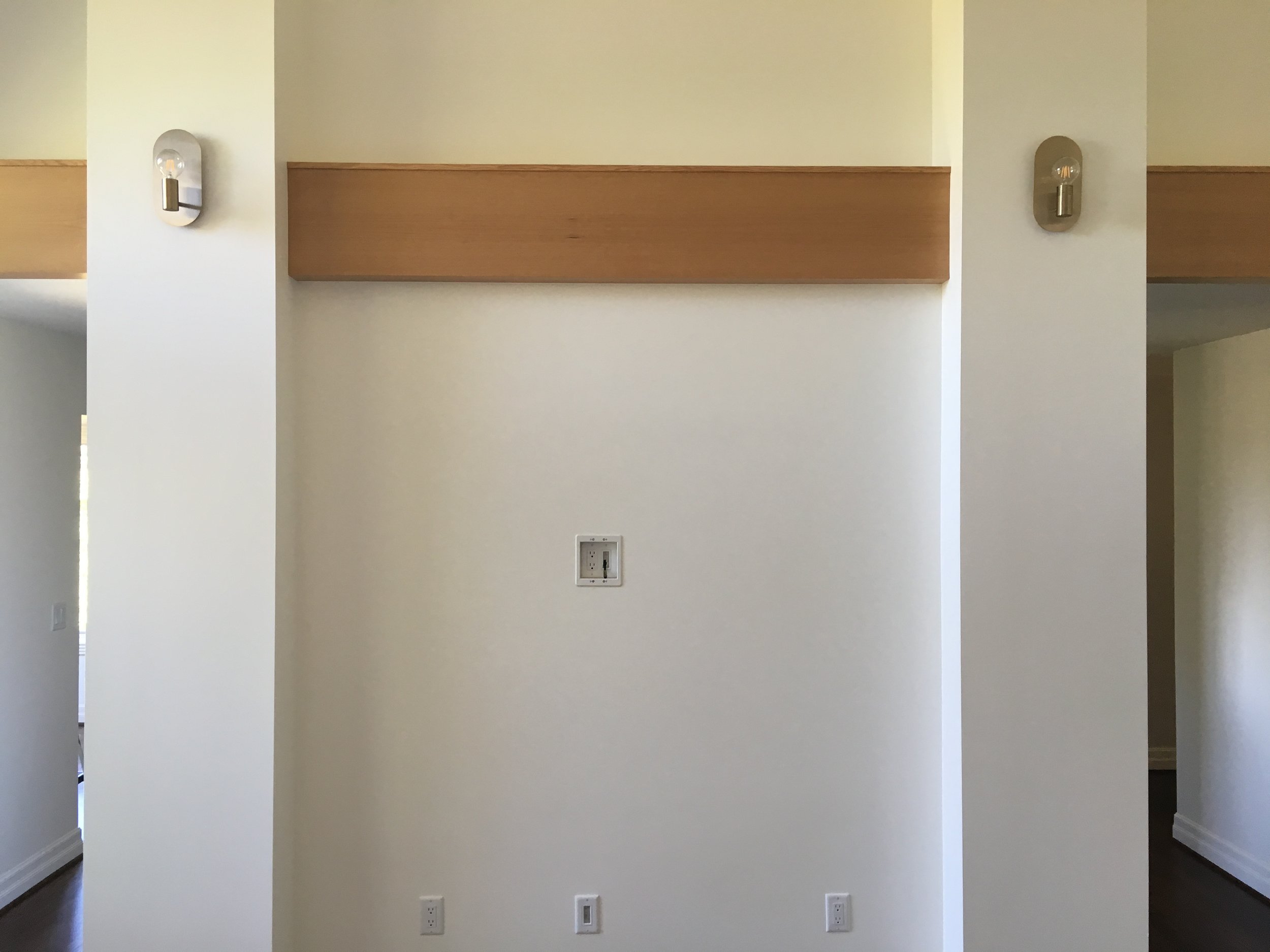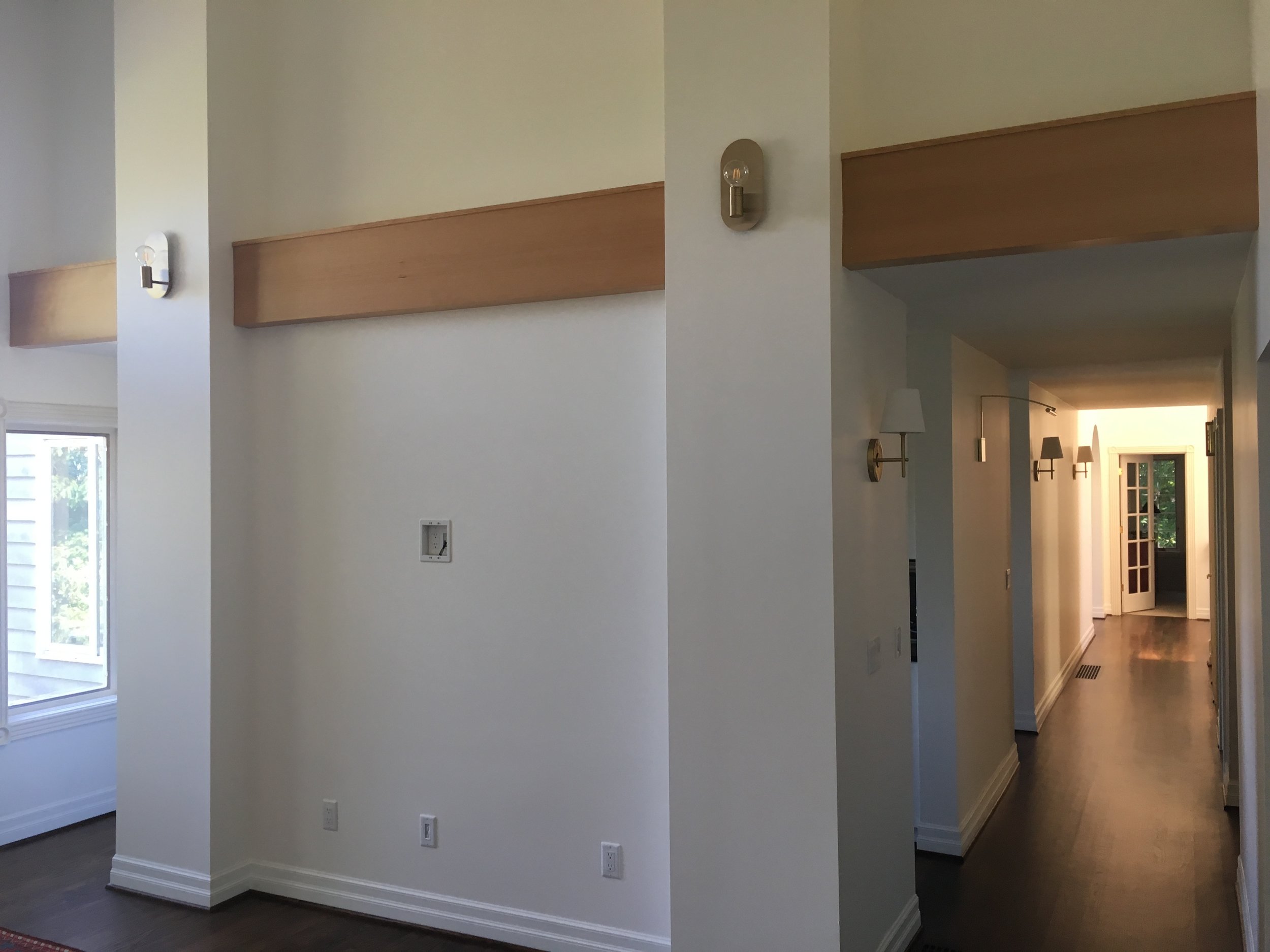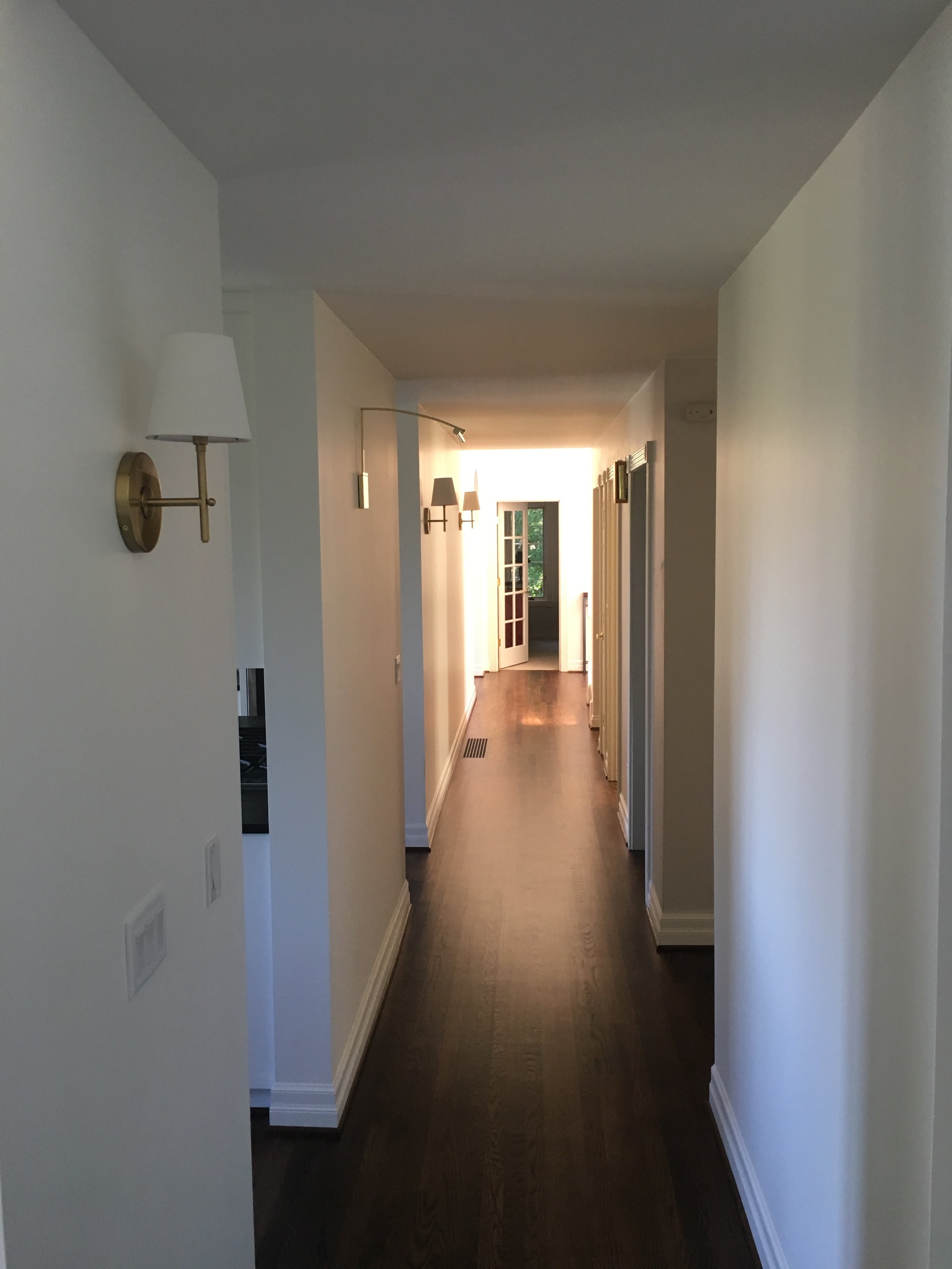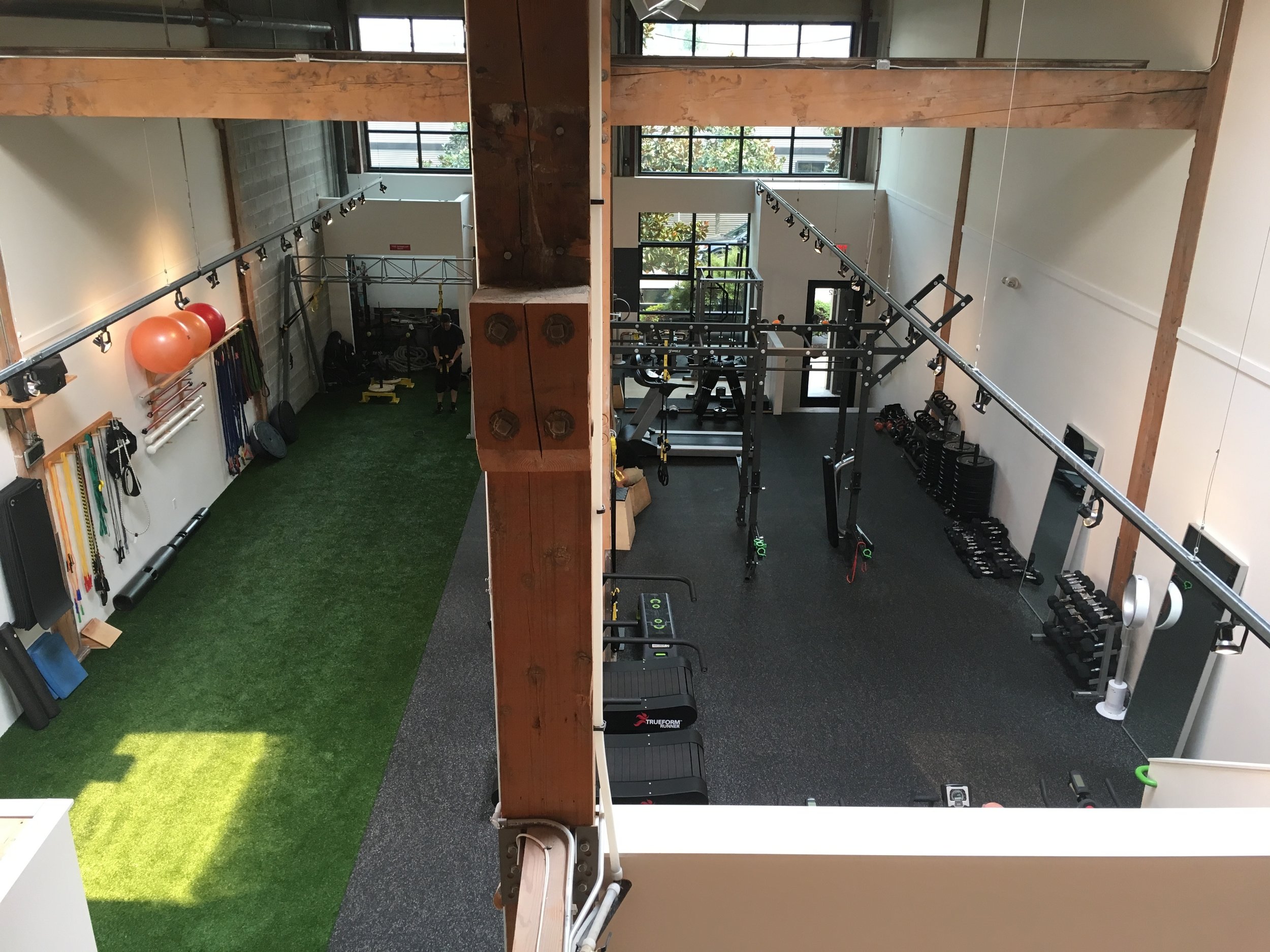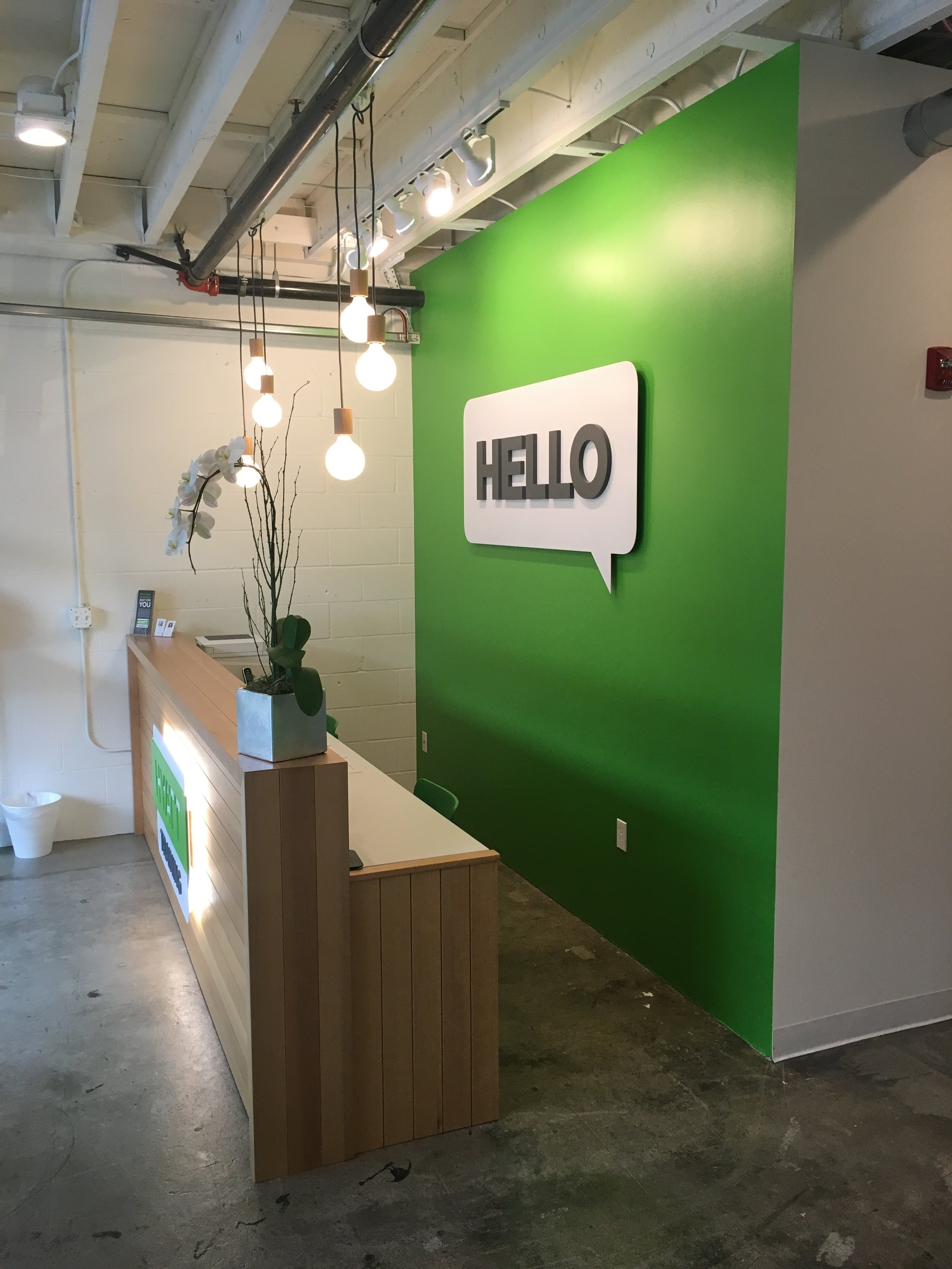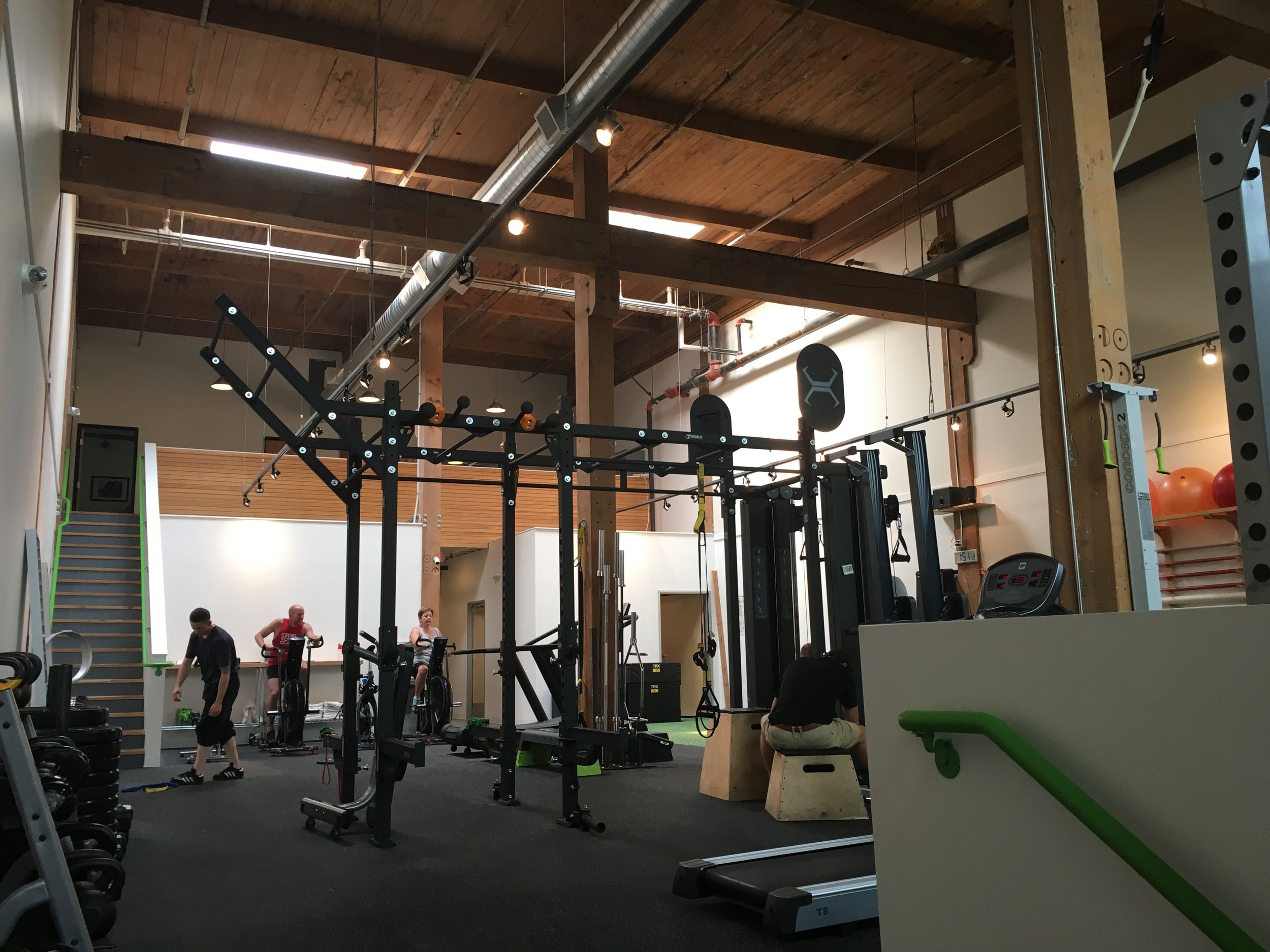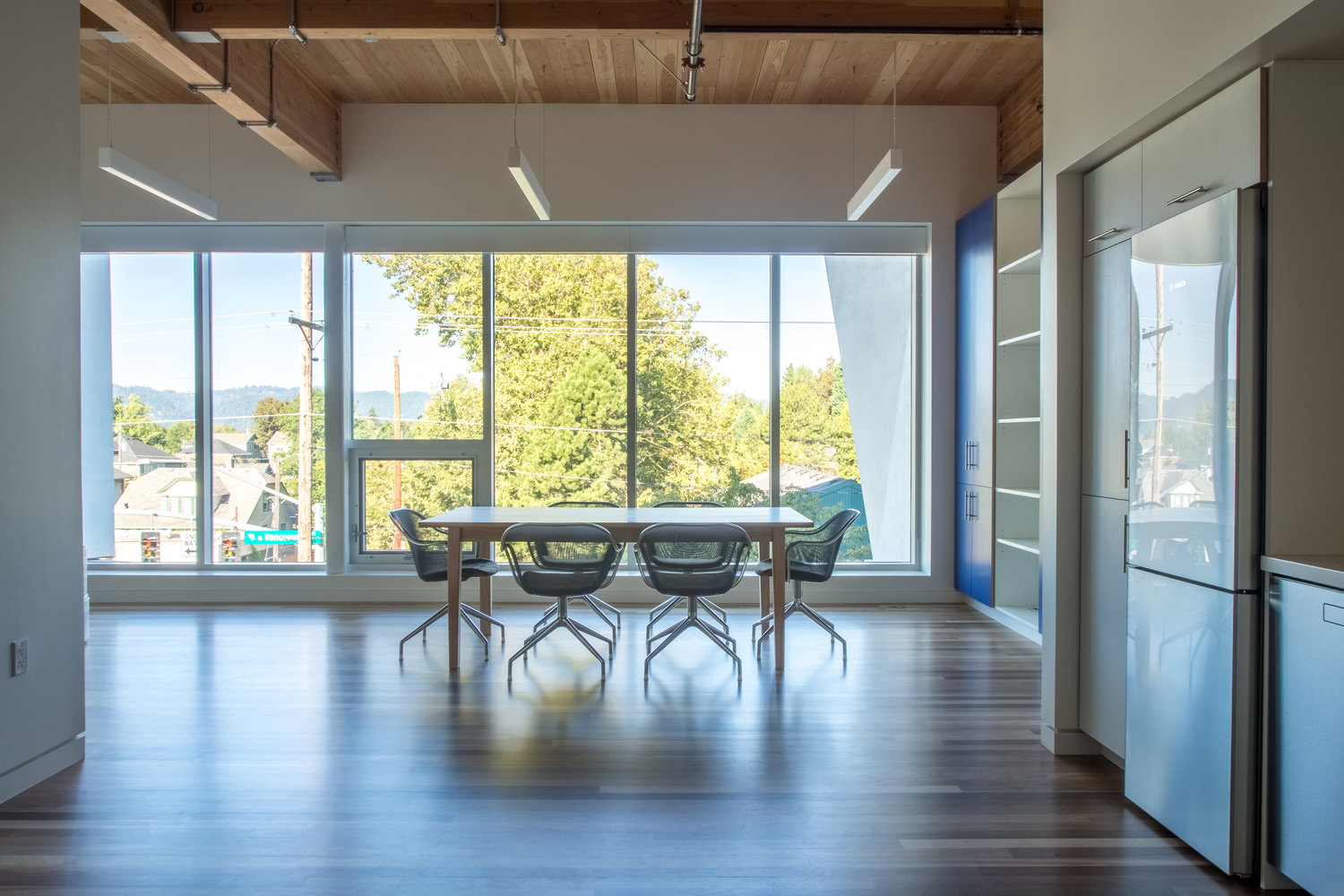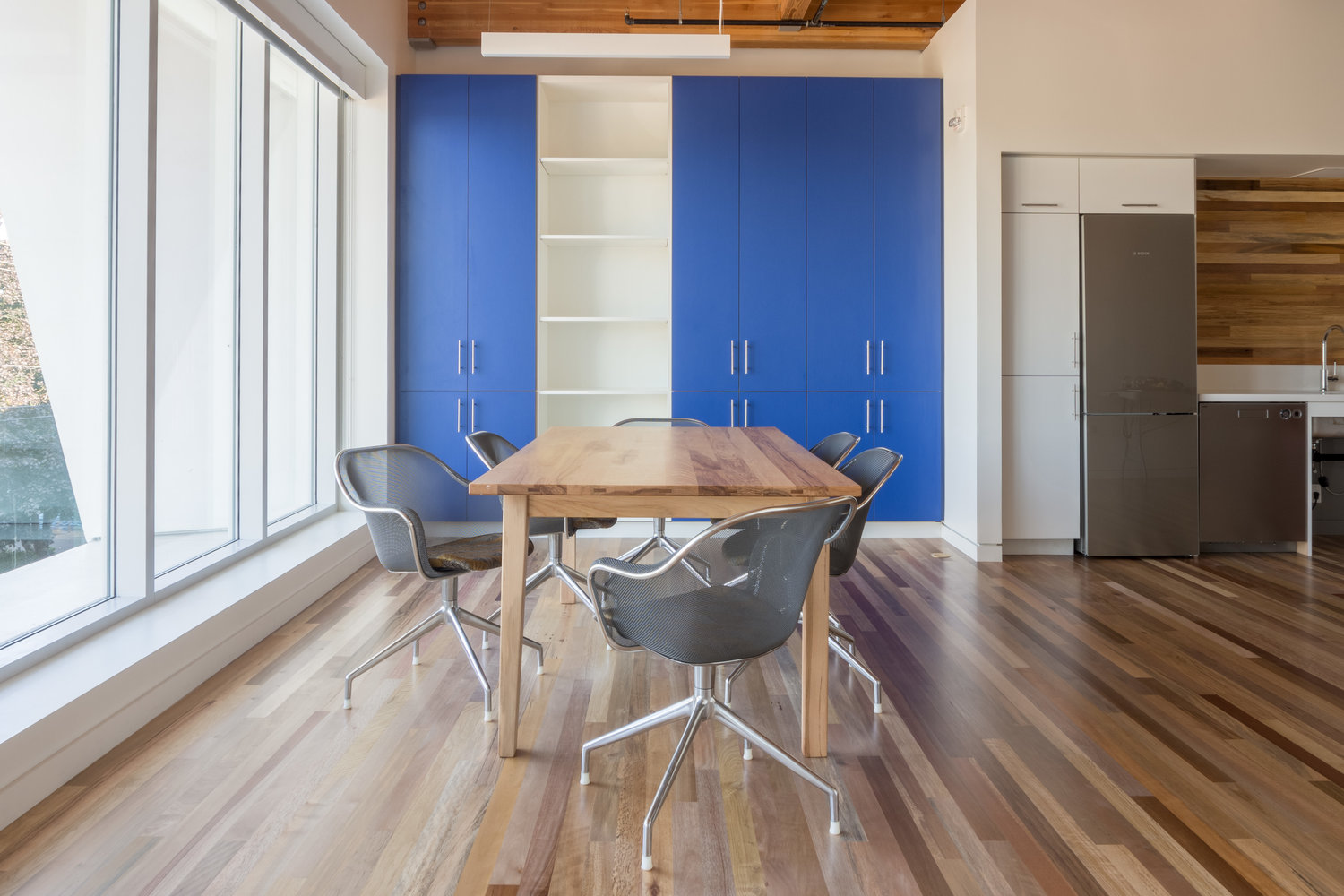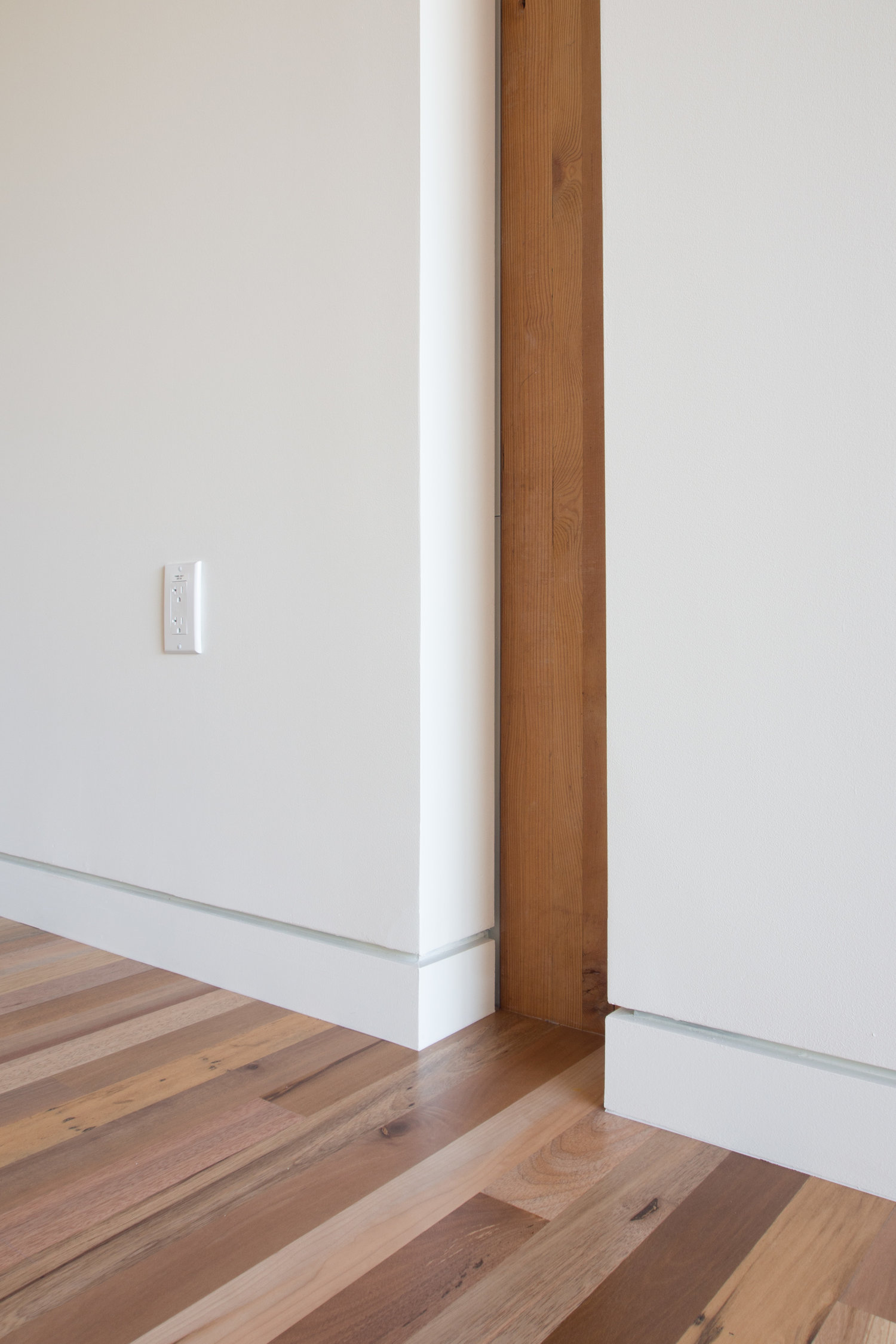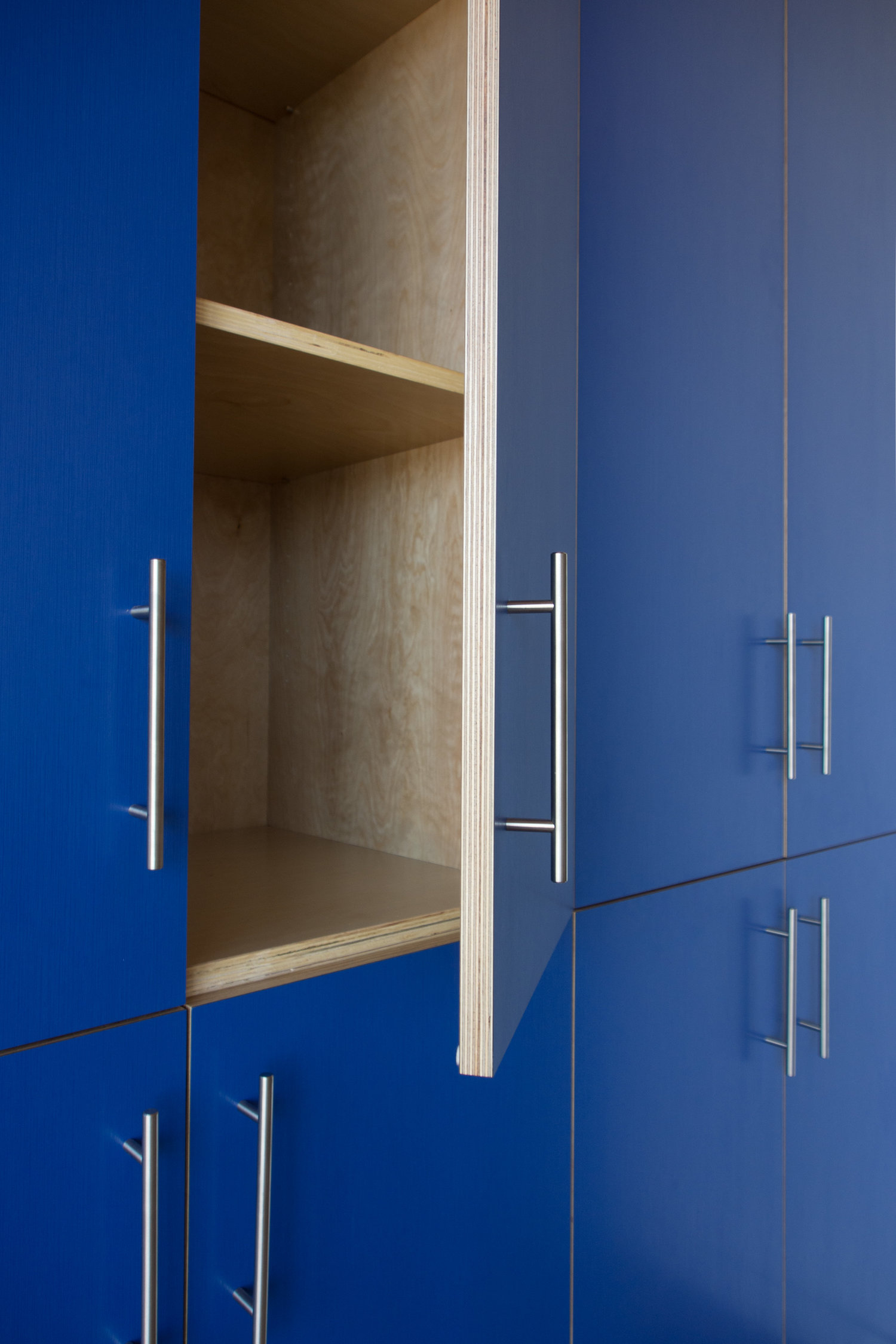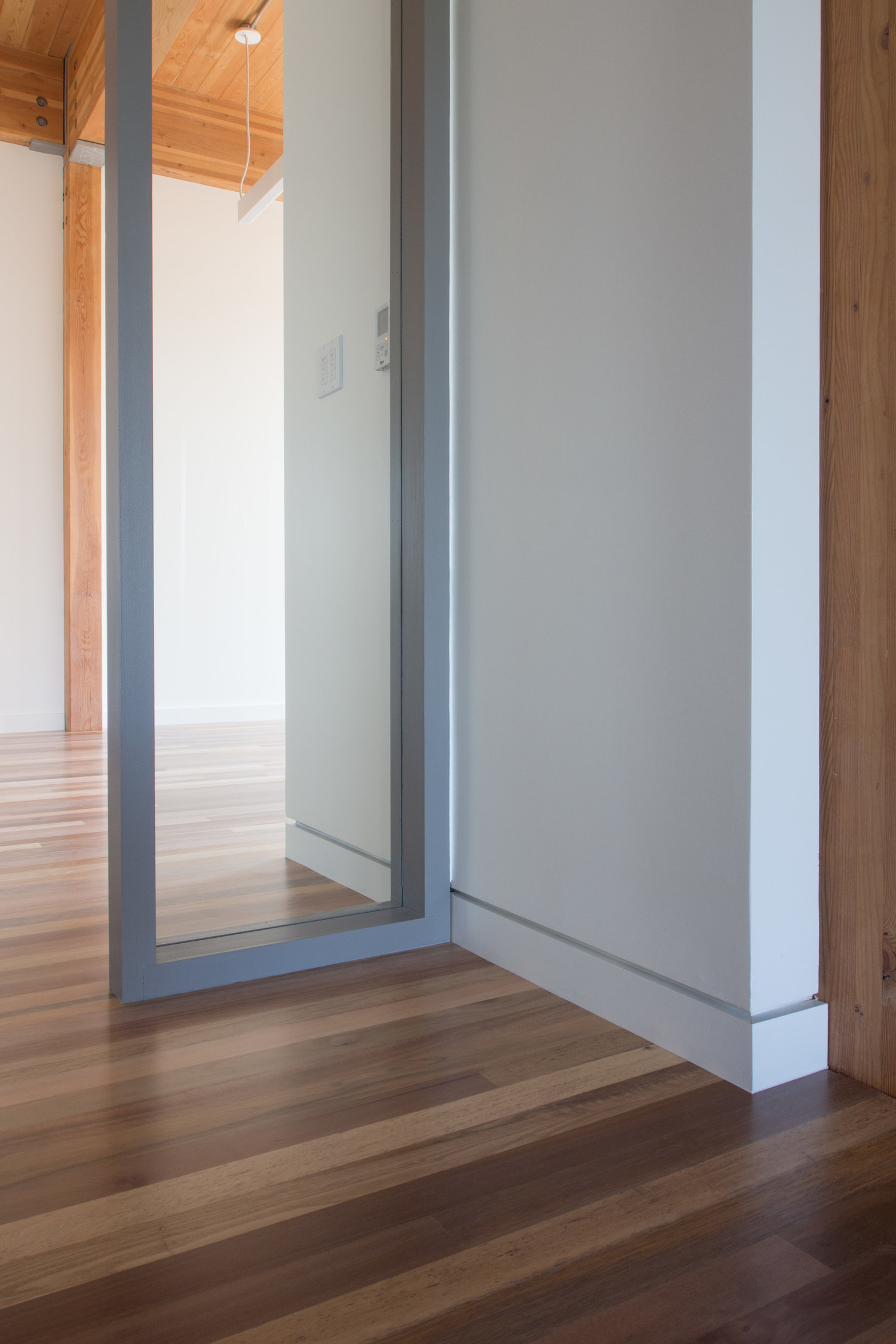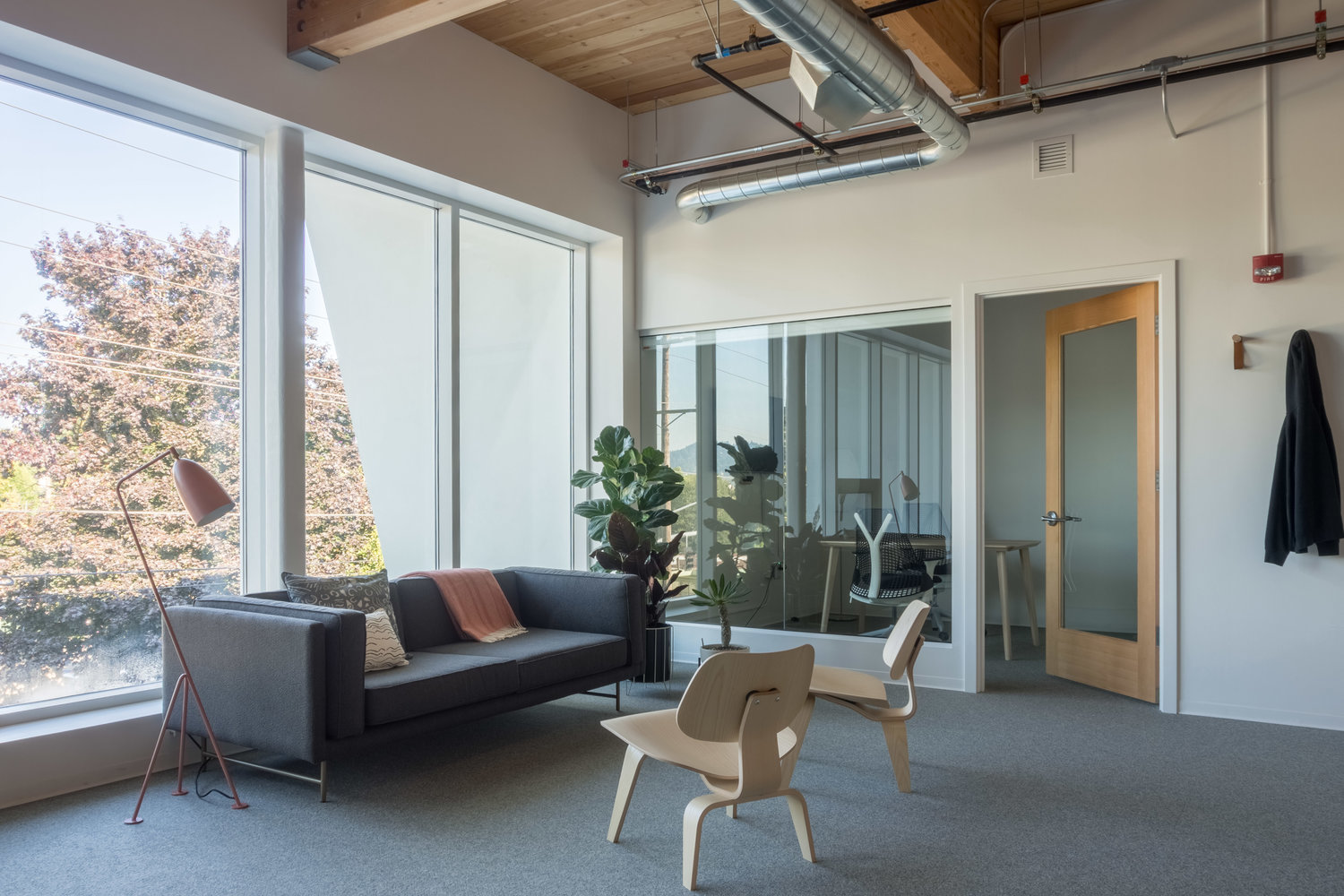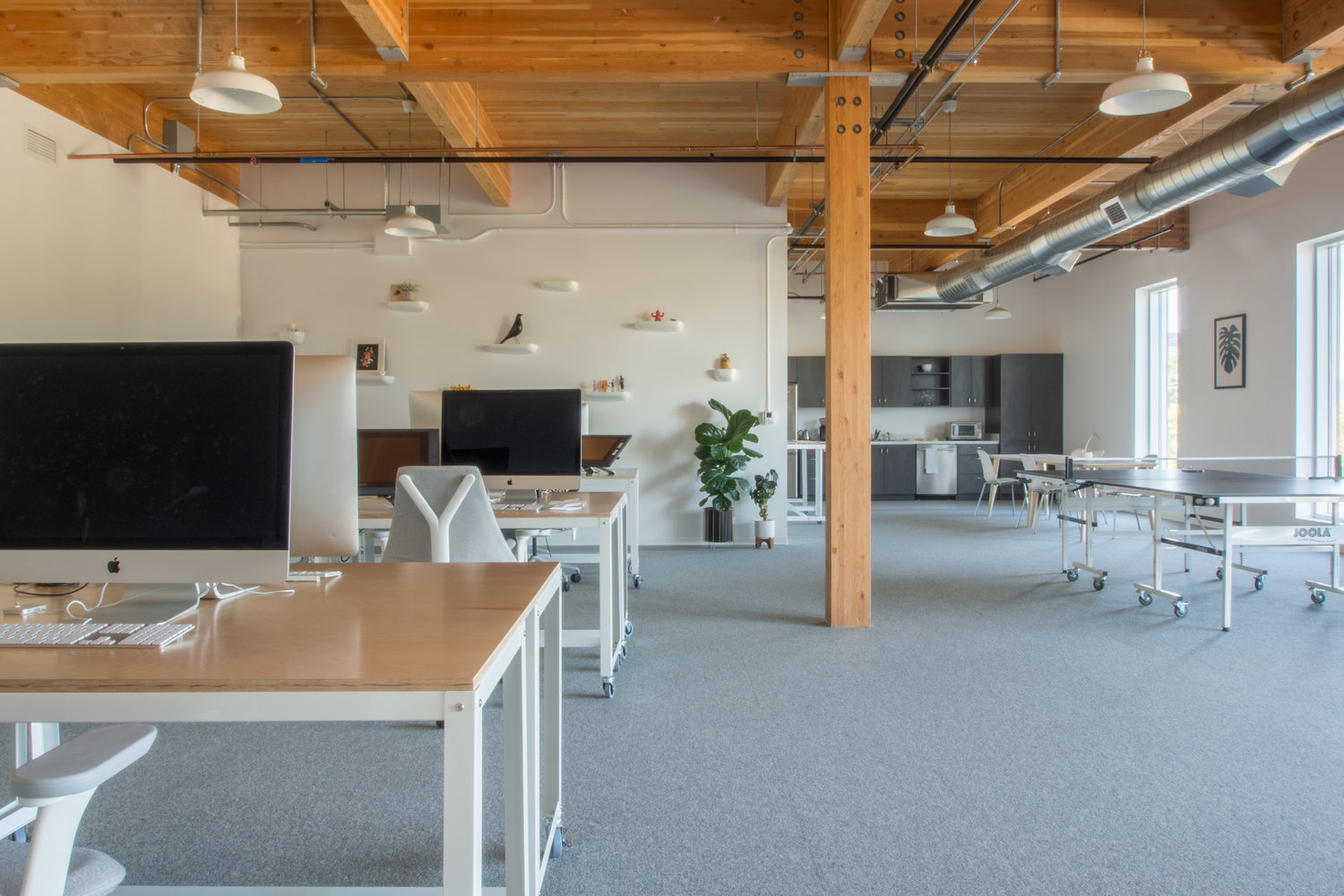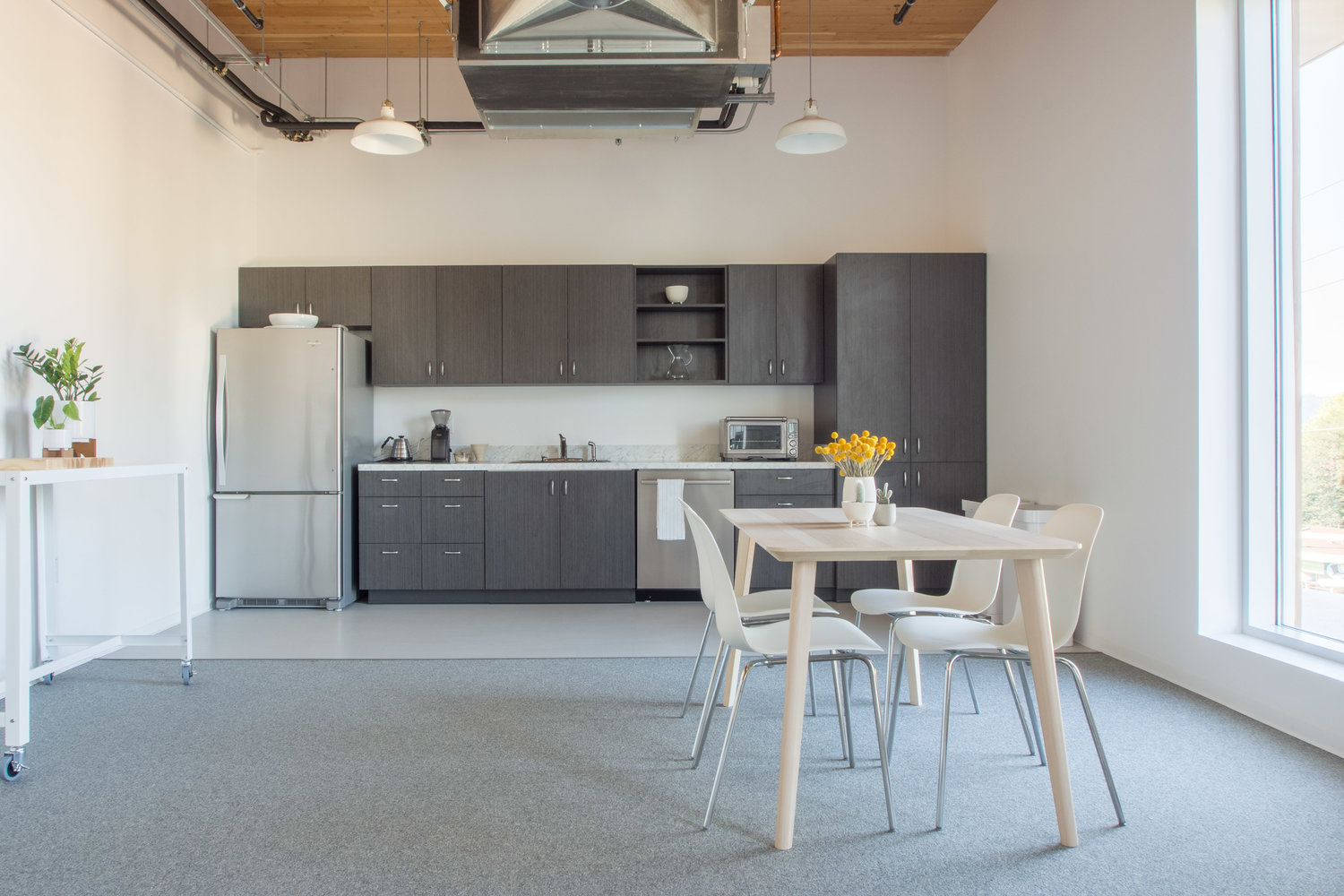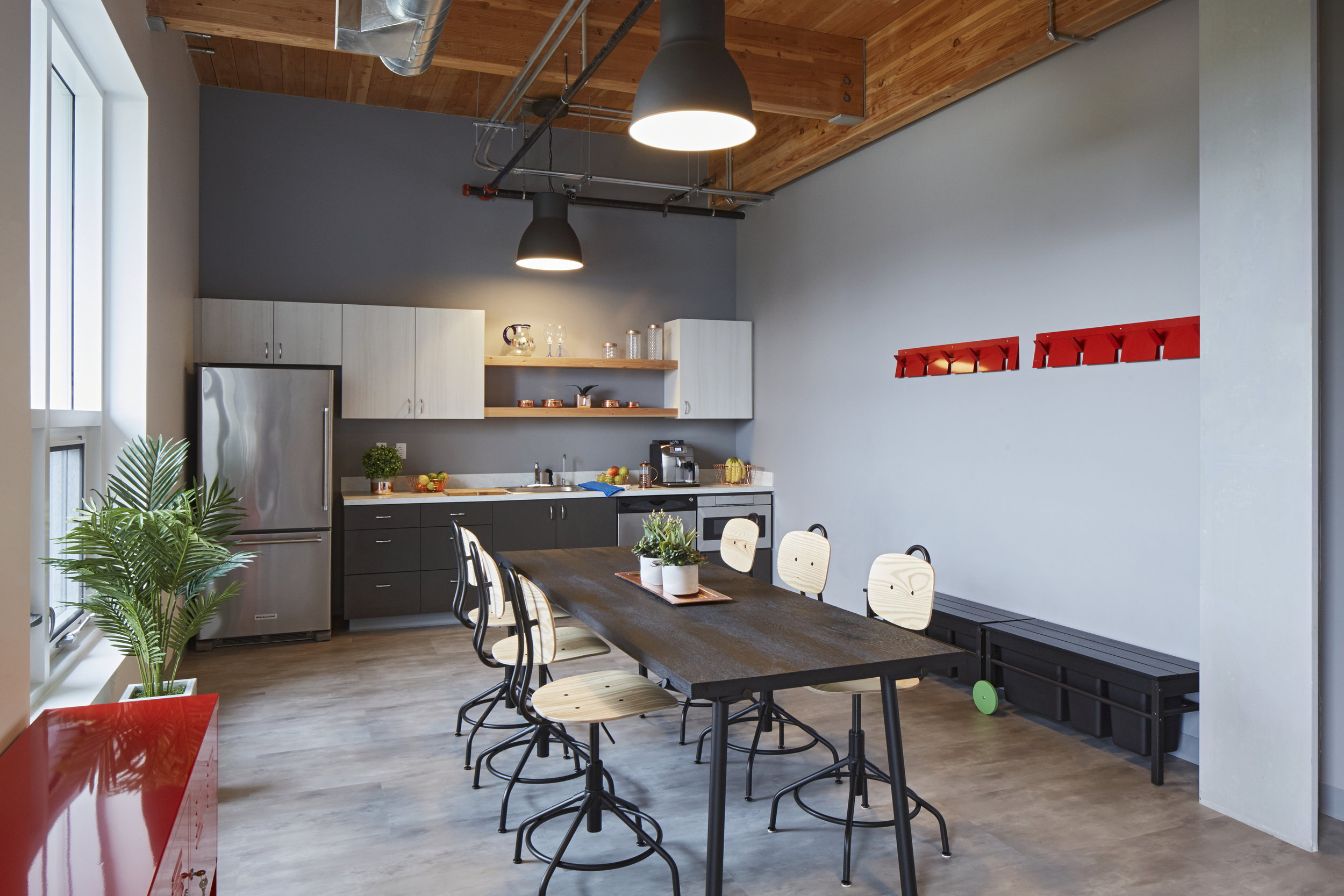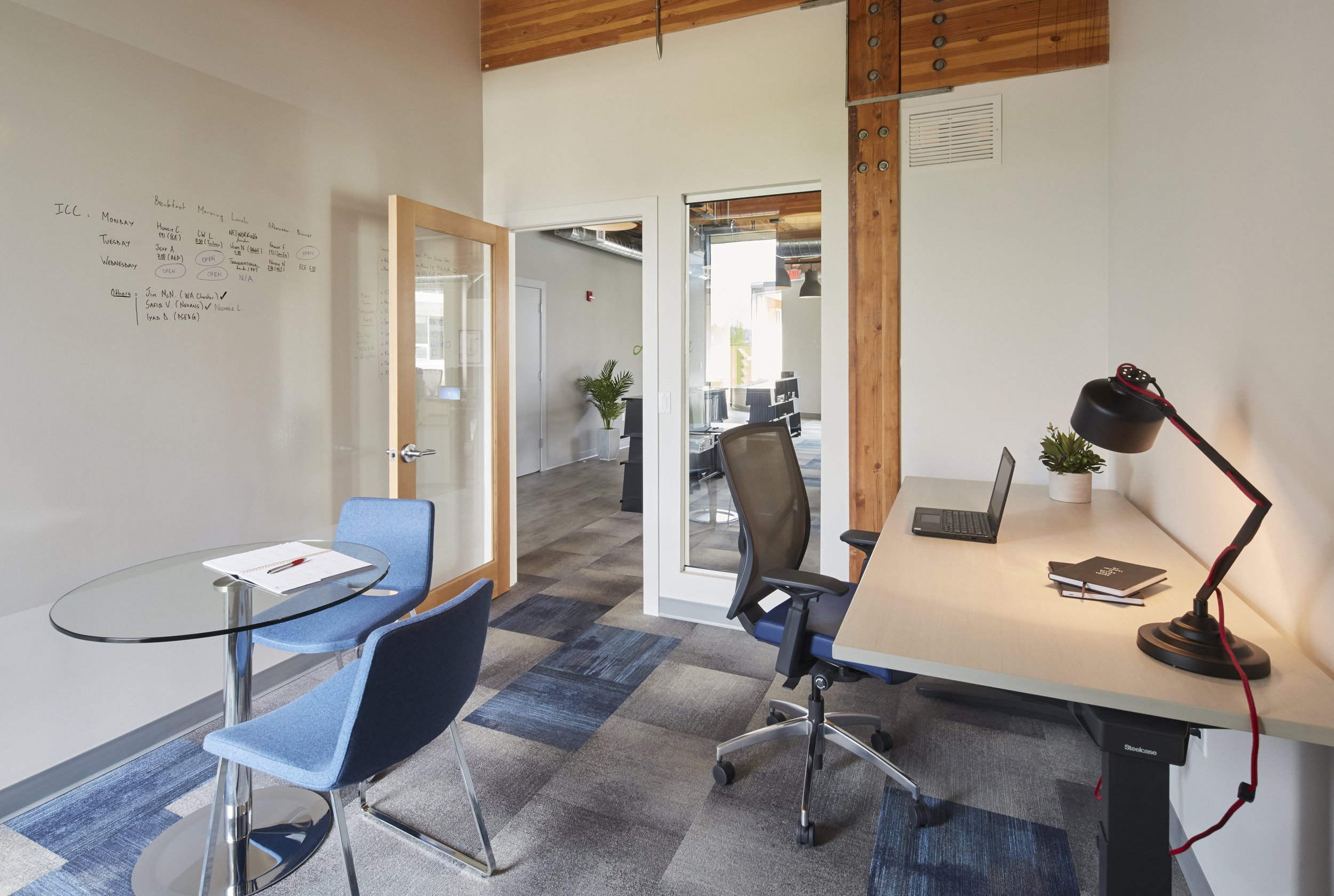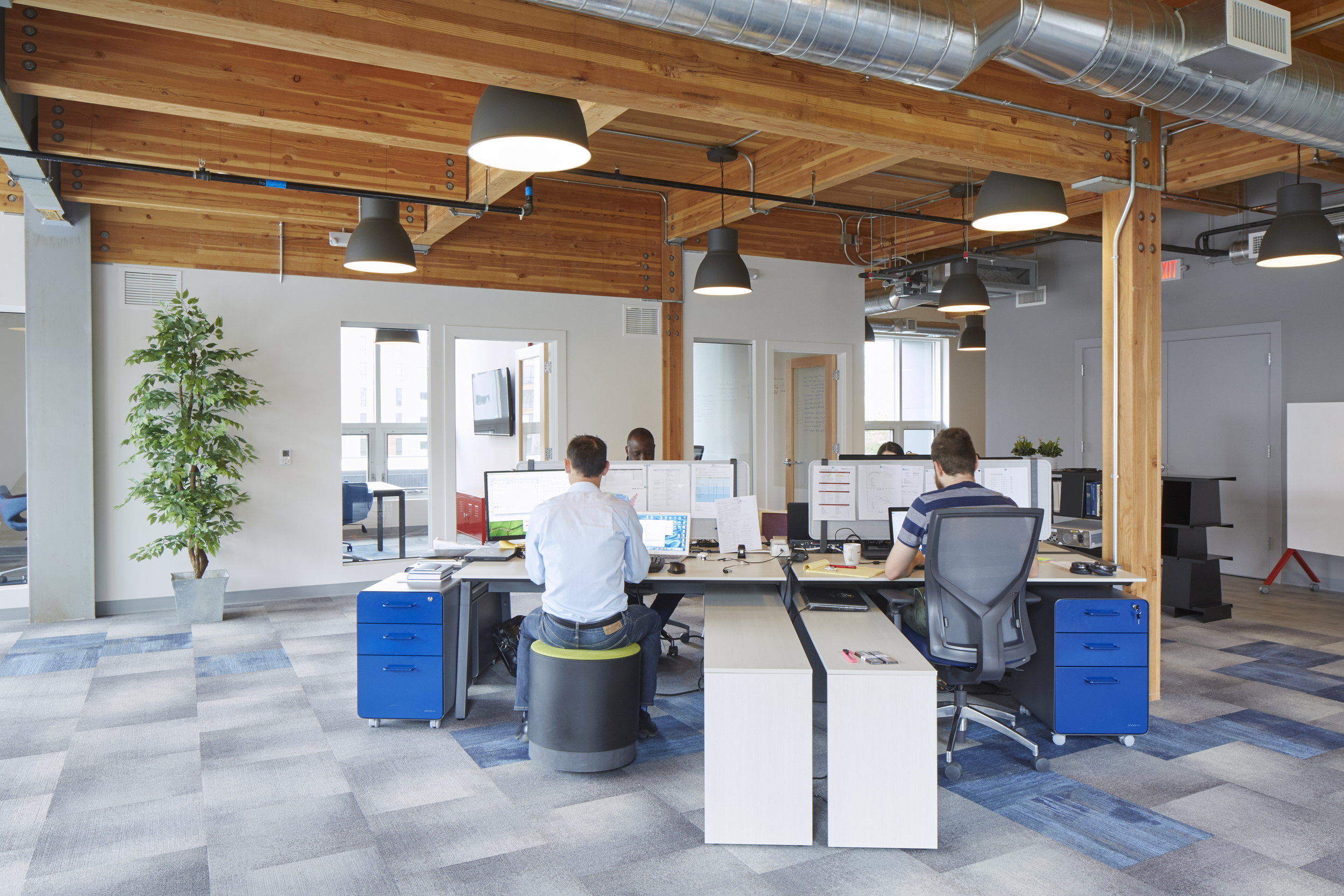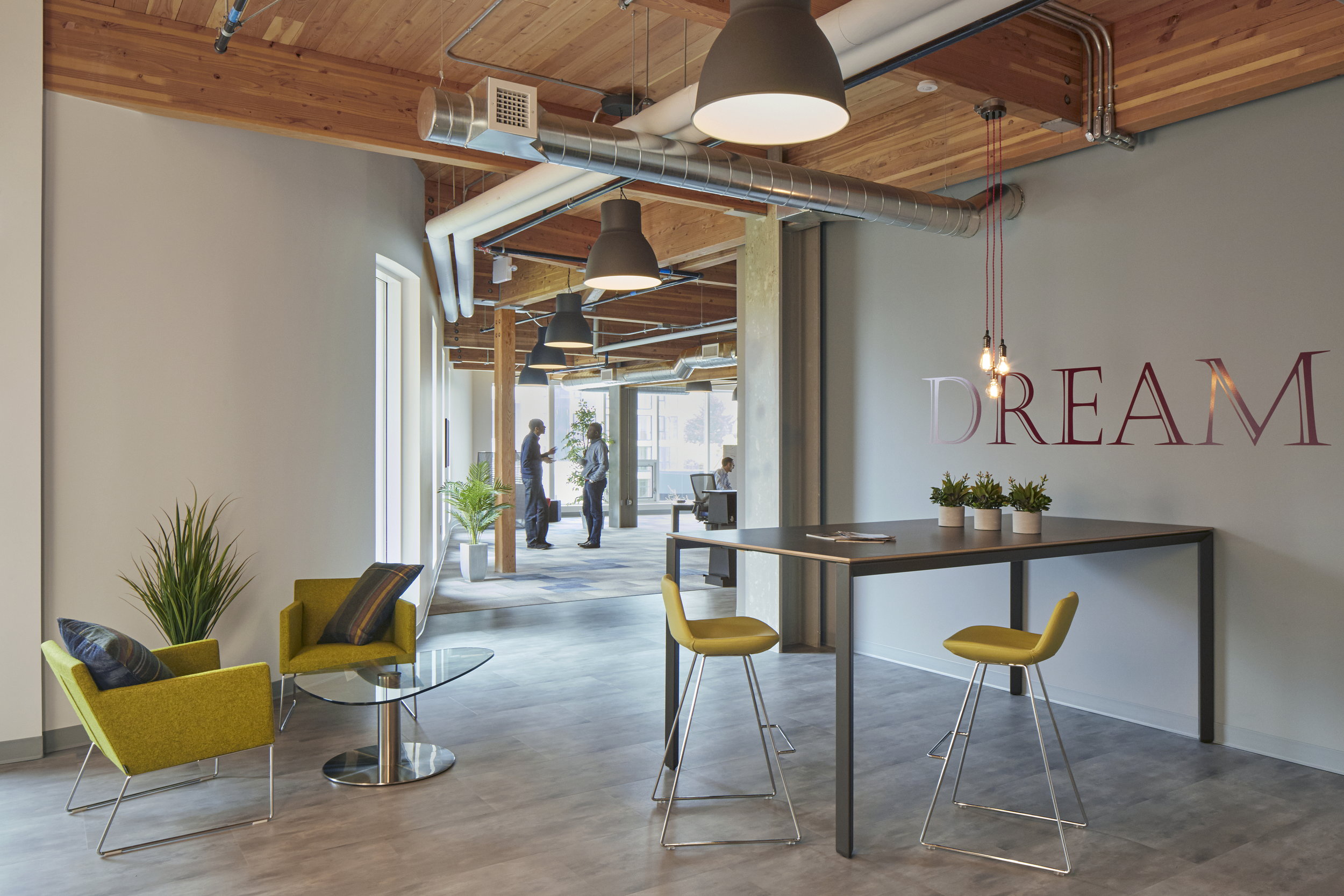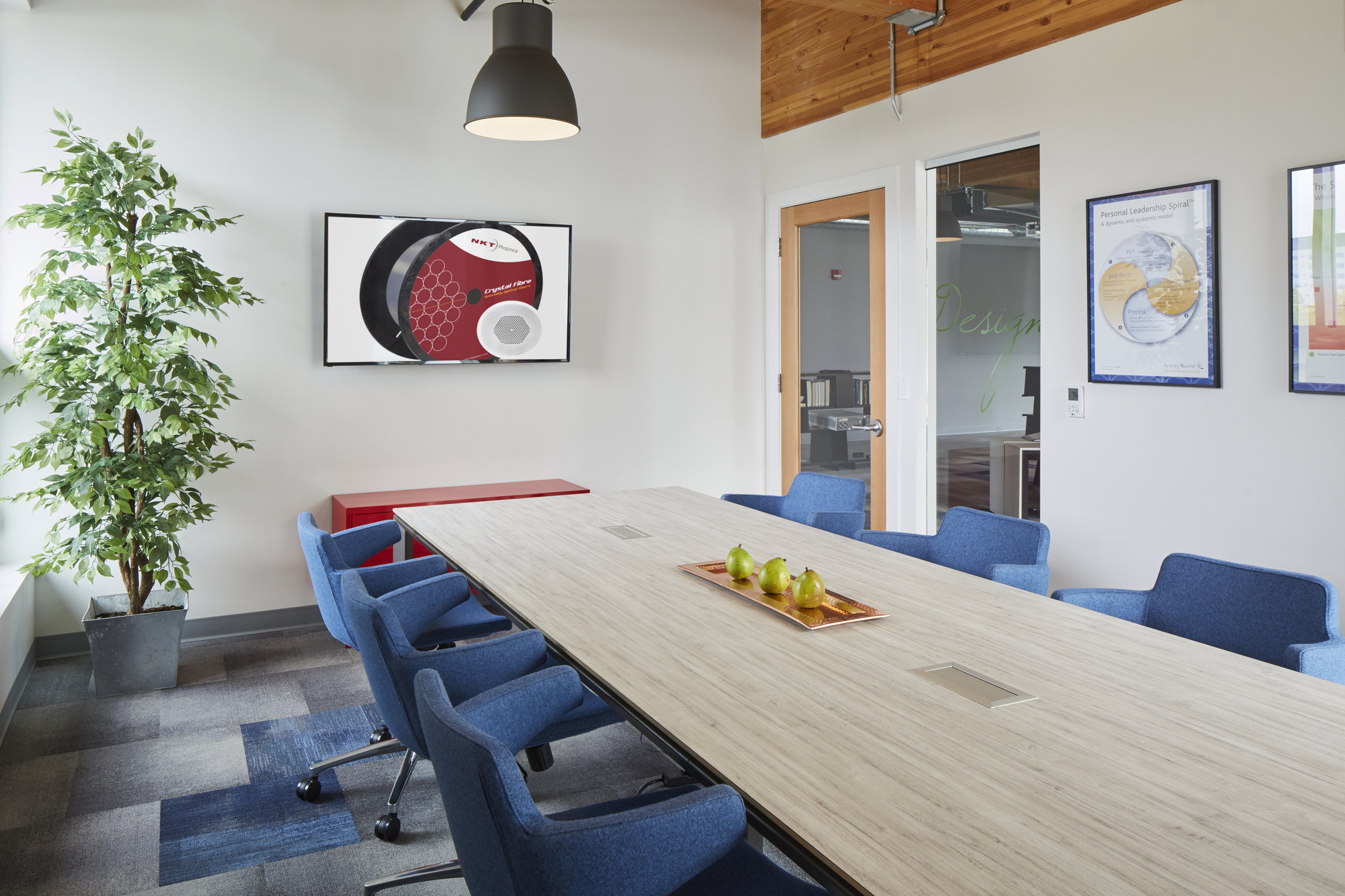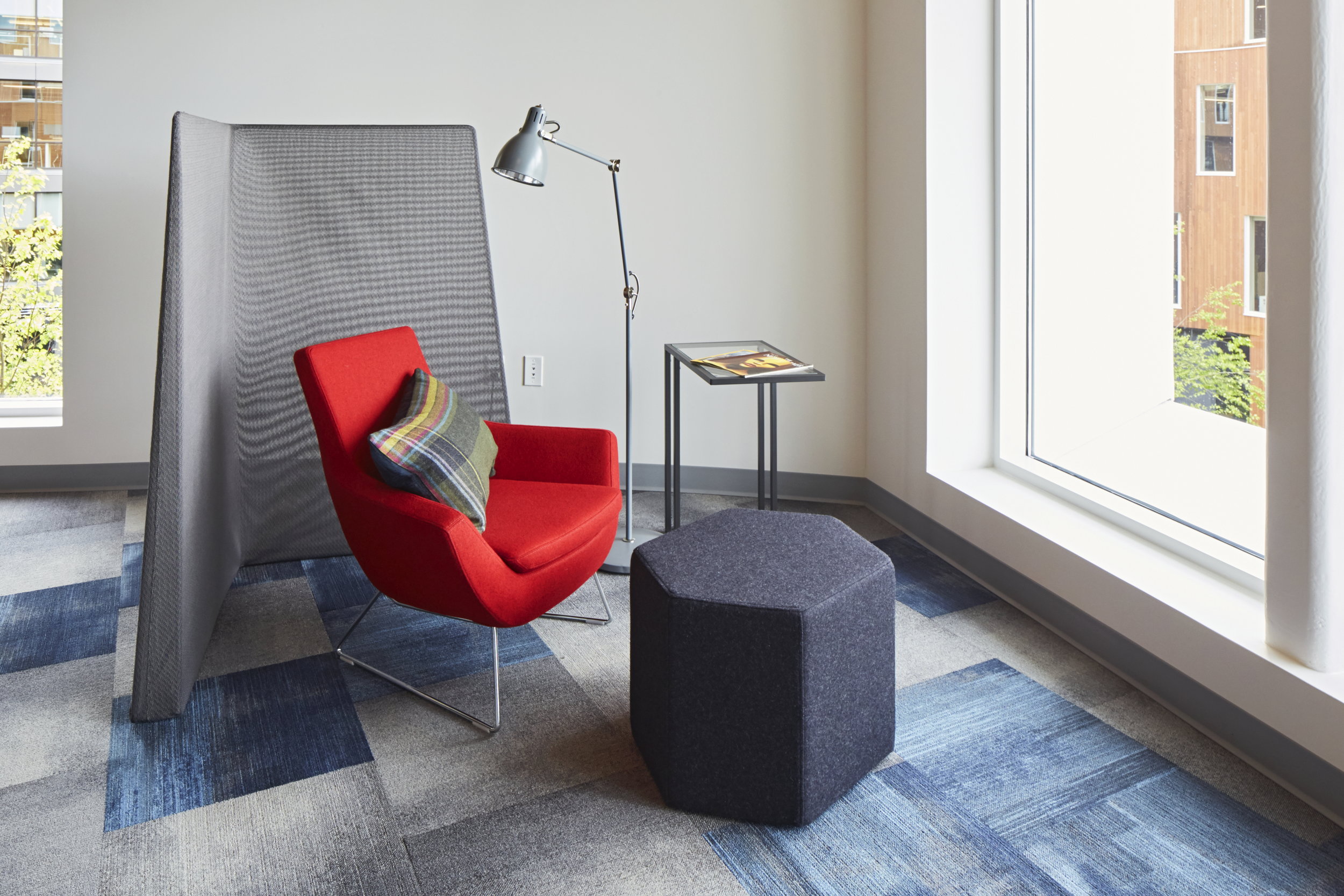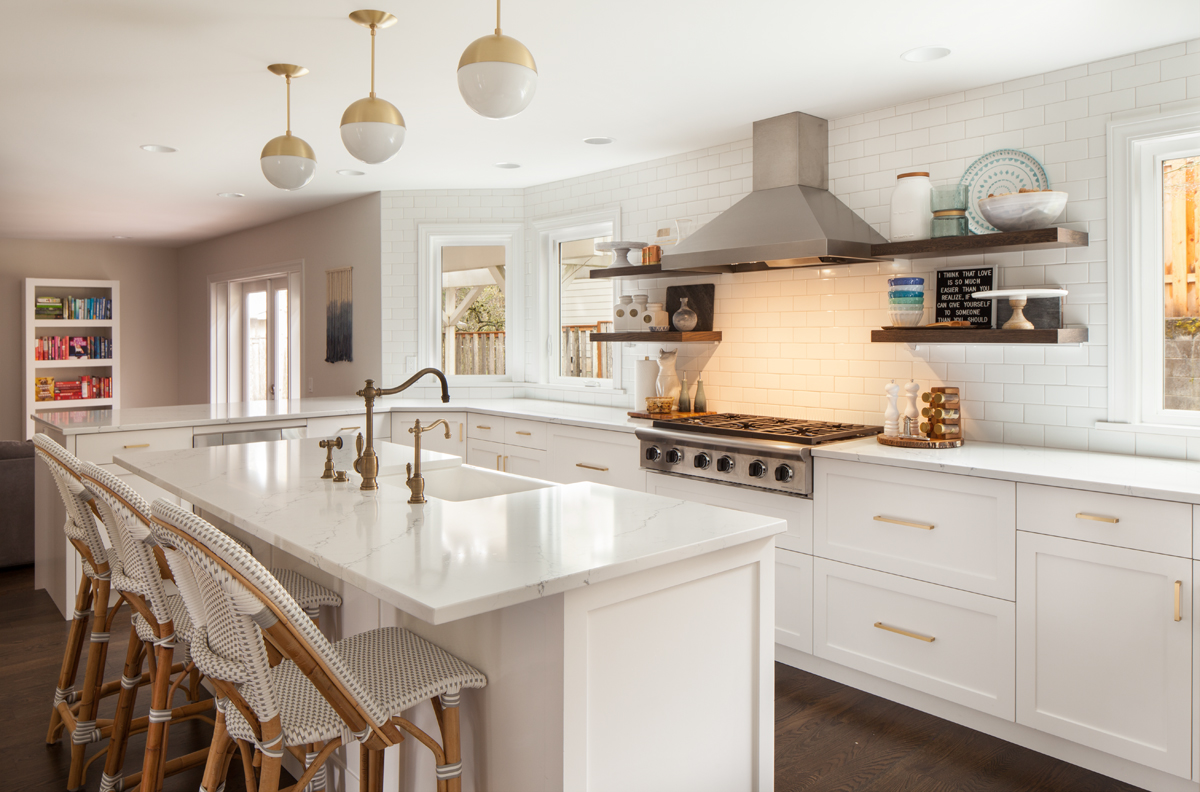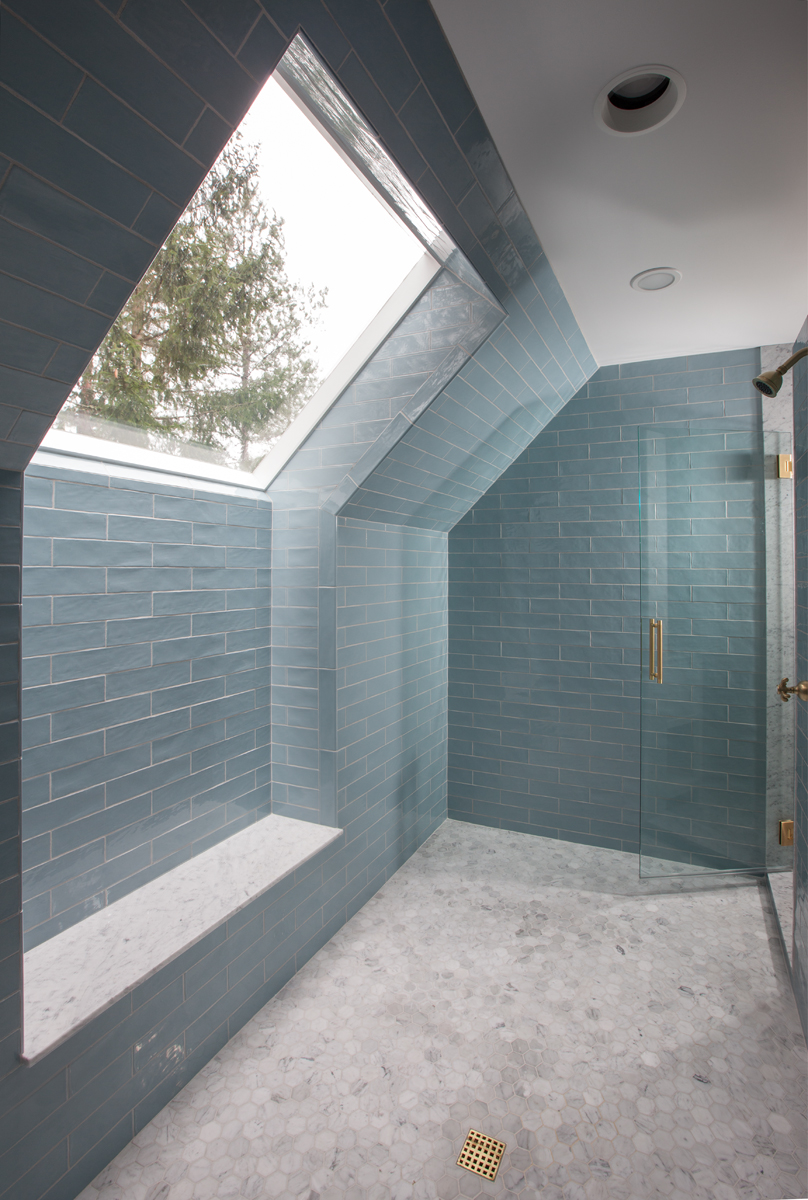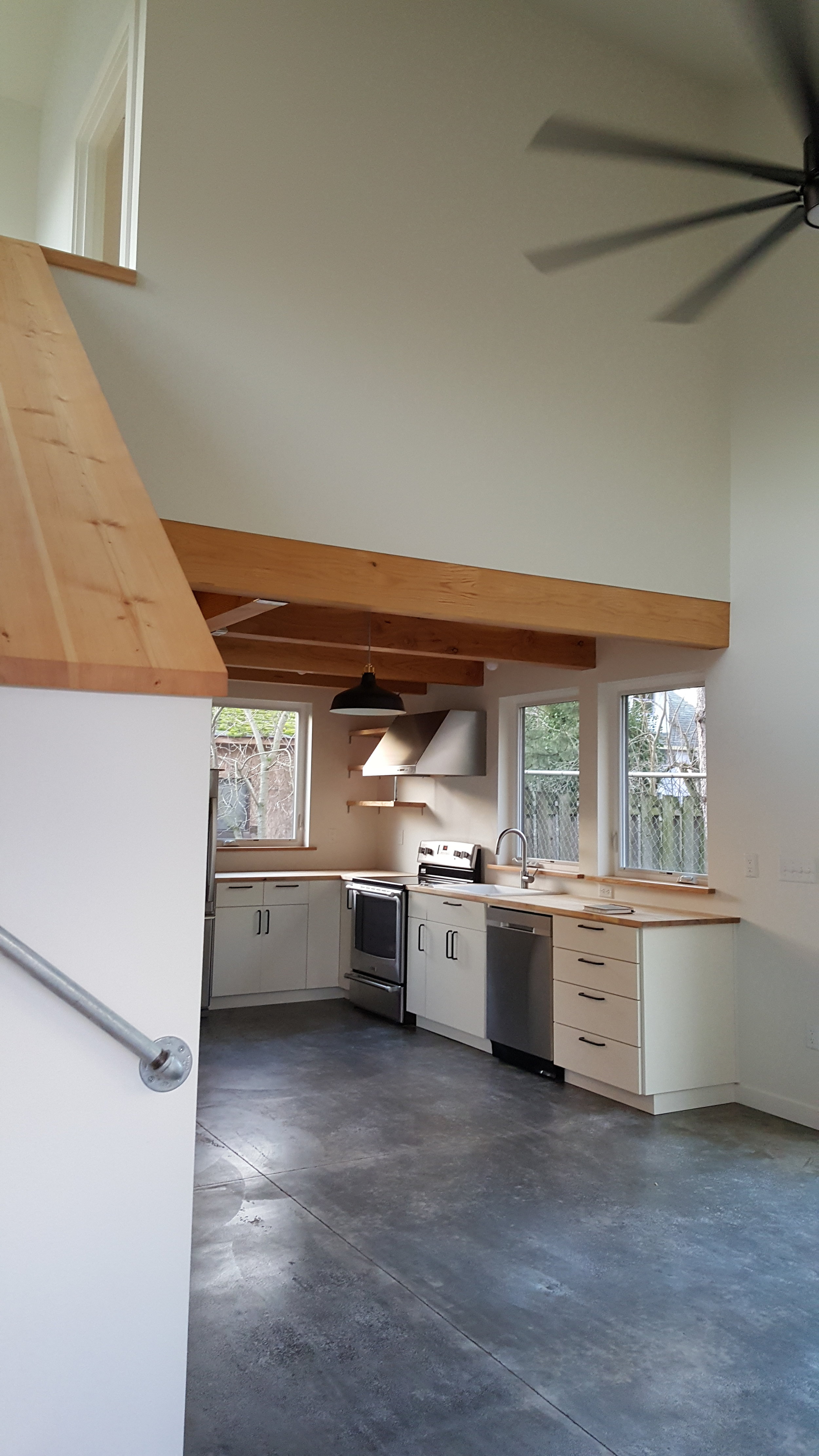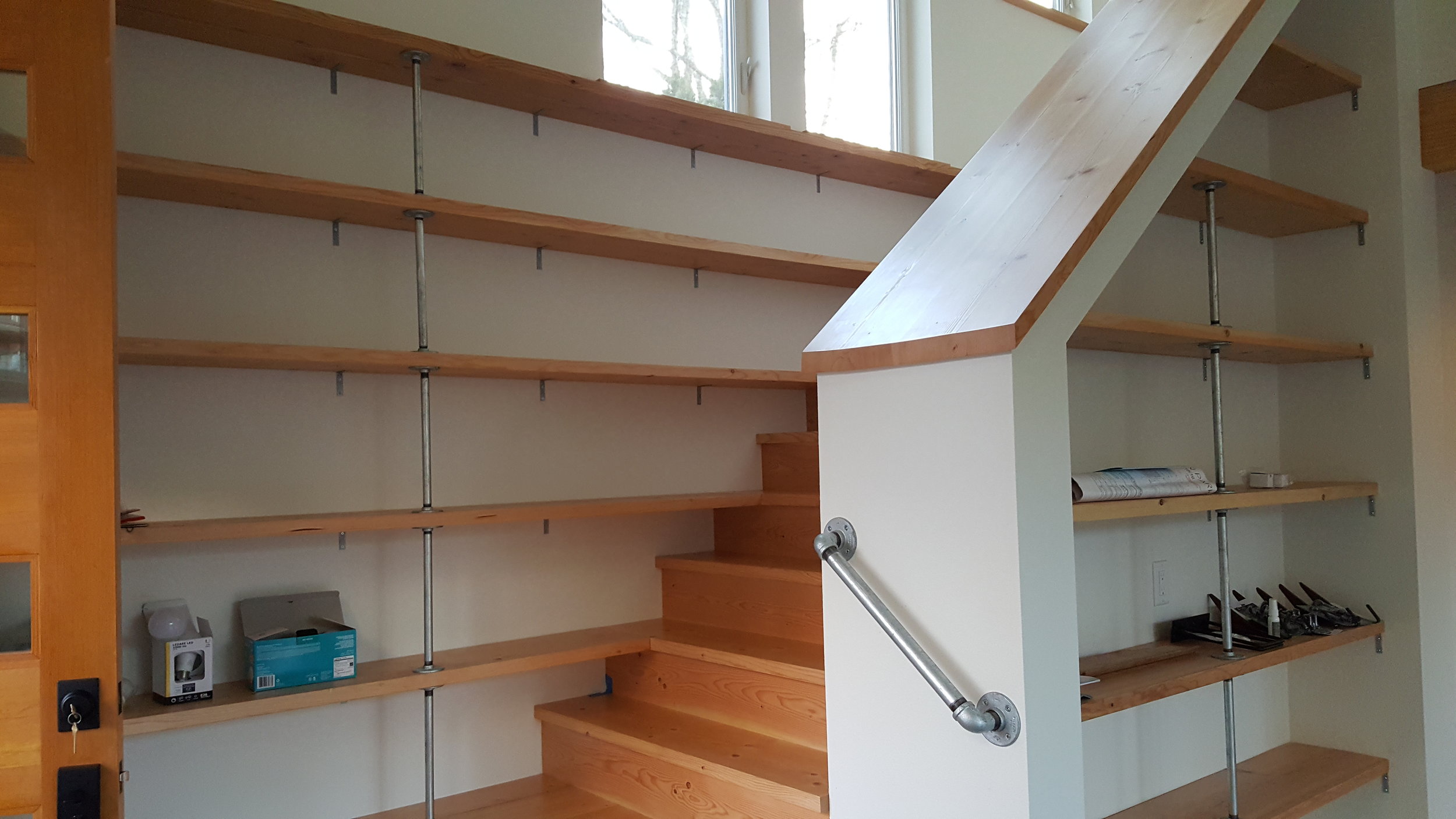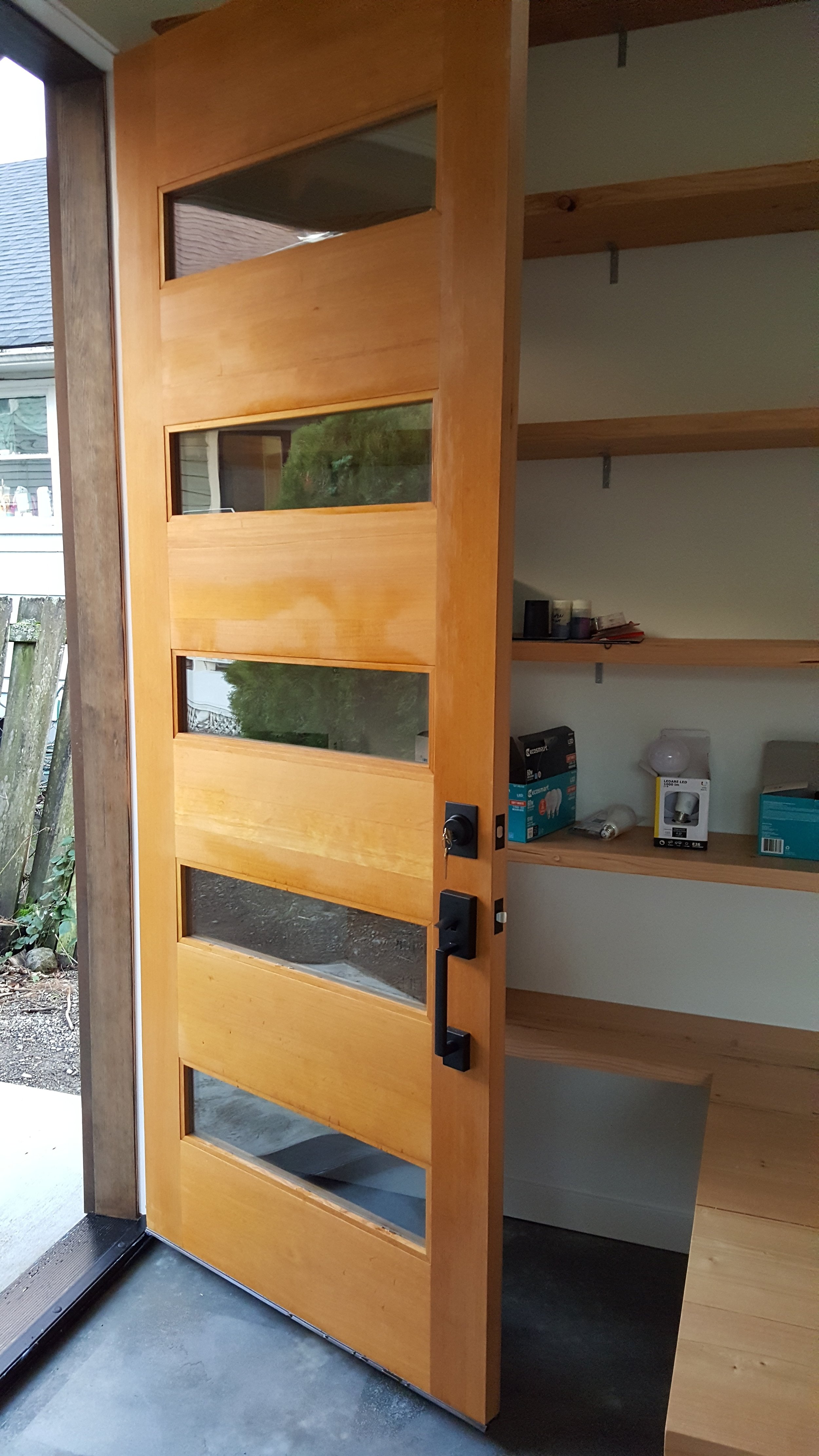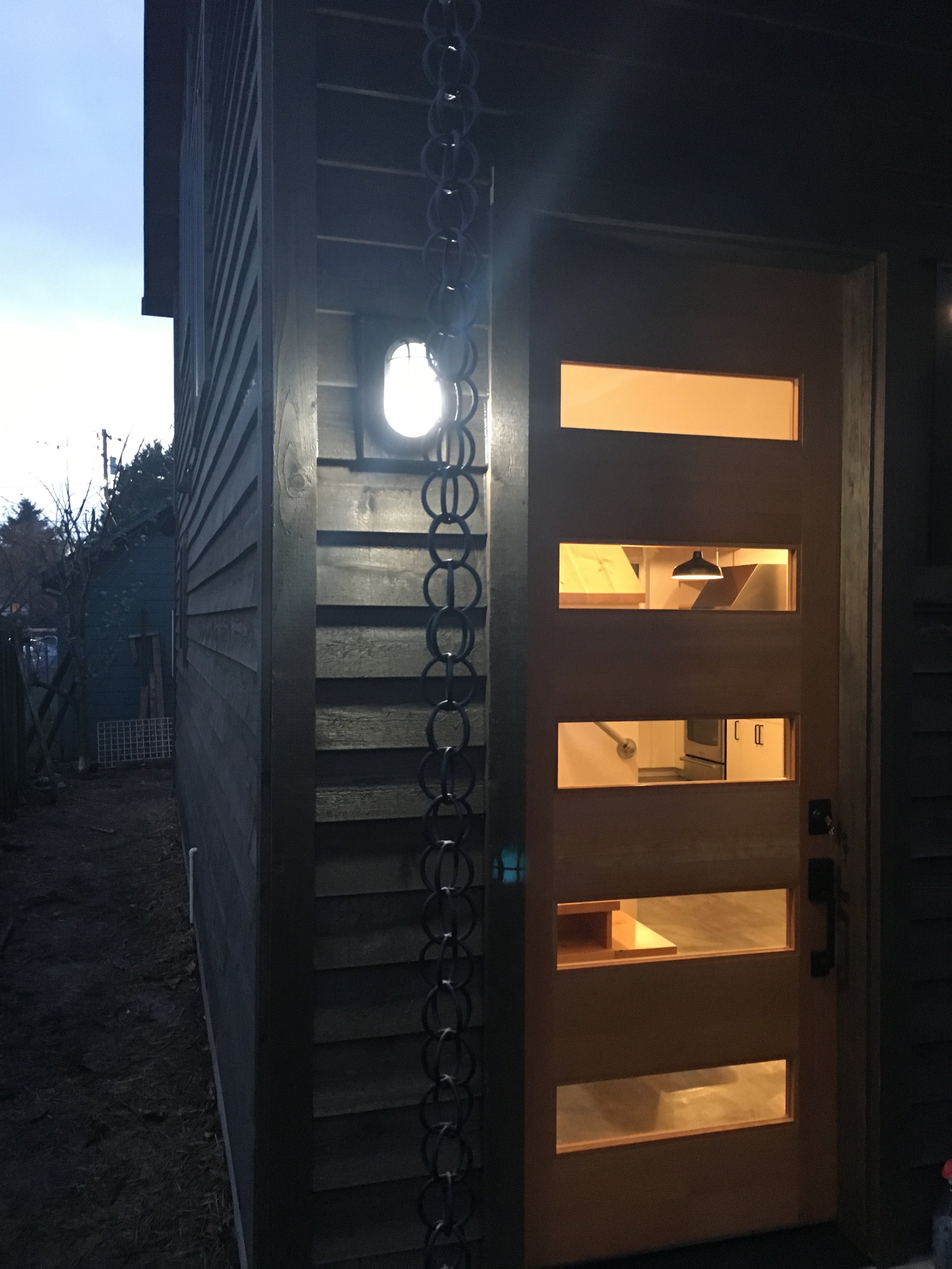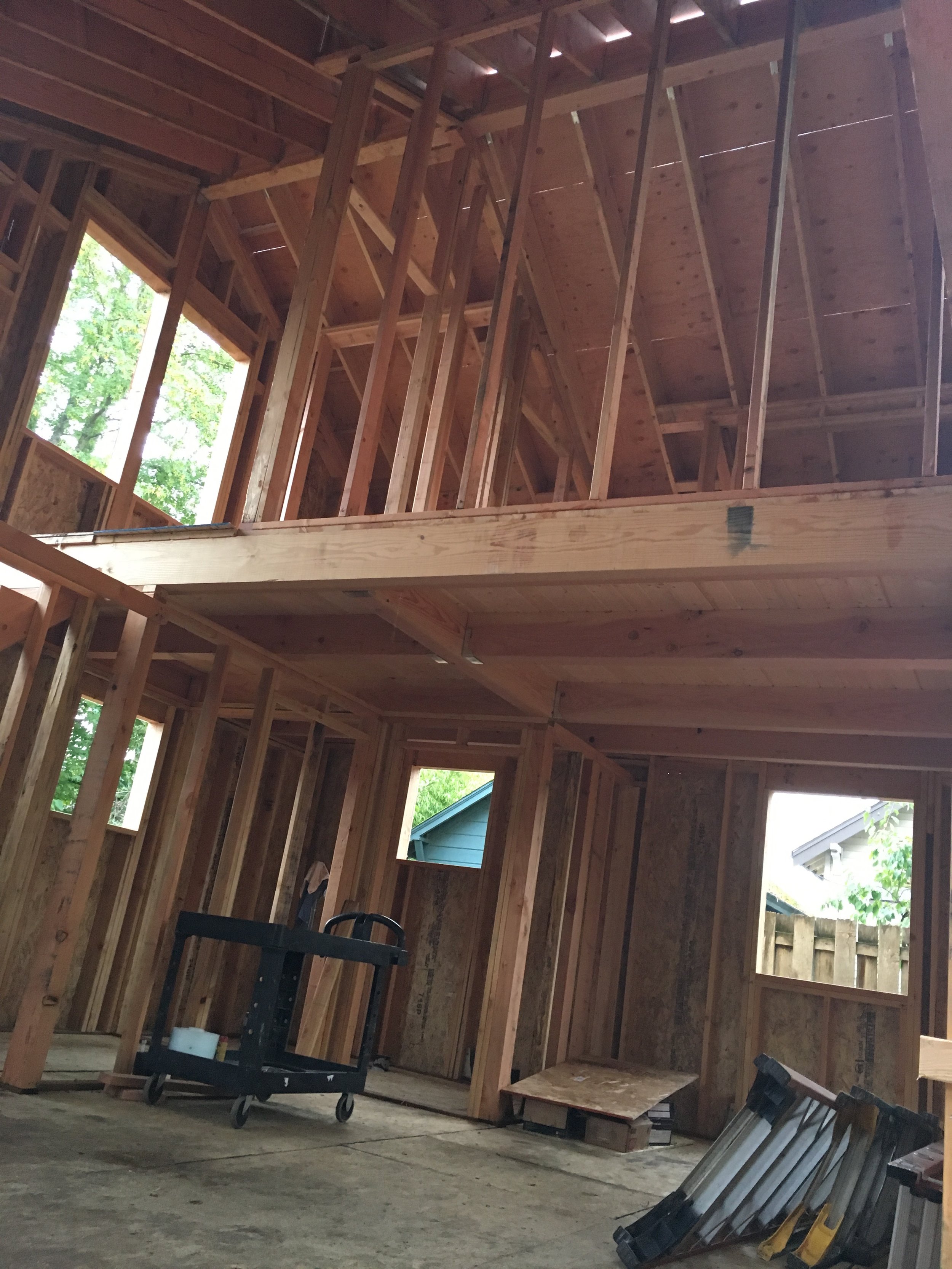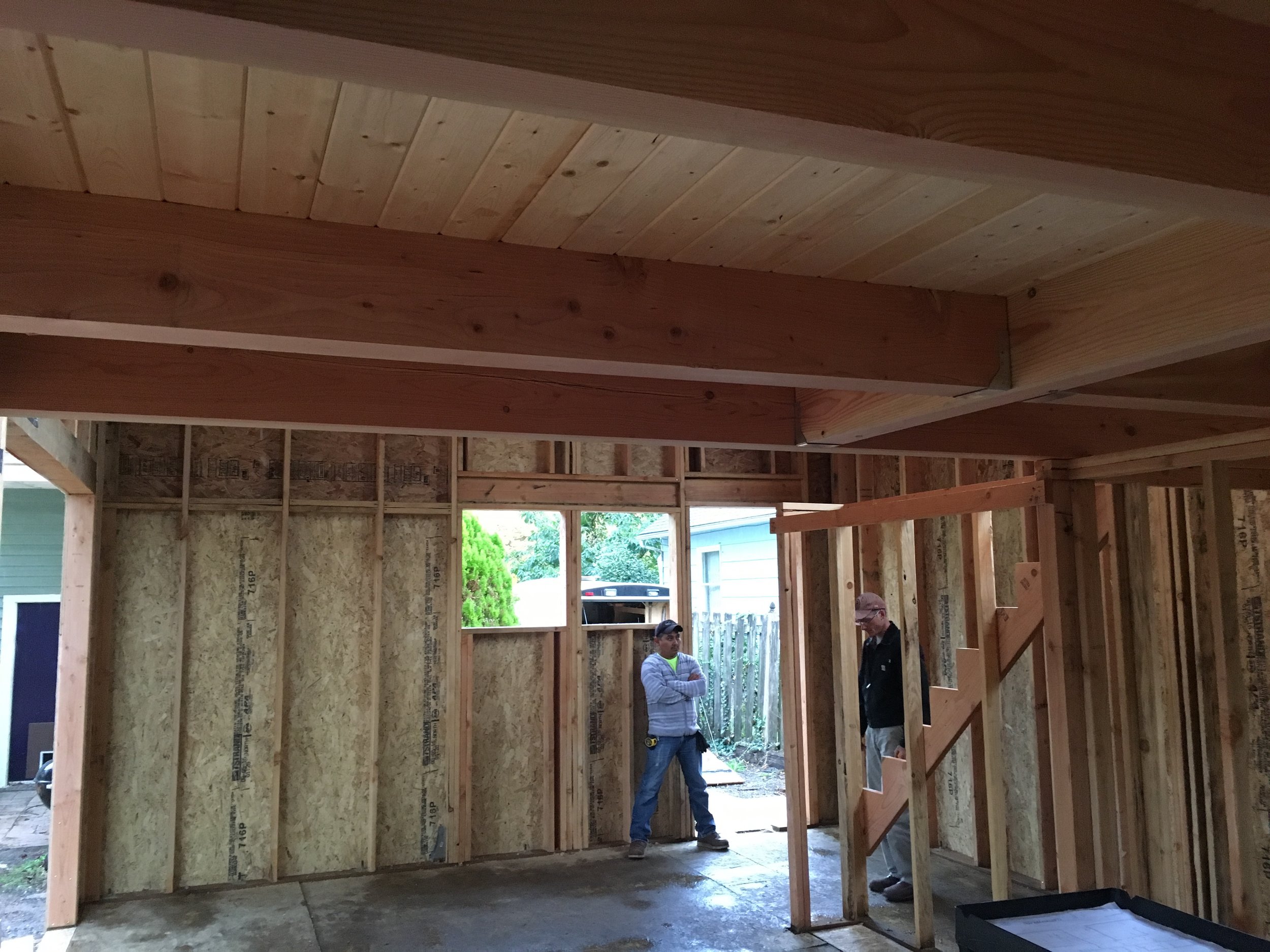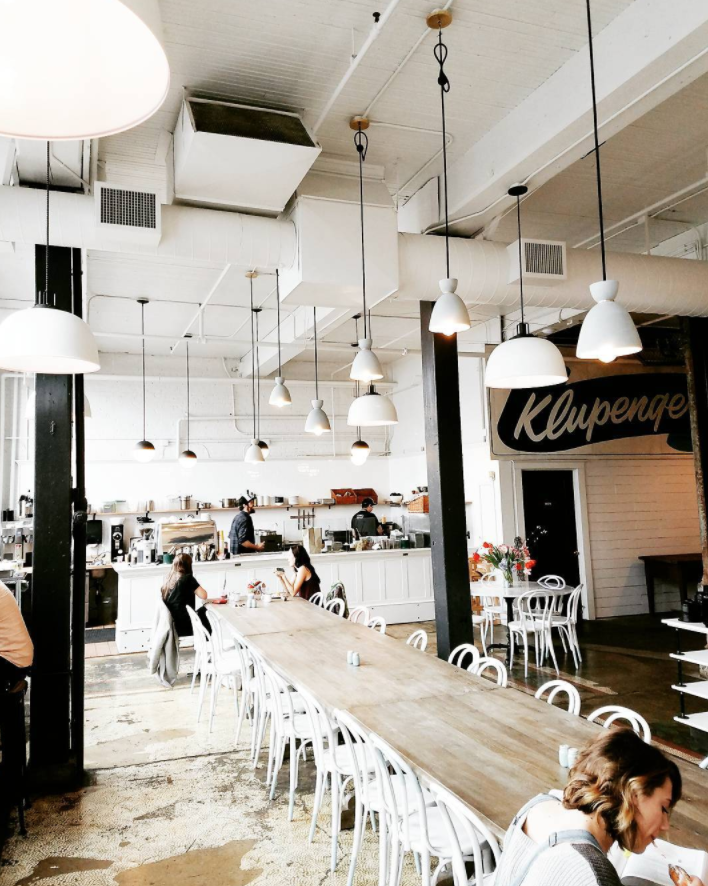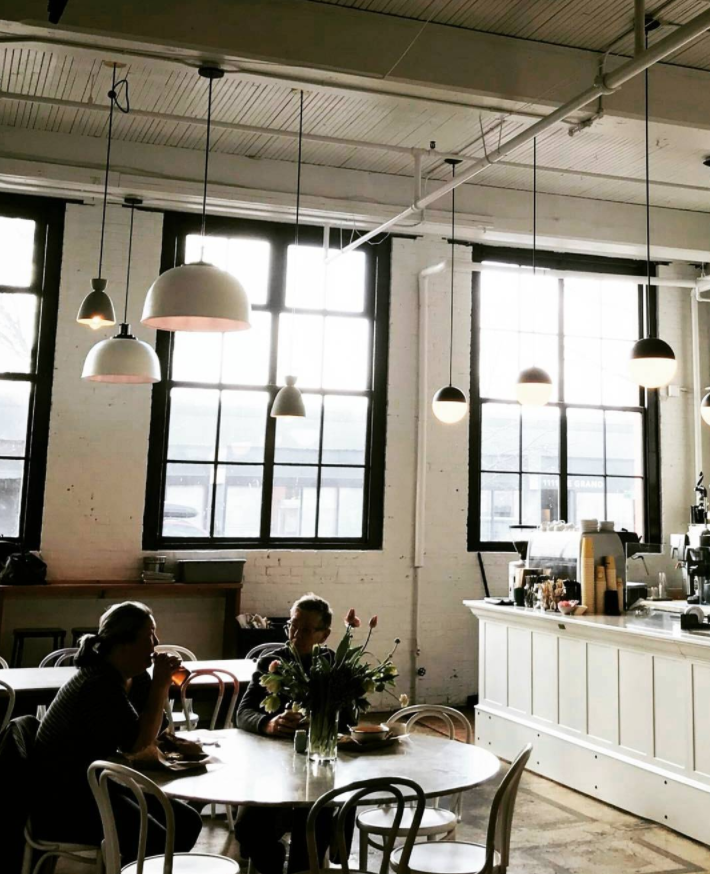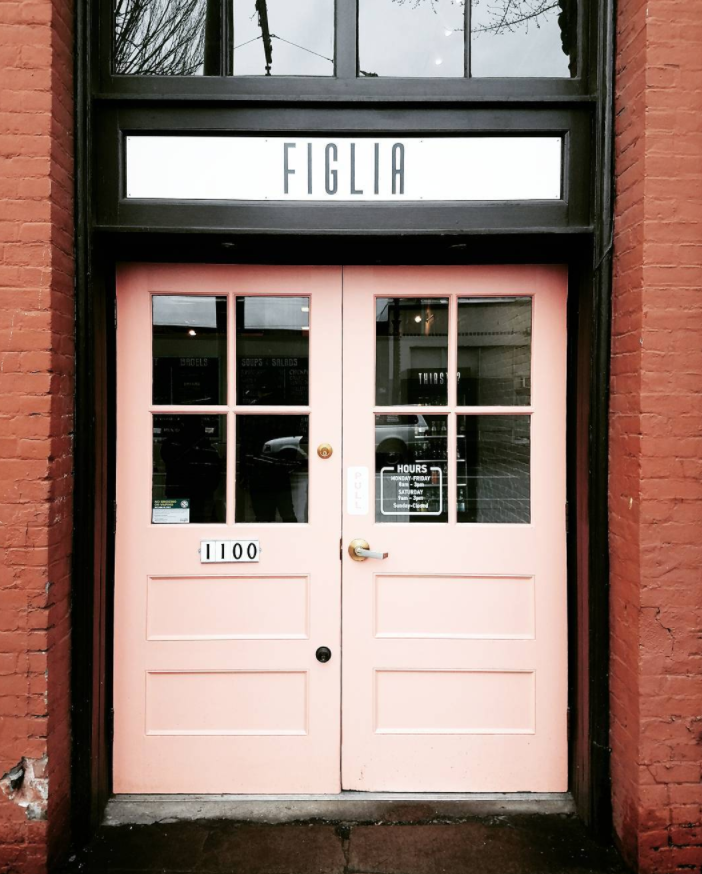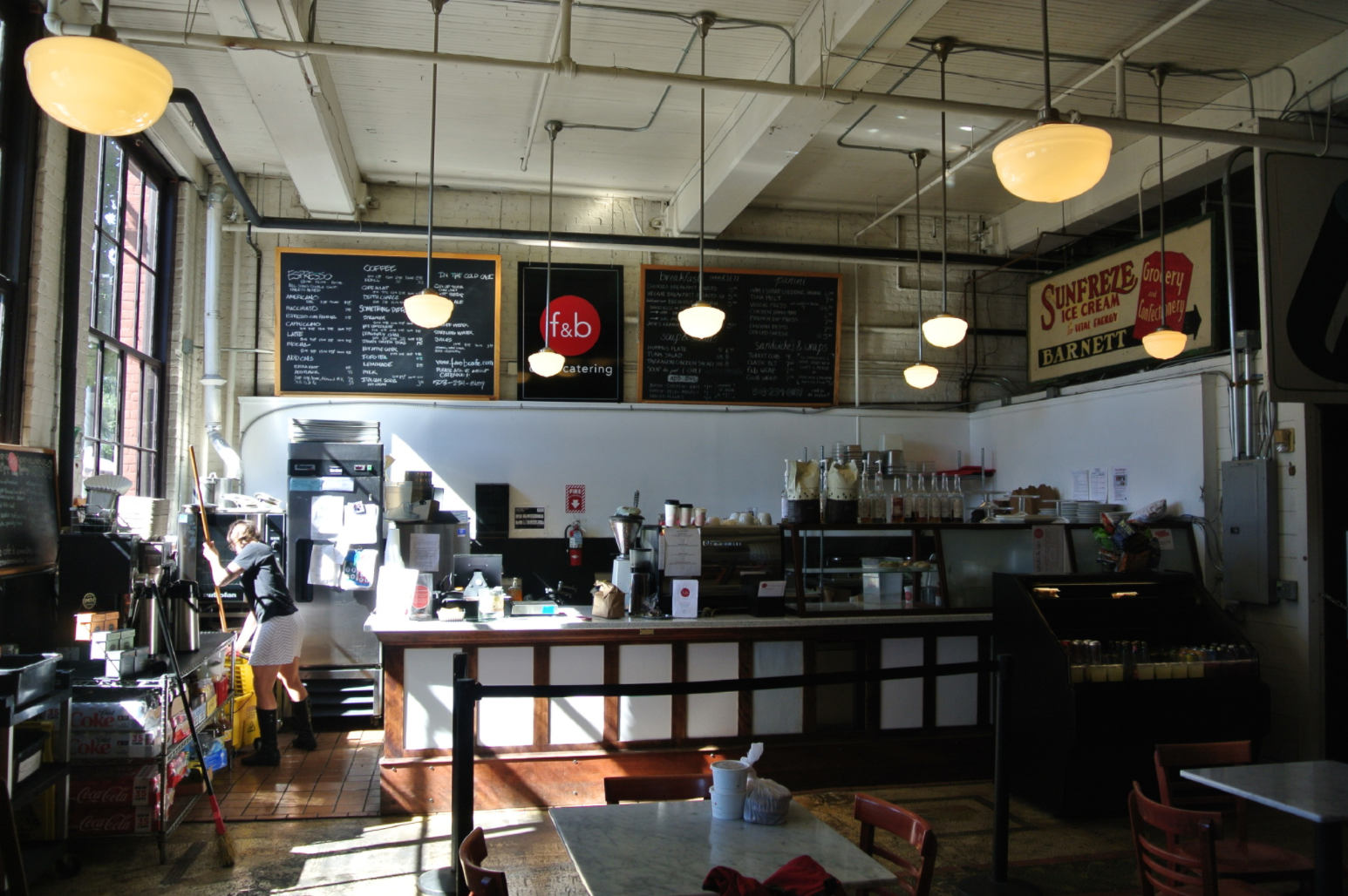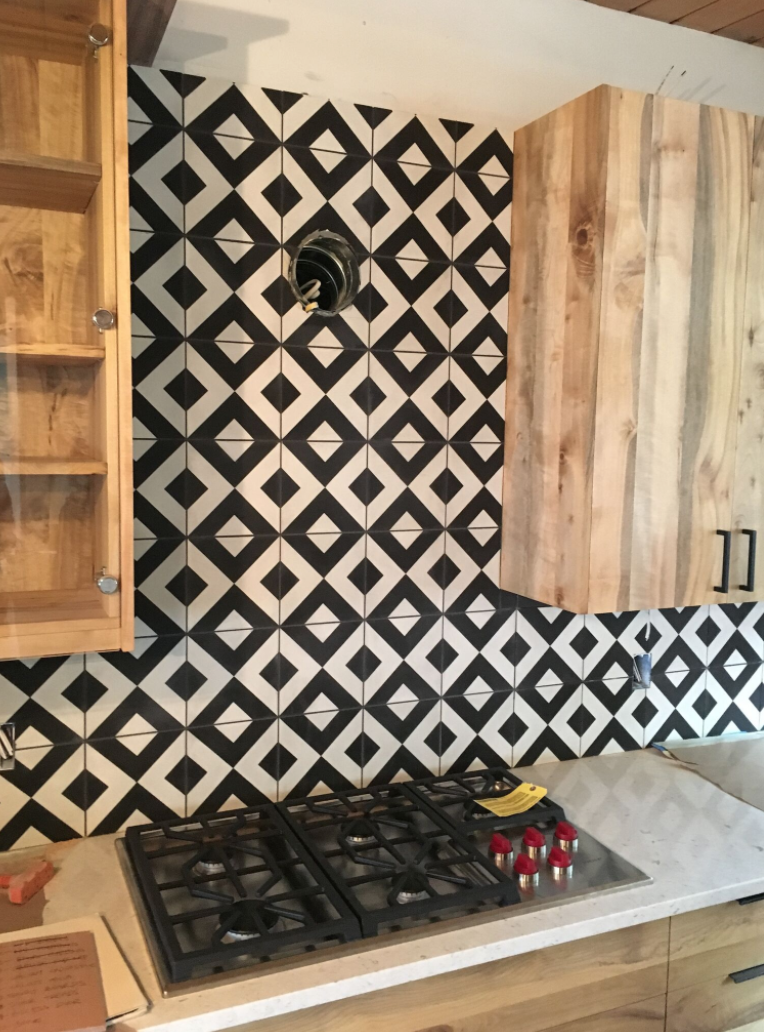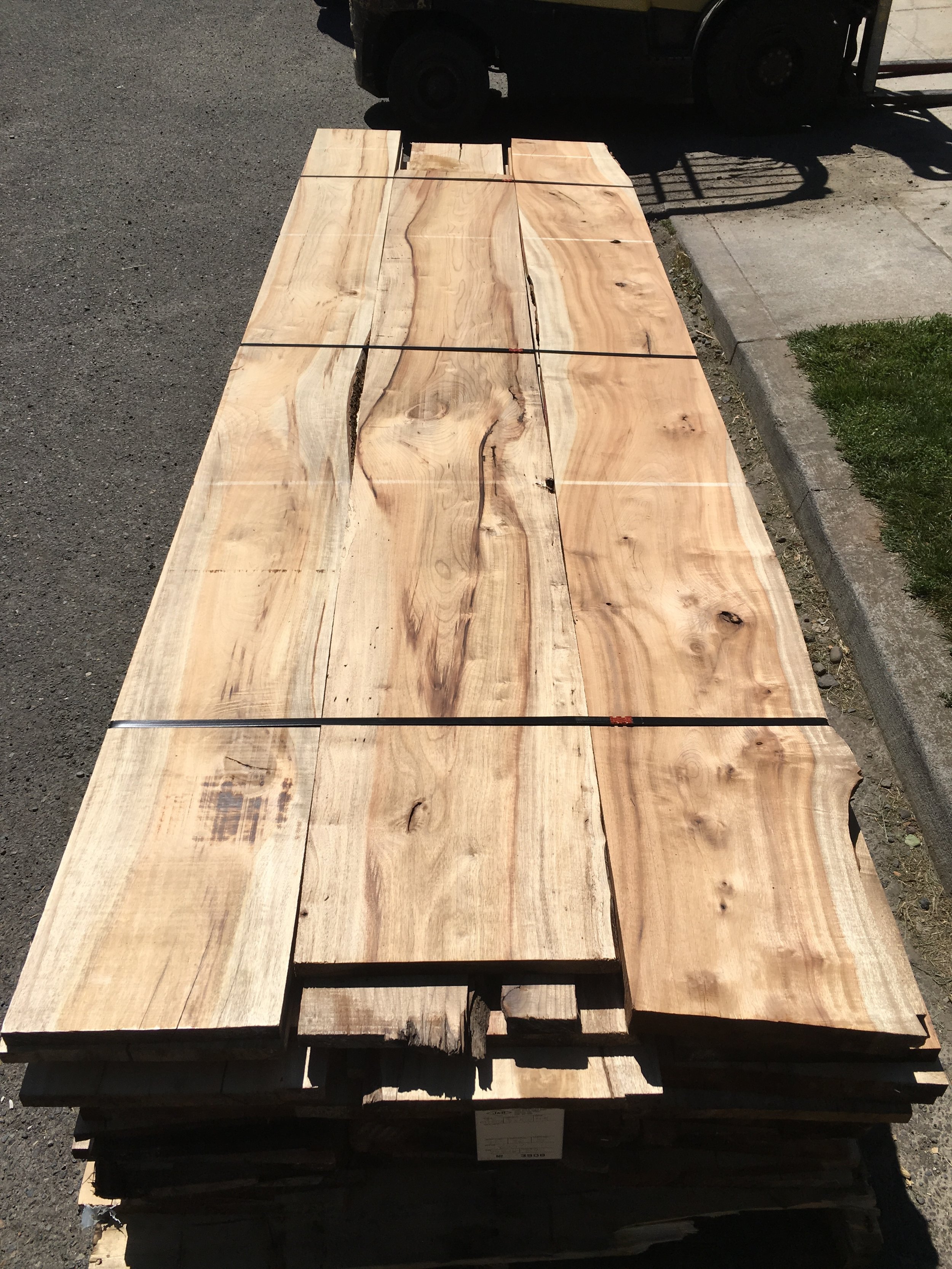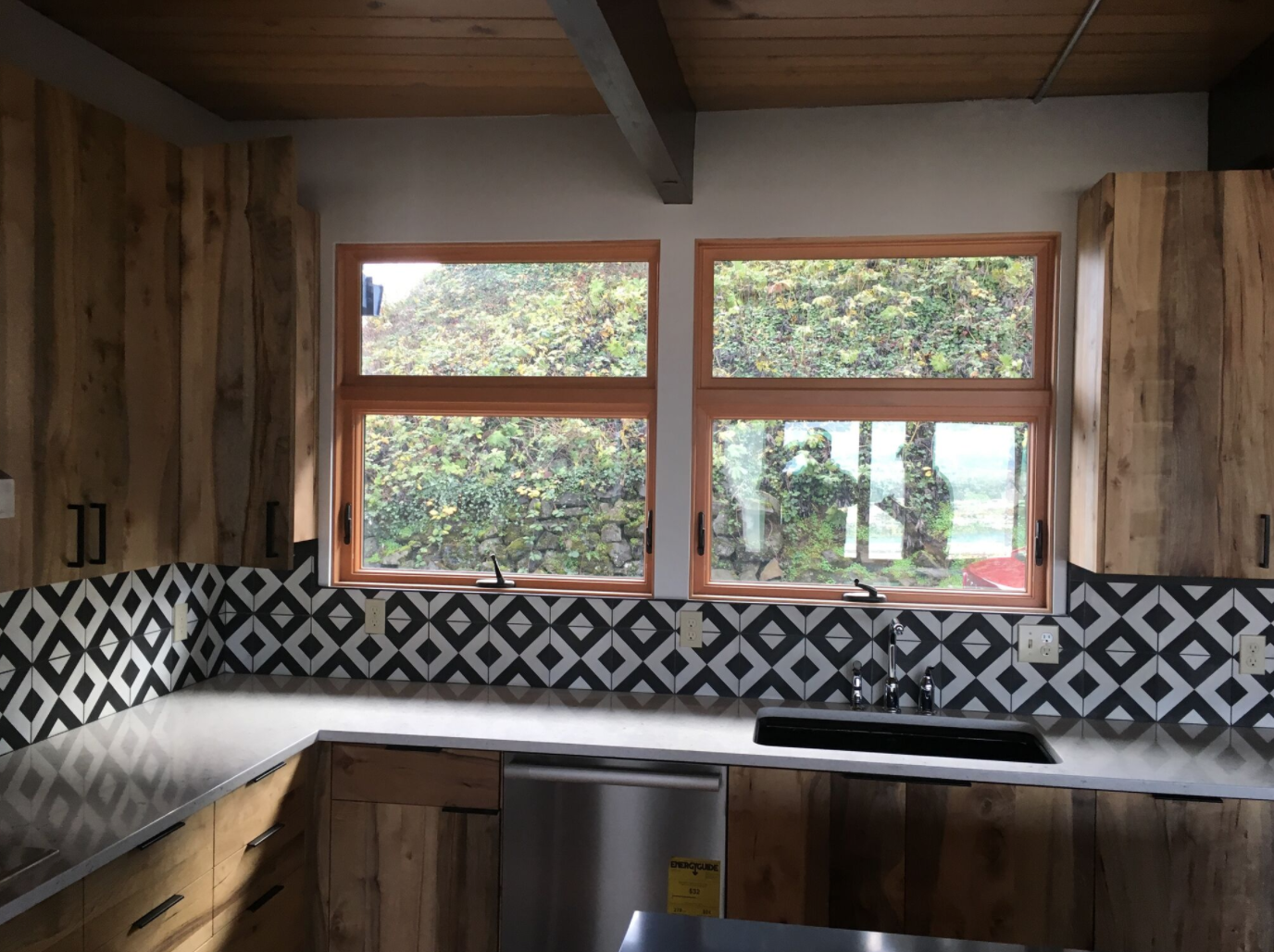Build LLC, the Seattle based design build firm, populates their blog with many thoughtful and informational posts. One of the posts that we reference and refer to regularly, dates all the way back to January of 2012 - “10 Reasons to Reuse an Existing Foundation”. The wisdom imparted in that article was in our minds as we engaged in the preconstruction process on the SE 36th house. Here is a point by point summary, aligned with their list, of the application of those reasons, for this project:
1. There are fewer blank lots available. These homeowners always planned to build their dream home, but they also had certain aspirations about location and lot type that meant locating an empty lot would be nearly impossible. In fact, finding any type of empty lot in Portland that is not on a steep hillside or narrow is very difficult. A willingness to see an existing house as an asset and not an impediment opened up many more possibilities.
2. Professionals have strategies. Before we were engaged, the architecture team, Beebe Skidmore, had already been applying thoughtful strategies to maintain the building components where possible and reviewed the existing structure to understand what and how it could be salvaged. Working collaboratively with the design team and engineer, Structural Edge, we interfaced to add a layer of constructability evaluation, but the project team was already heading the right direction through a strategy of creative intervention, rather than reset.
3. It’s cost effective. If the existing home had been demolished in total, additional costs for foundation removal, excavation, and rebuild would have been incurred. A tactical, thoughtful approach is required to ensure that the reuse of old components actually saves money, but it was applied effectively on this project.
4. It saves time. Perhaps this item is self evident, but skipping two phases of the project (excavation and foundation) and avoiding a big muddy hole during the winter was not only a time saver, but also kept the site team much happier.
5. It’s more sustainable. Like the item above, this benefit also seems obvious, but in addition to not removing and hauling dirt and old concrete, less new concrete had to go into the site as well.
6. It expedites permit reviews. The reuse of the foundation and some walls allows us to utilize the Field Issuance Remodel (FIR) Program, a Portland permitting and inspection program, which we are proud and grateful to be involved in. While the program does not diminish the permitting requirements (the city is careful to note that in all the literature), it does create a streamlined process with a single point of contact who will meet us at the project site and advise us on the implications of certain design or code choices.
7. There’s less bureaucracy. Build seemed to be referencing some site restrictions that are more challenging when building new, but in our case this benefit manifests itself through the FIR program. Utilizing a single inspector for all phases of work – someone who we are familiar and comfortable with (and vice versa) – really streamlines the inspection process for our team and city.
8. It treads lightly on the land. While we did build a modest addition onto the rear of the house, generally our site work was limited, and because that section was a slab on grade, there was not a large mud pit in the yard or neighborhood for an extended period of time.
9. It lends discipline to the design. Since we are not the designer of the project, we have to tread lightly on this item, but it seems fair to say that the reuse of the foundation did provide some constraints which were dealt with beautifully by the team at Beebe Skidmore, who problem solved by cantilevering the second floor in multiple directions.
10. Your neighbors will thank you. We’re not sure if anyone actually stopped by to say “thank you”, but we did not hear many complaints and we certainly had a lot of attention from walkers and passersby.
If you’re interested in more of Build’s work or blog, please check out their site – it is a wealth of information. If you want to learn more about this award winning project, you can find the project post here. And lastly, if you want our assistance on a project that reuses a foundation (or not), you can reach us here.
